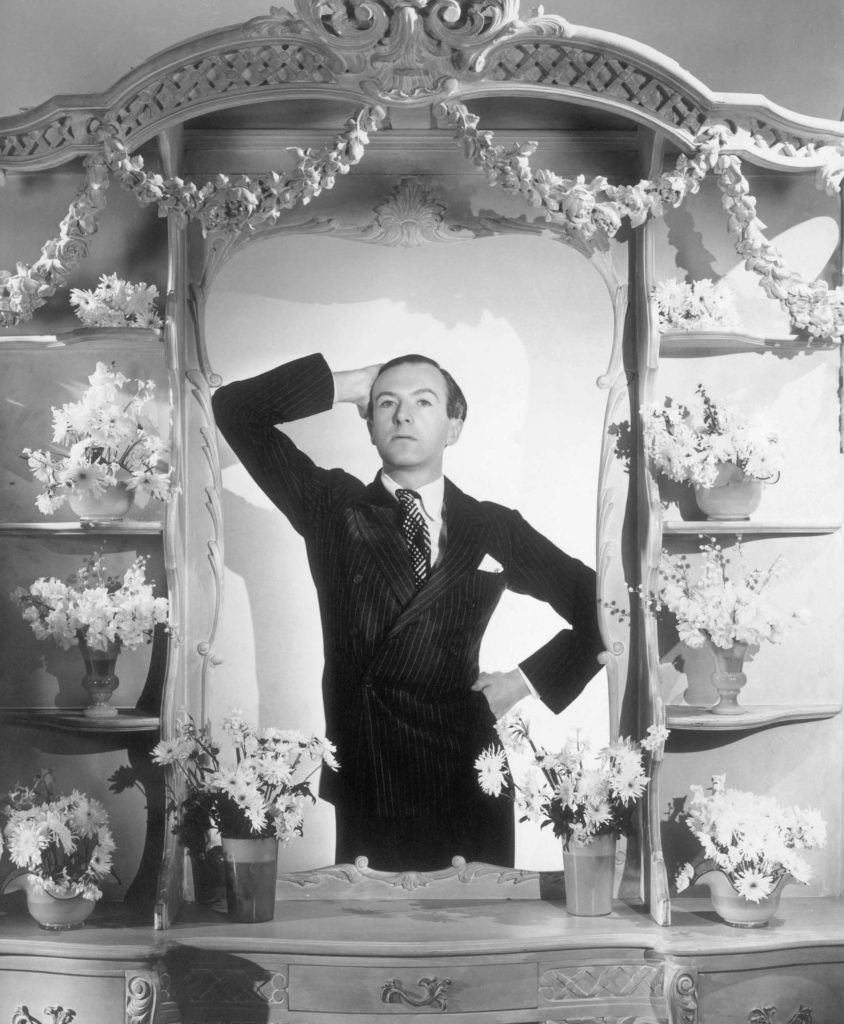Creative studio & consultancy specializing in brand expression and visual identity within fashion, luxury and lifestyle read more
46 Warwick Avenue, W9 2PU
London, United Kingdom
+44 7984332917
GRANDES DAMES
DecorPioneers
May 15th, 2020
Elsie de Wolfe, Francis Elkins, Dorothy Draper, Syrie Maugham and Ruby Ross Wood were xtraordinary women who pioneered the field we know today as interior decorating. As could not have been possible before, interior decorating in the 20’s, 30’s and 40’s gave women the opportunity to be visible, important, and, most significant, imitated. It was a place where no one could challenge their right to belong, into which they could pour energy and ambition free of criticism.
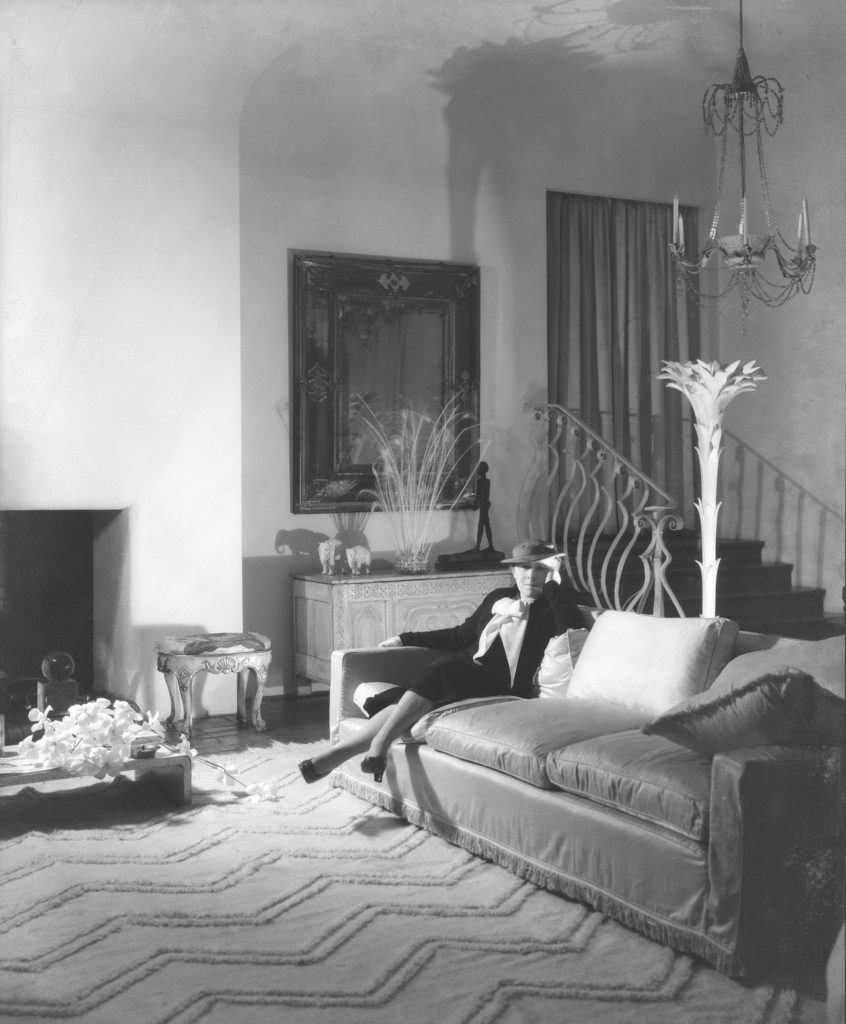
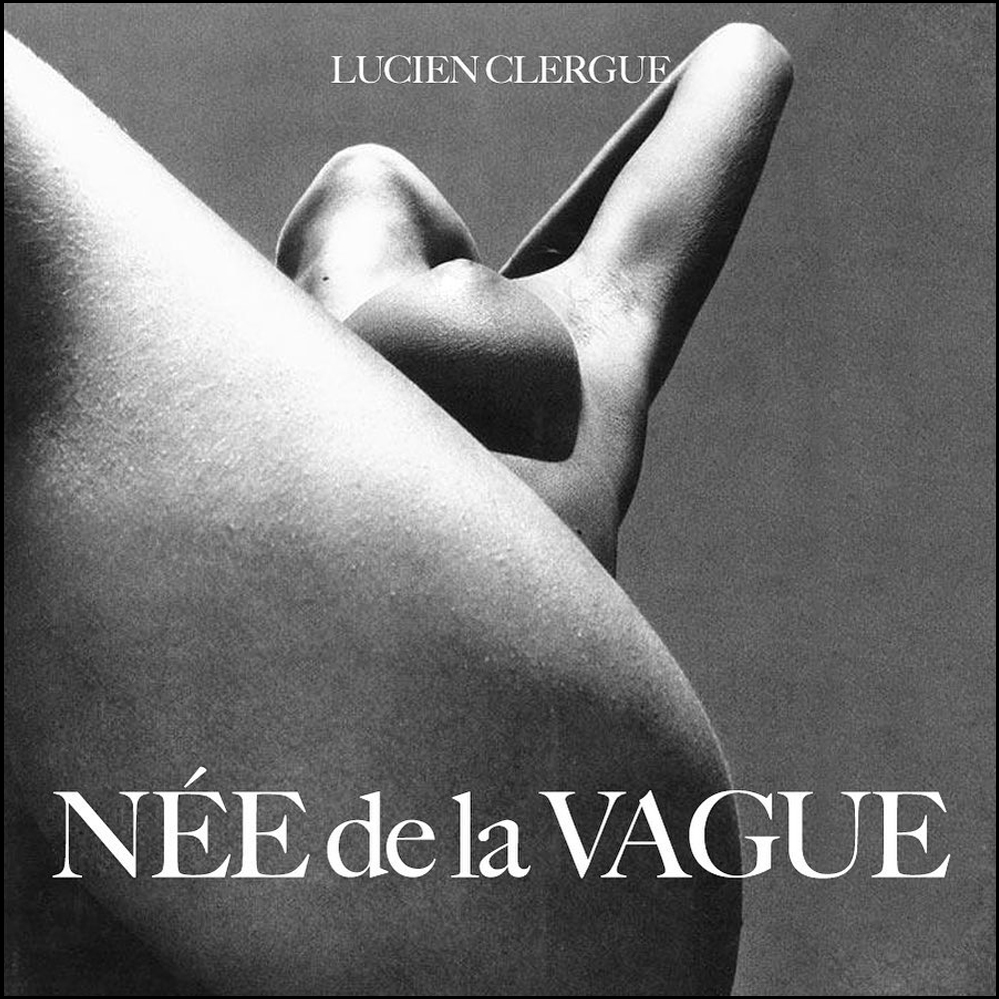
nº1 lucien clergue, née de la vague — 1968
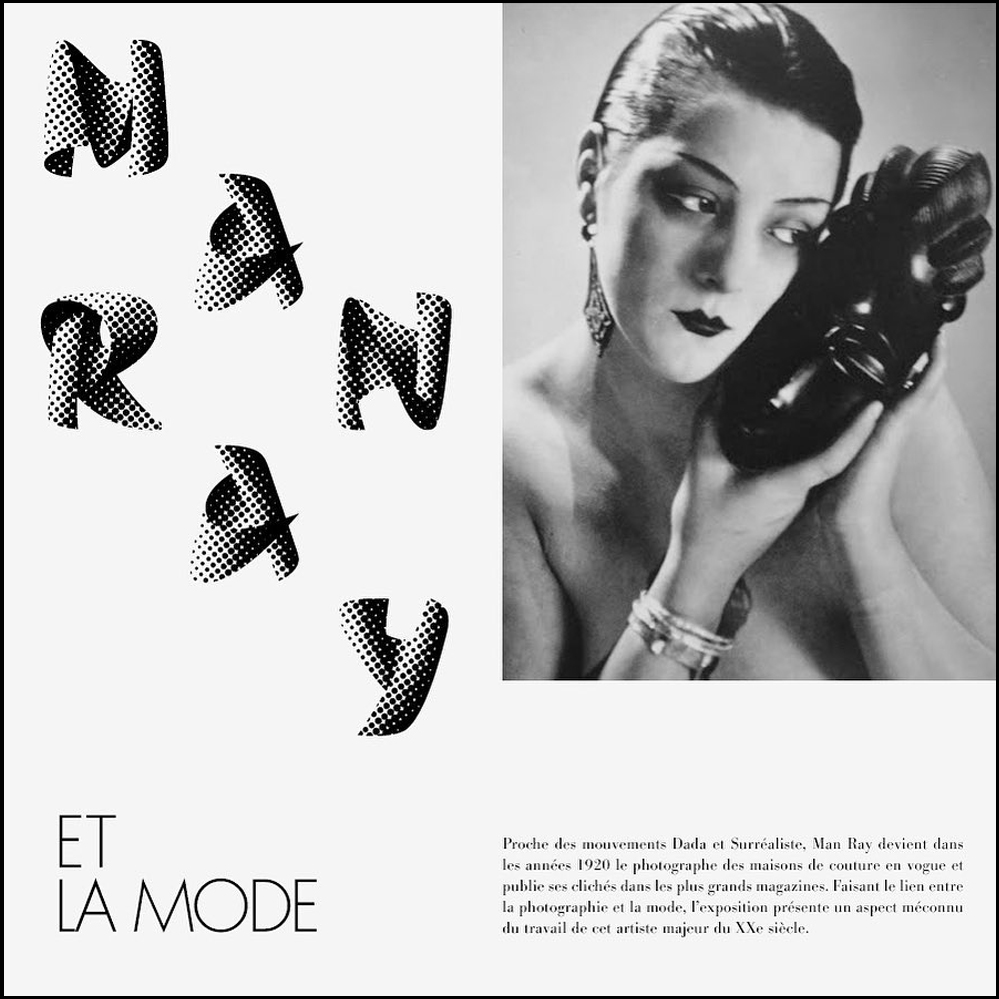
nº2 man ray et la mode — 1989
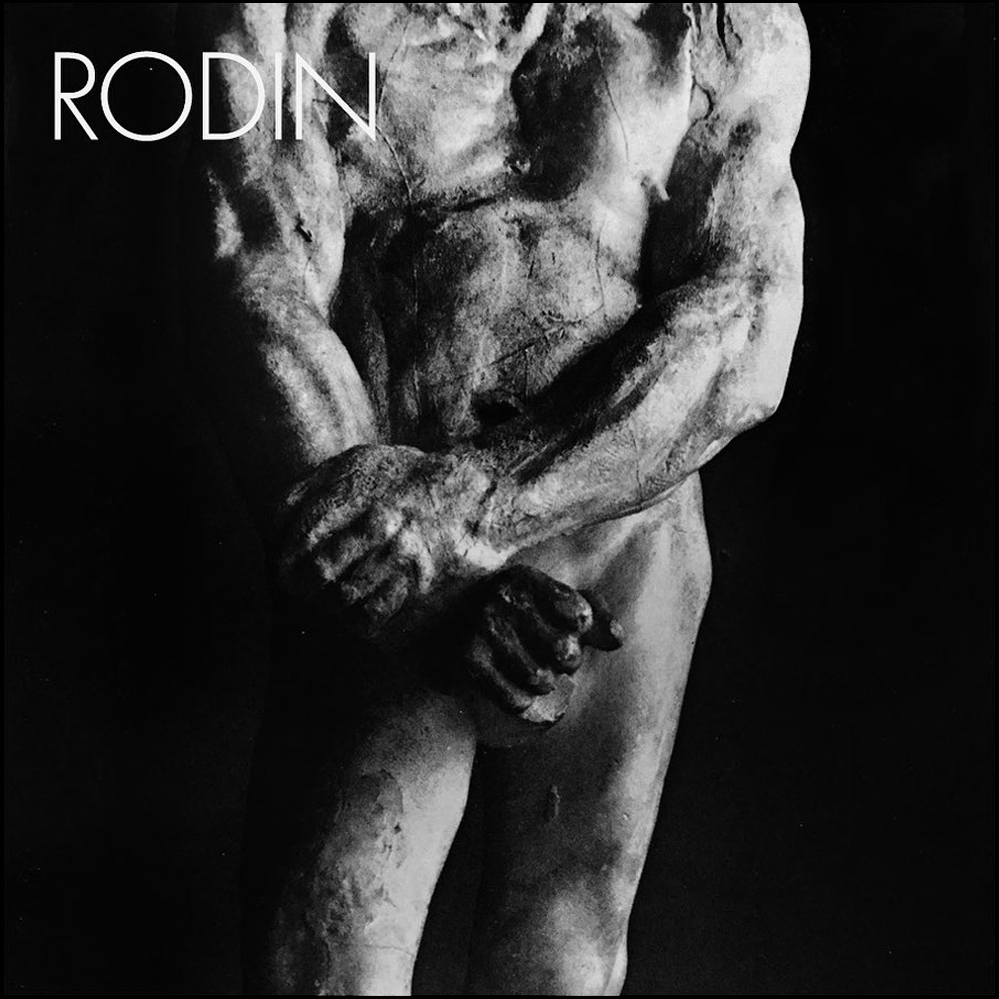
nº3 auguste rodin, exhibition in new york — 1963
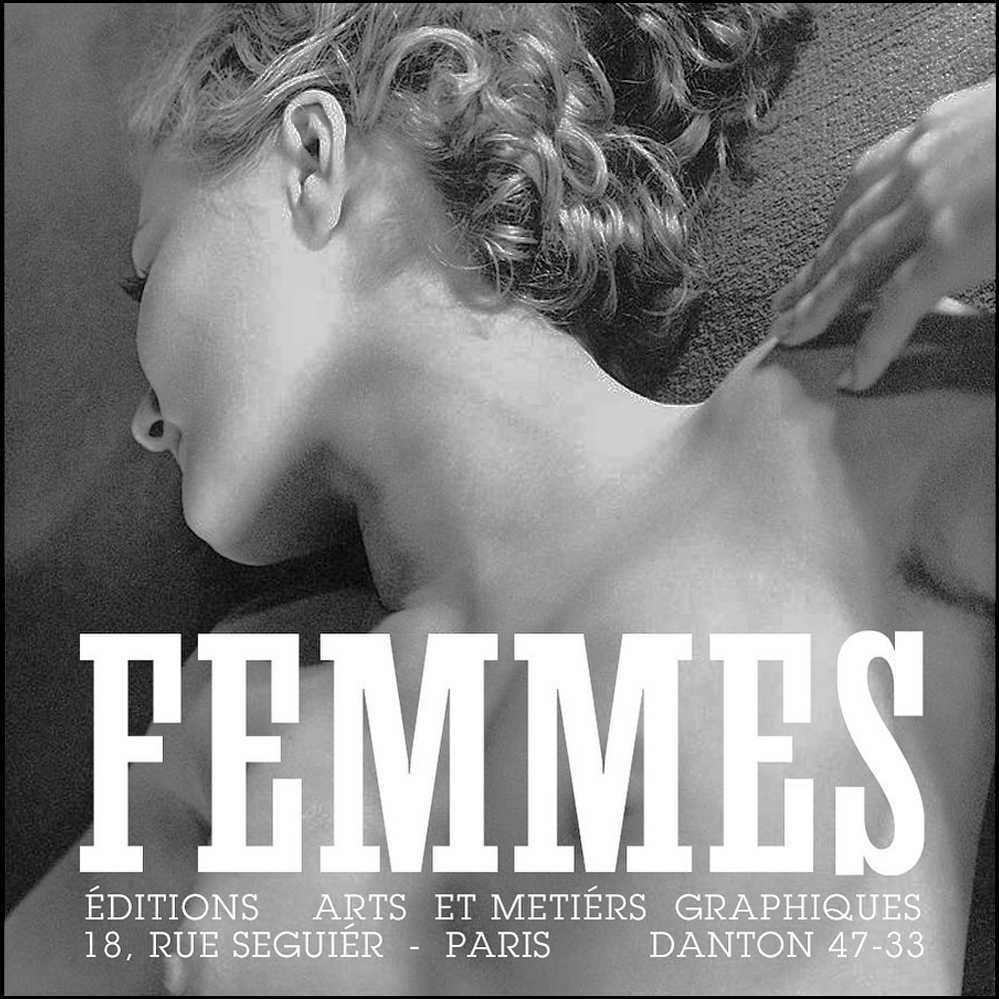
nº4 femmes, arts et metiérs graphiques — 1933
MAISON DE VERRE
LivingIn AGlass House
May 15th, 2020
No house in France better reflects the magical promise of 20th-century architecture than the Maison de Verre. Tucked behind the solemn porte-cochere of a traditional French residence on Rue Saint-Guillaume, a quiet street in a wealthy Left Bank neighborhood, the 1932 house designed by Pierre Chareau challenges our assumptions about the nature of Modernism. For architects it represents the road not taken: a lyrical machine whose theatricality is the antithesis of the dry functionalist aesthetic that reigned through much of the 20th century.
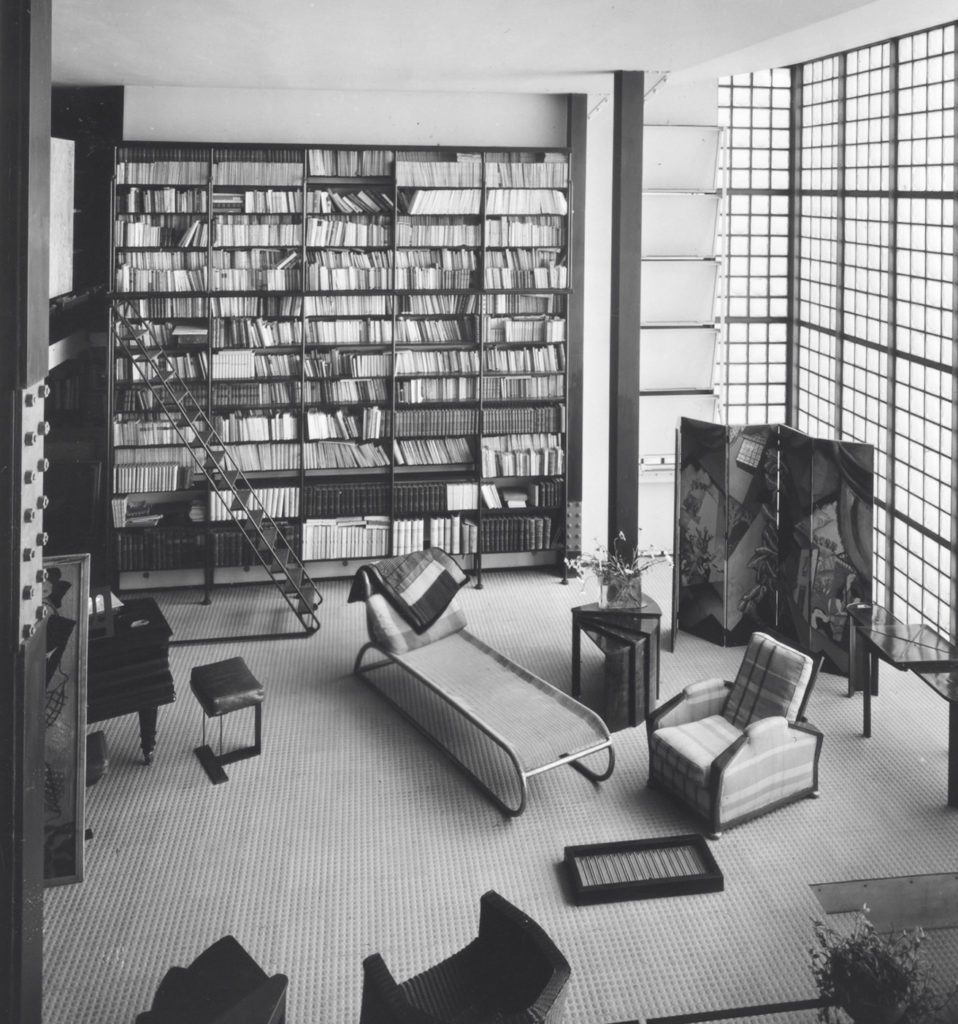
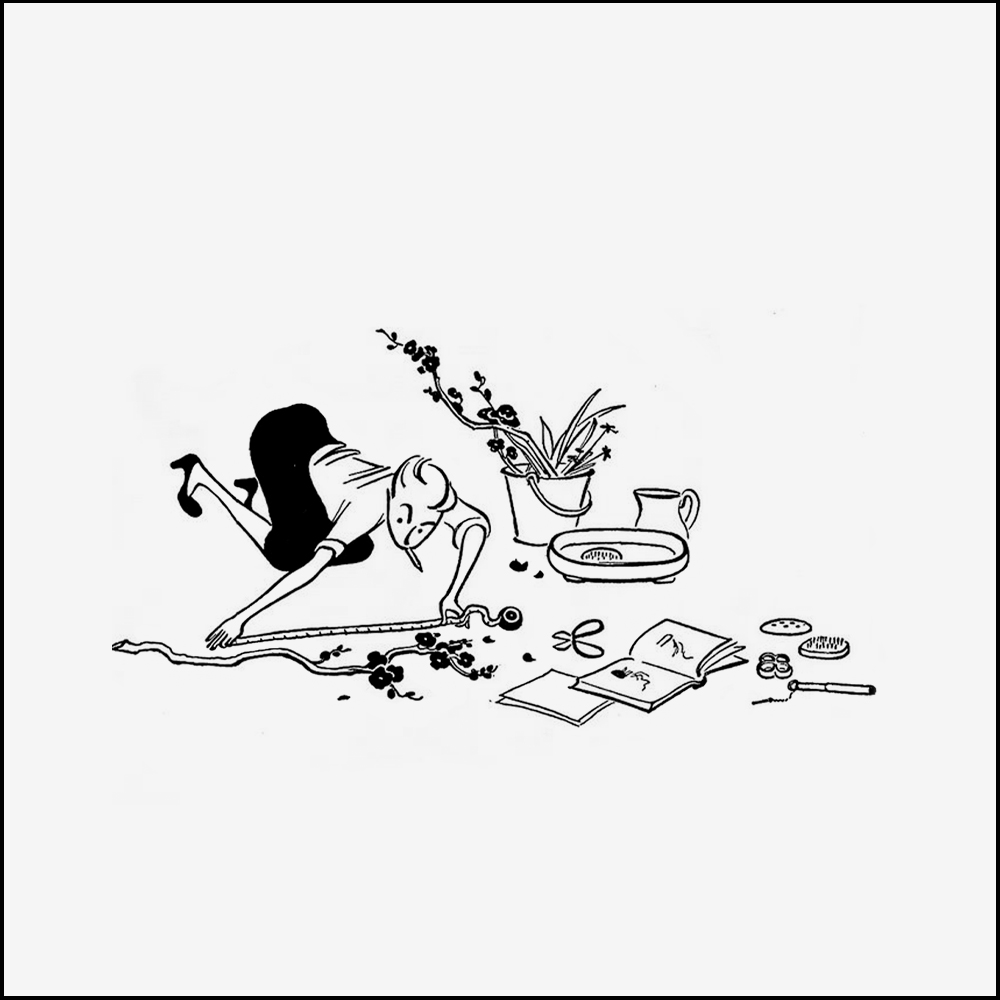
nº1 Anne Cleveland — It’s better with your shoes off • 1955
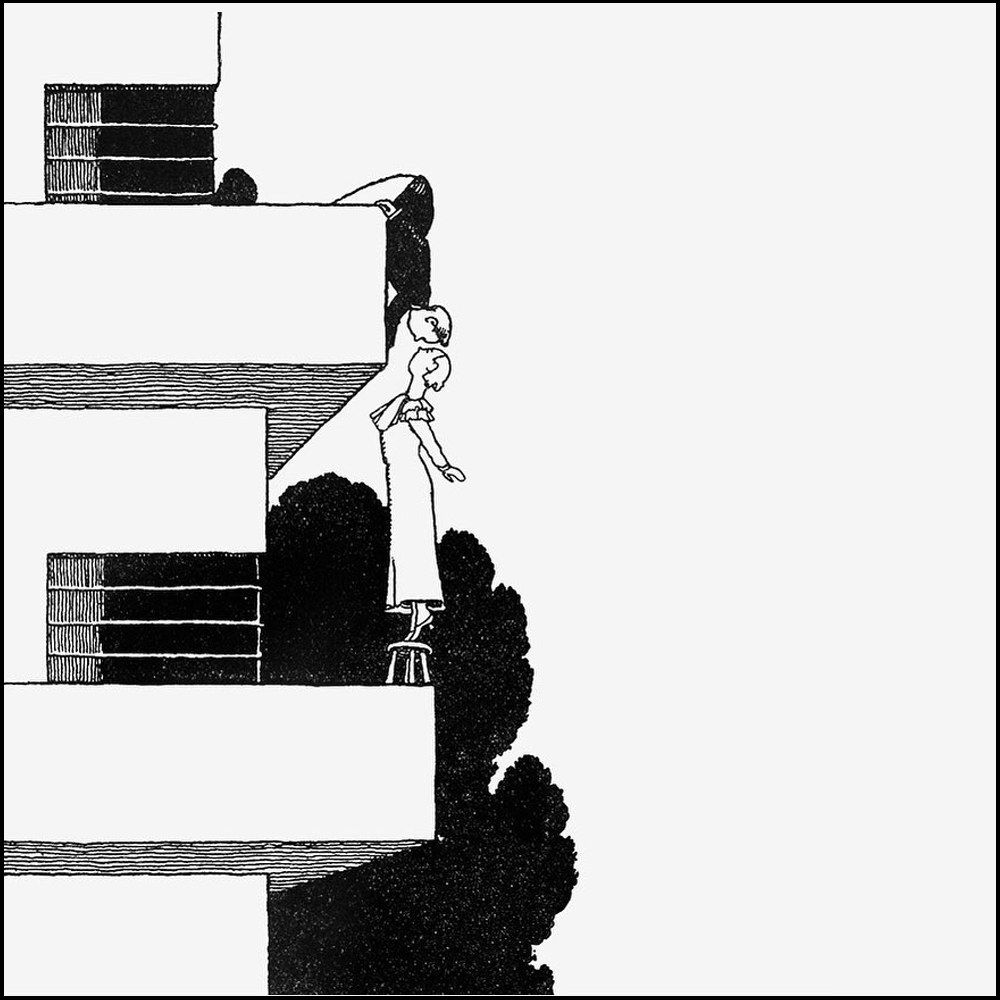
nº2 Romantic possibilities in modern flats • 1936
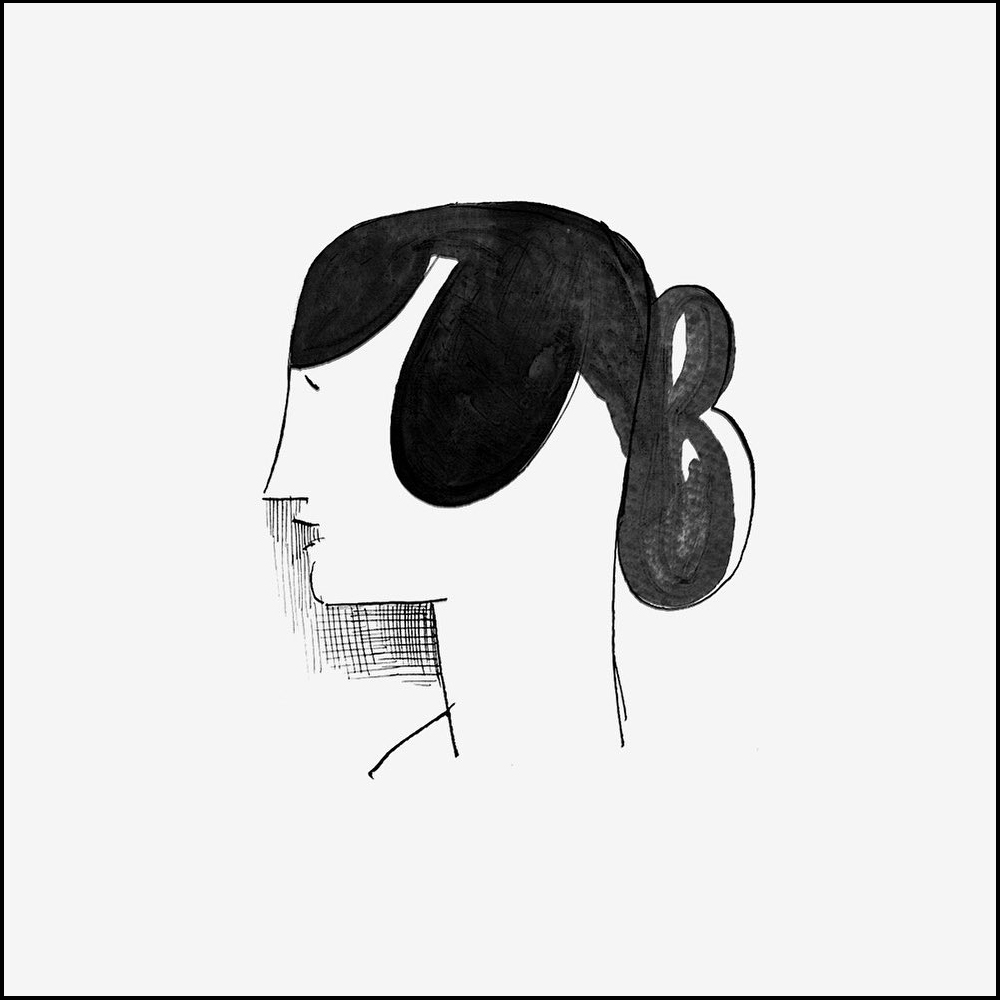
nº3 Elie Nadelman — Head of a Woman • 1925
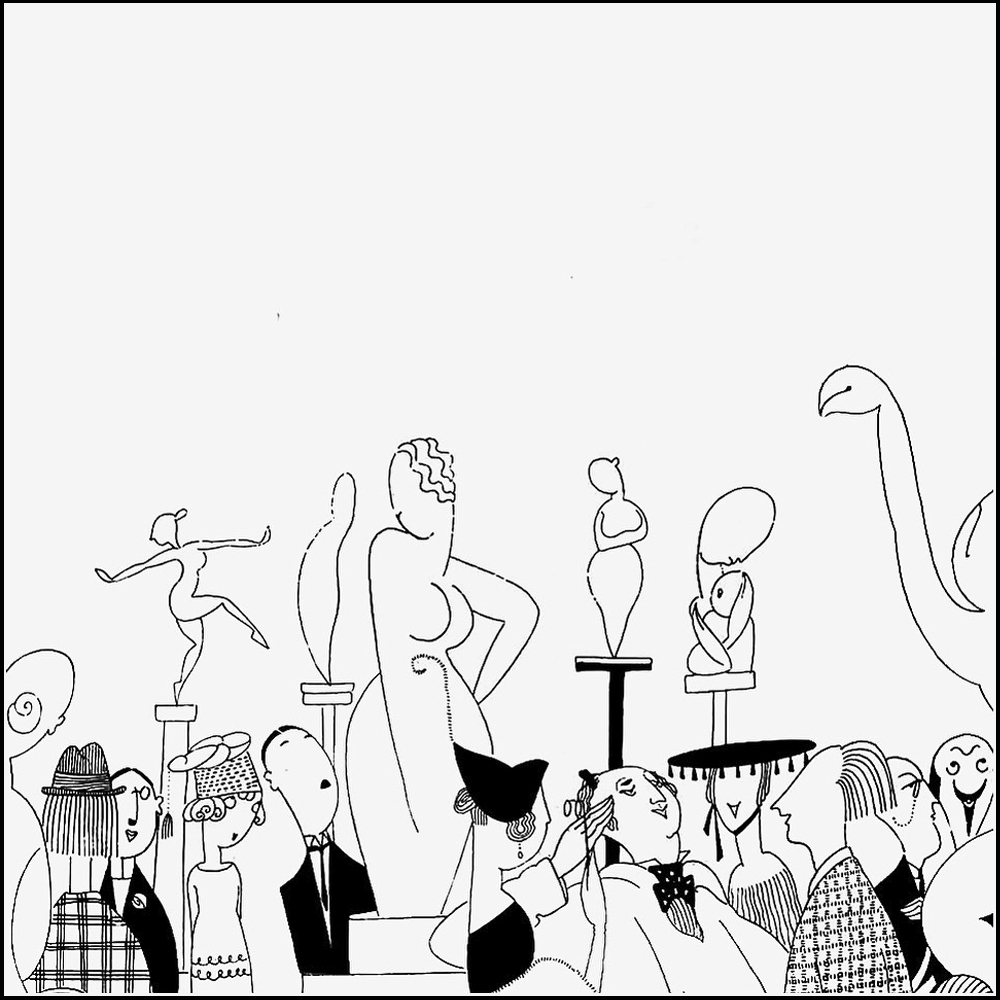
nº4 Anne Harriet Fish — The Art Exhibition • 1917
GRAHAM & NOGUCHI:
UnexpectedCollaborations
May 15th, 2020
Noguchi once defined the essence of sculpture as “the perception of space, the continuum of our existence.” For Noguchi, everything was sculpture, and in Martha Graham— modern dancer and choreographer—he found the perfect collaborator. They held each other in the highest regard—Noguchi once said, “I felt that I was an extension of Martha and that she was an extension of me,” while Graham described sharing “an unspoken language” with the sculptor.
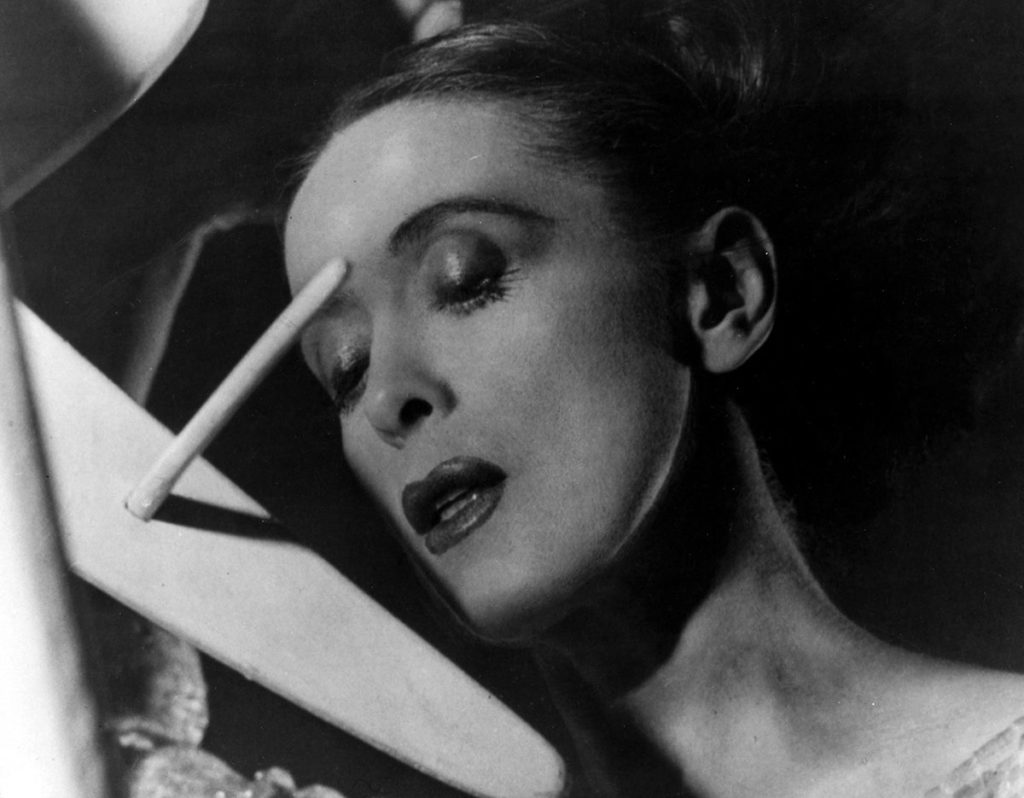
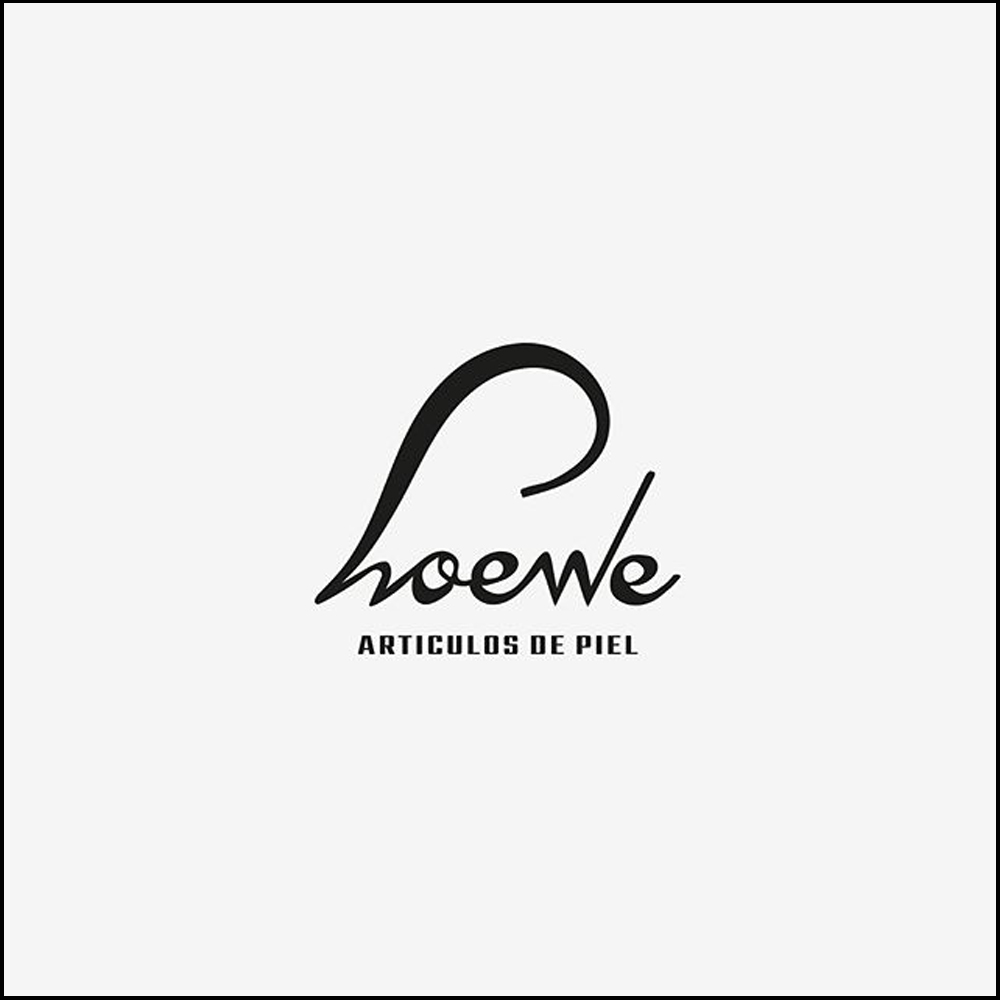
nº1 Articulos de piel "Loewe" • 1900
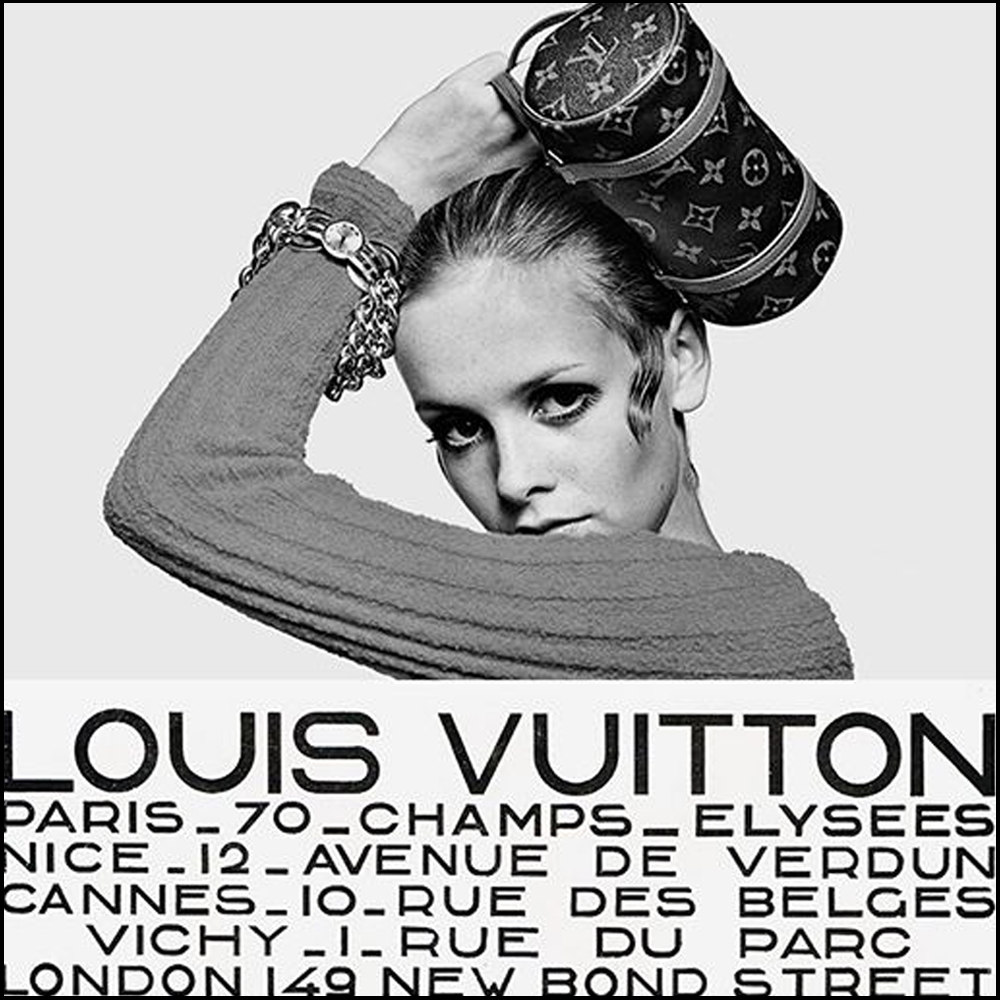
nº2 Louis Vuitton & Twiggy • 1967
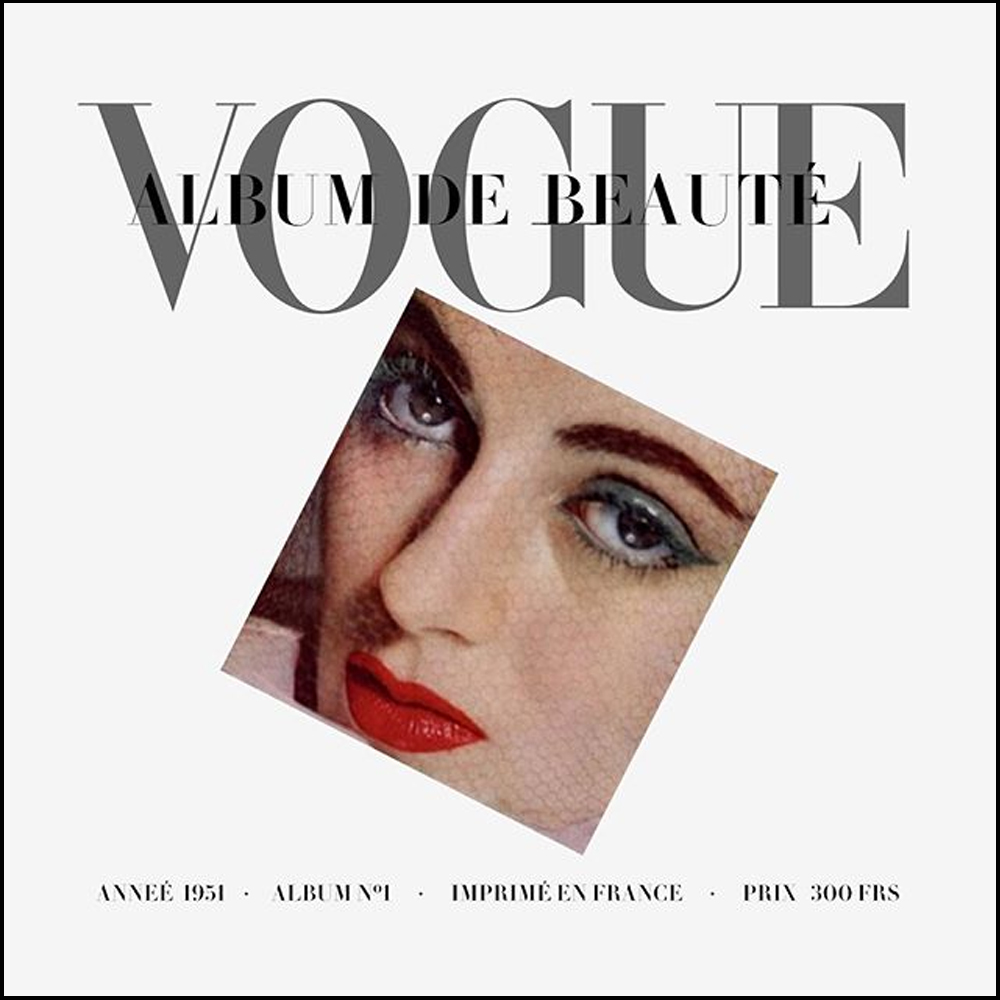
nº3 Vogue Paris • 1951
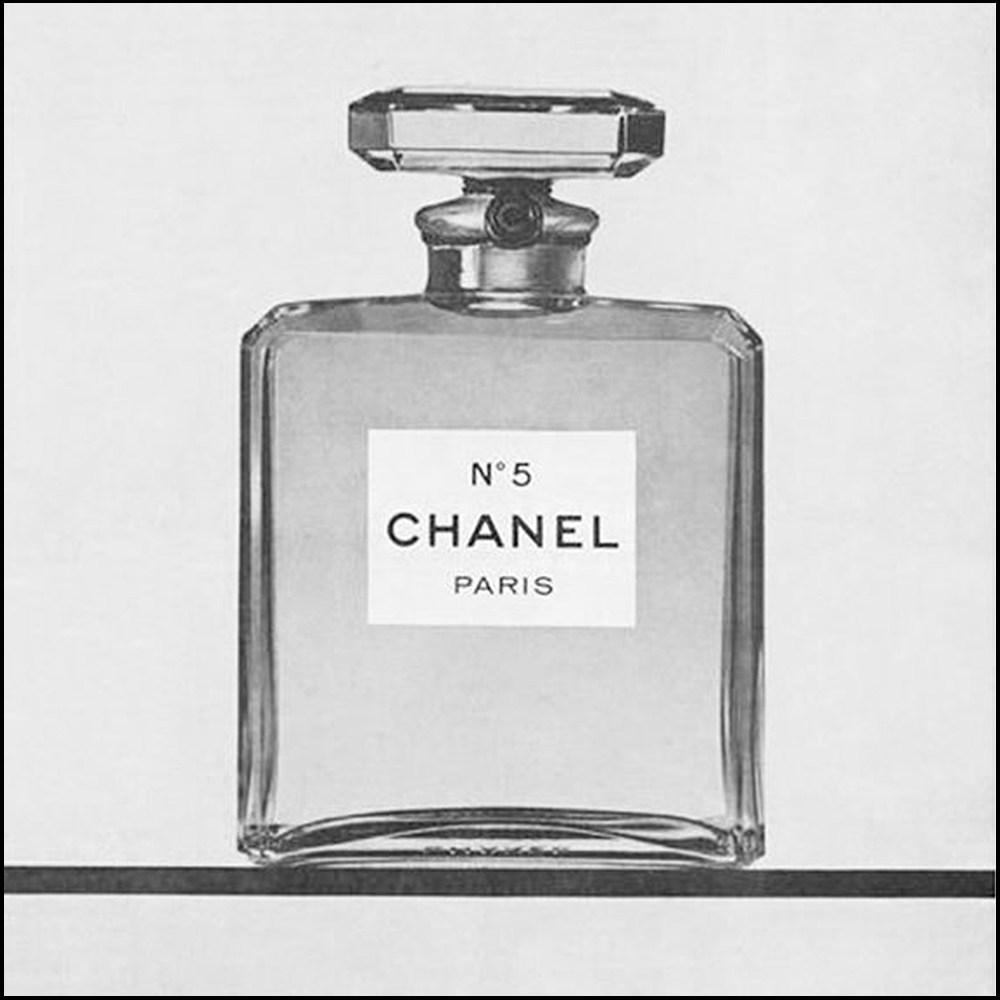
nº4 Chanel nº5 • 1970
Inspiration at Horror Vacui Studio @horrorvacuistudio
BALLETS RUSSES:
ModernismOn Stage
May 15th, 2020
Sergei Djagilev founded the ballet ensemble in 1909 in Paris, the center of dance art, which proved to be the most important ballet ensemble of the 20th century. To this day, the Ballets Russes are regarded as the avant-garde of dance and had considerable influence upon their contemporaries. With Picasso, De Chirico, Coco Chanel, Matisse and Cocteau among those collaborators, it’s not surprising that Ballets Russes has since become a cultural legend.
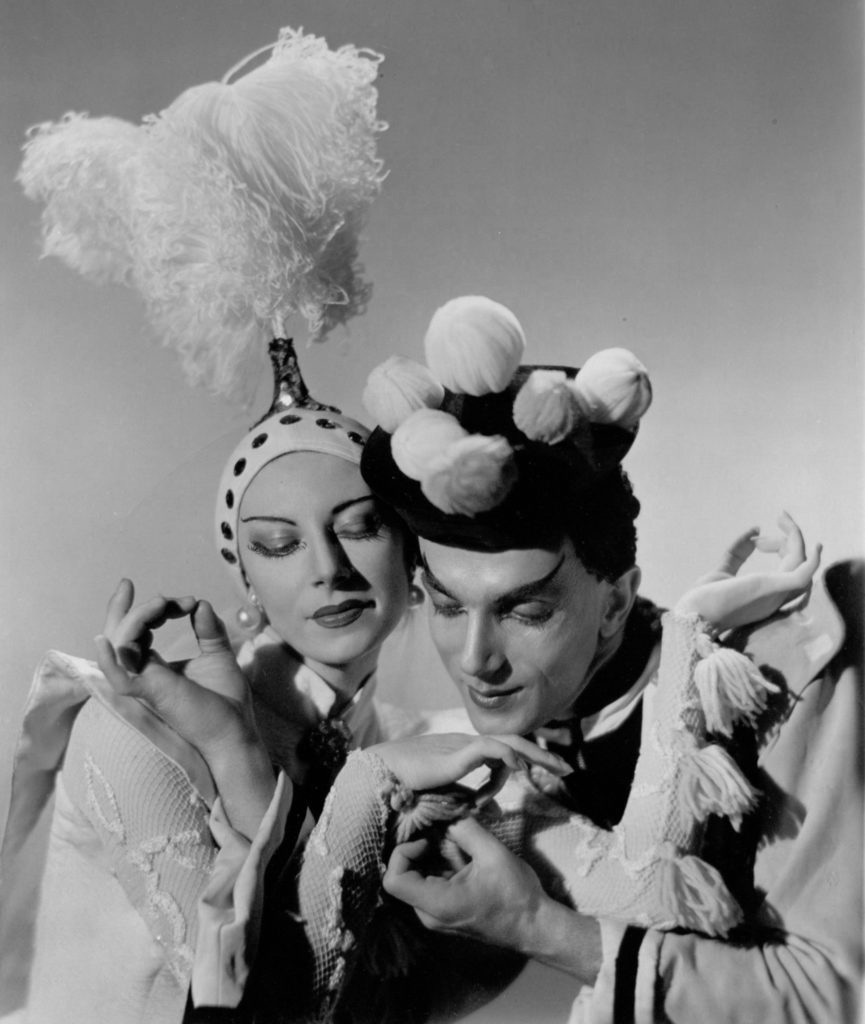
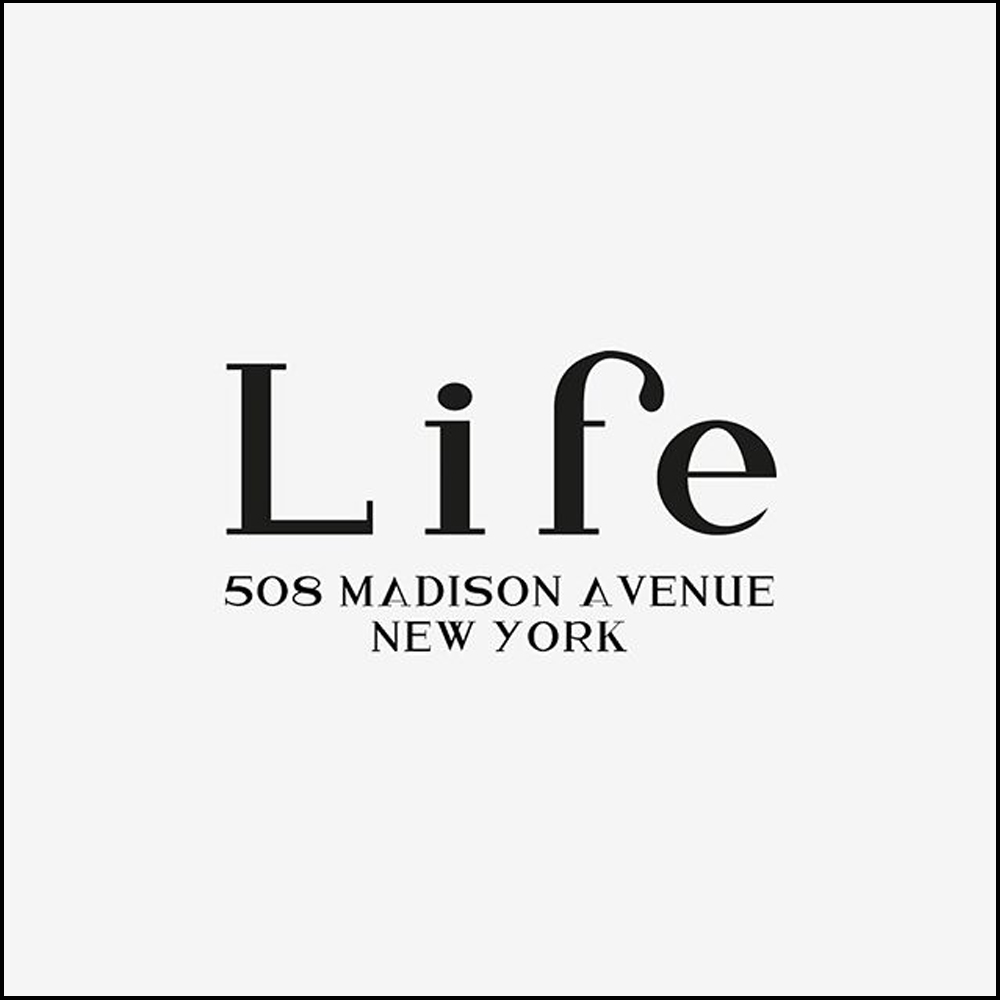
nº1 Life magazine logo • 1922
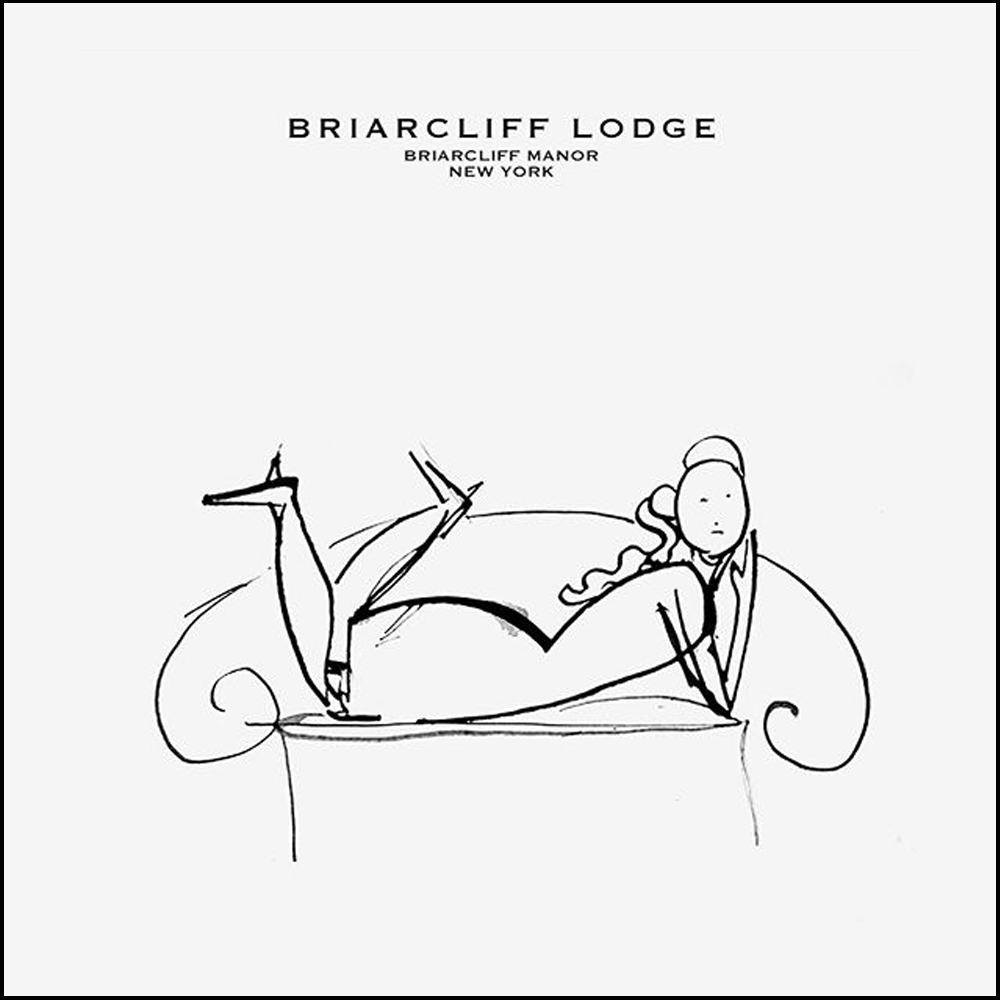
nº2 Briarcliff Lodge • 1918
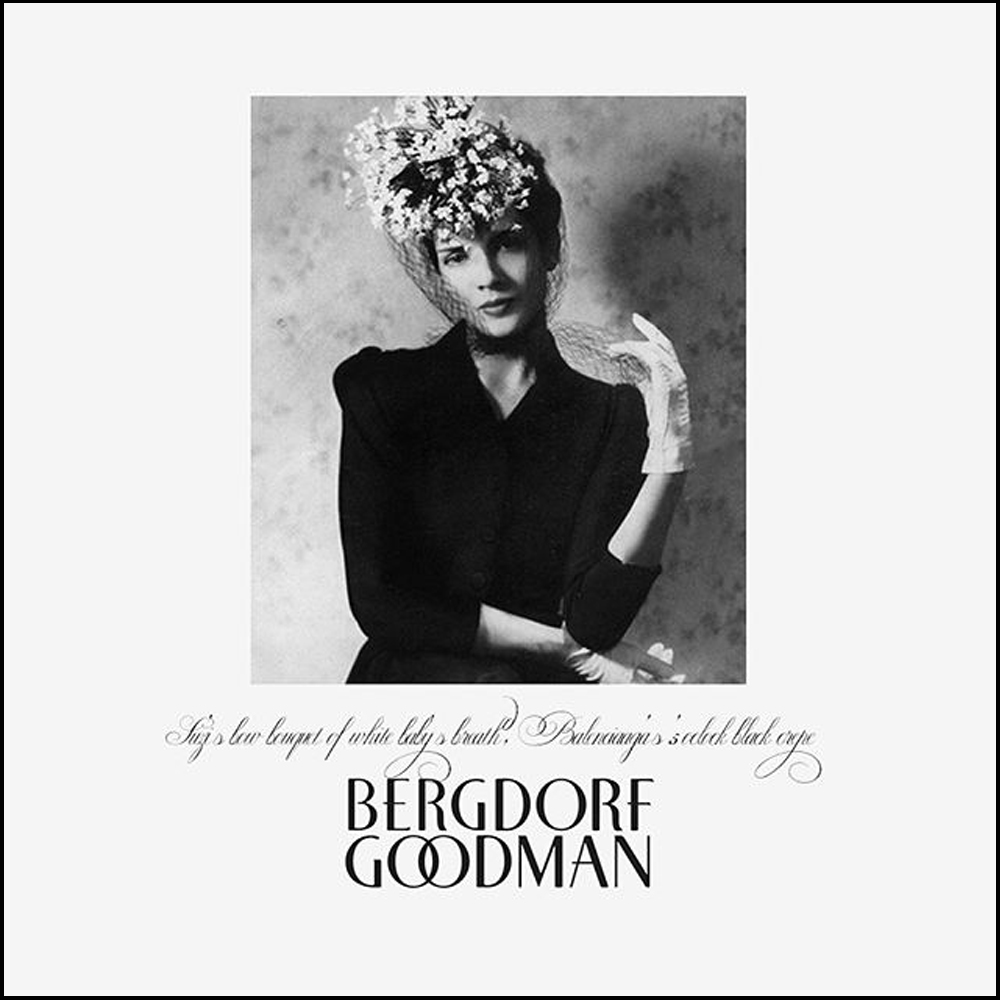
nº3 Bergdorf Goodman • 1939
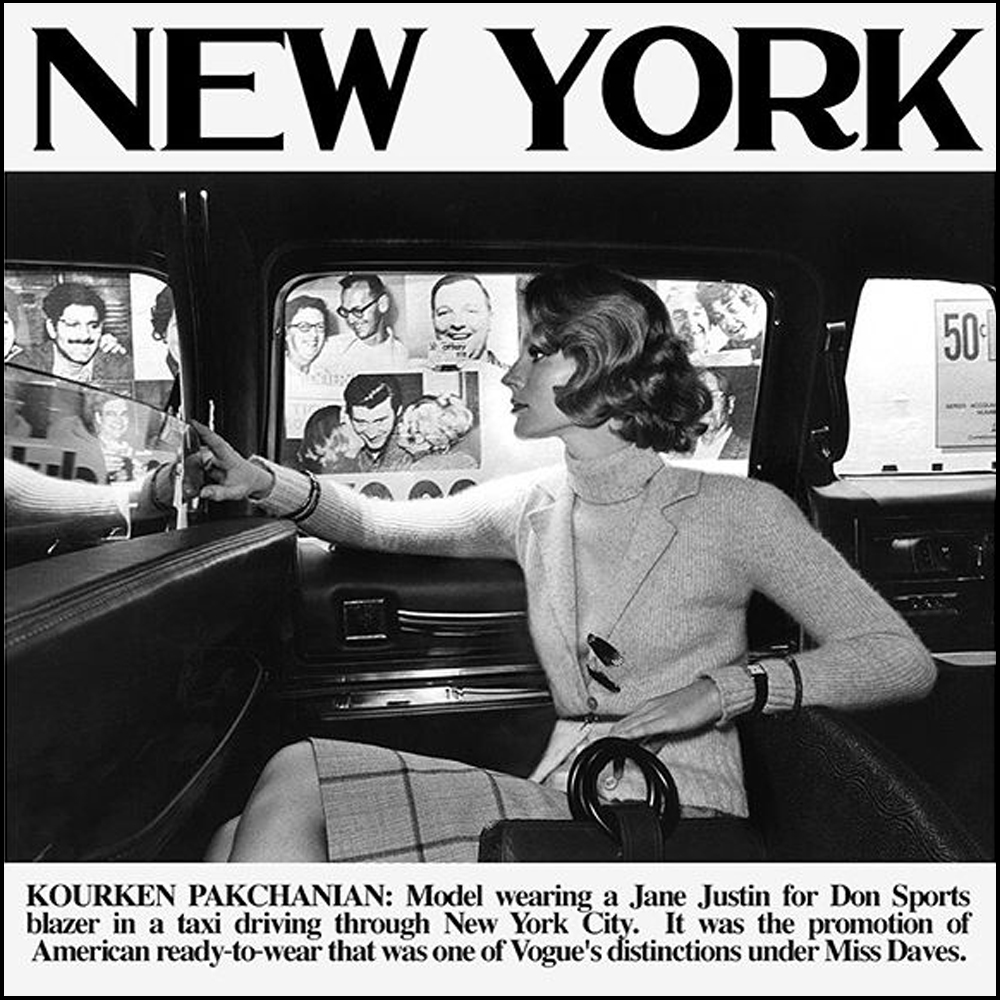
nº4 Kourken Pakchanian — Vogue • 1974
Inspiration at Horror Vacui Studio @horrorvacuistudio
ELSA SCHIAPARELLI:
AvantGarde Cuts
May 15th, 2020
Schiaparelli worked within the confines of traditional tailoring but played with subversive details, extraordinary materials and the imagery of Surrealism to create unique fashion statements. She had close connections to the art world, Salvador Dalí, Jean Cocteau and Christian Bérard are among the artists who collaborated with her. This connection with the wider art world and its ideas set Schiaparelli apart from most other fashion designers.
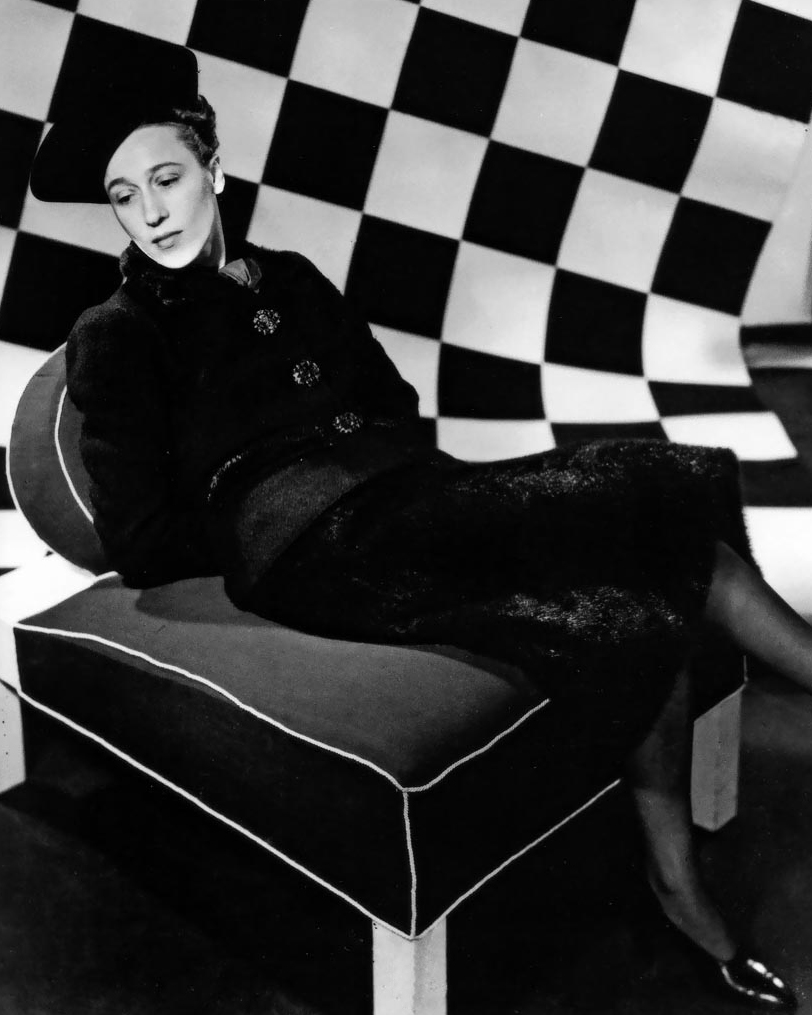
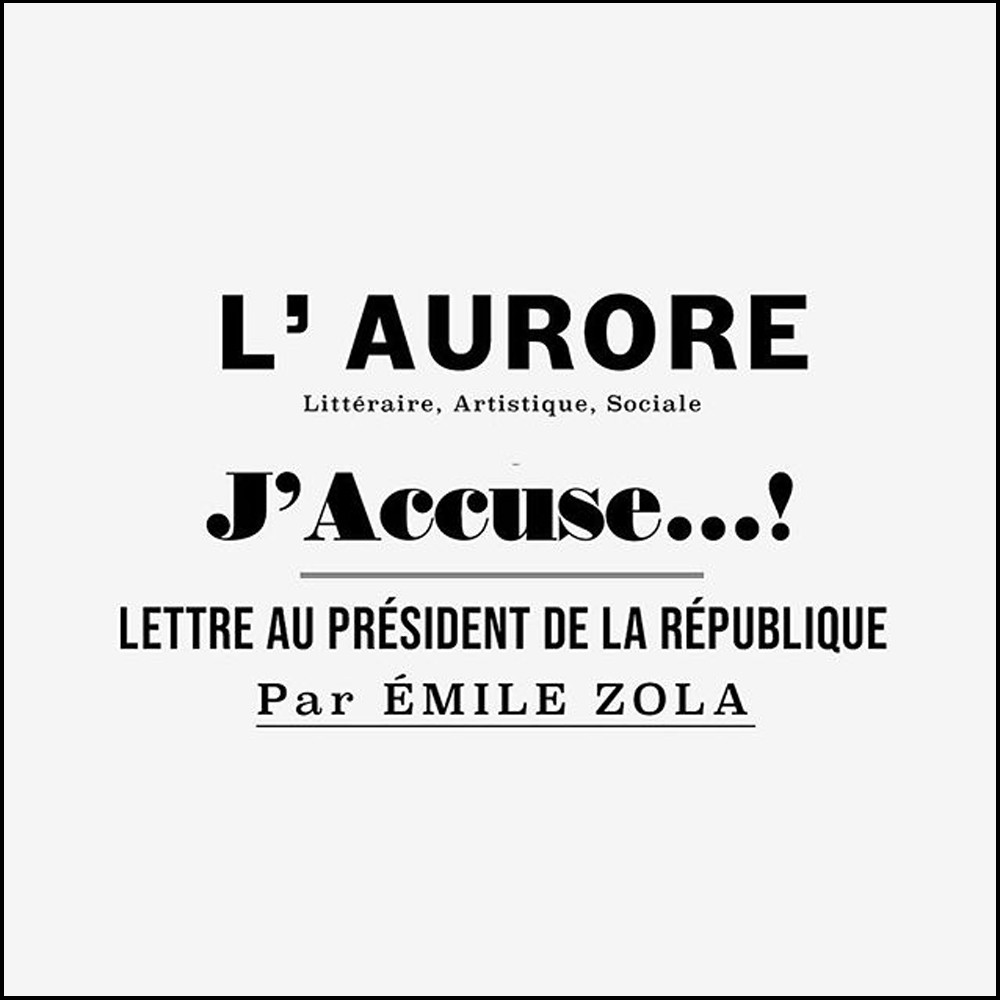
nº1 Émile Zola • 1898
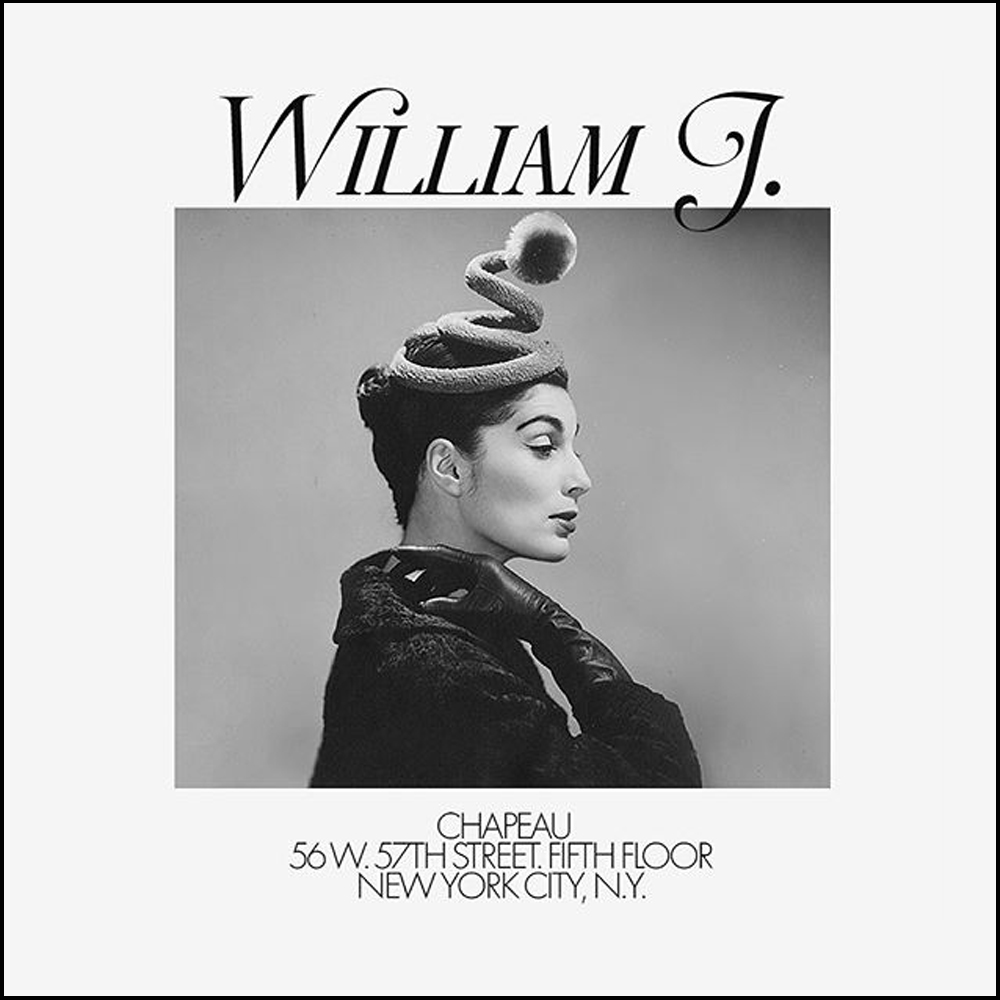
n°2 William J. hats • ca. 1950
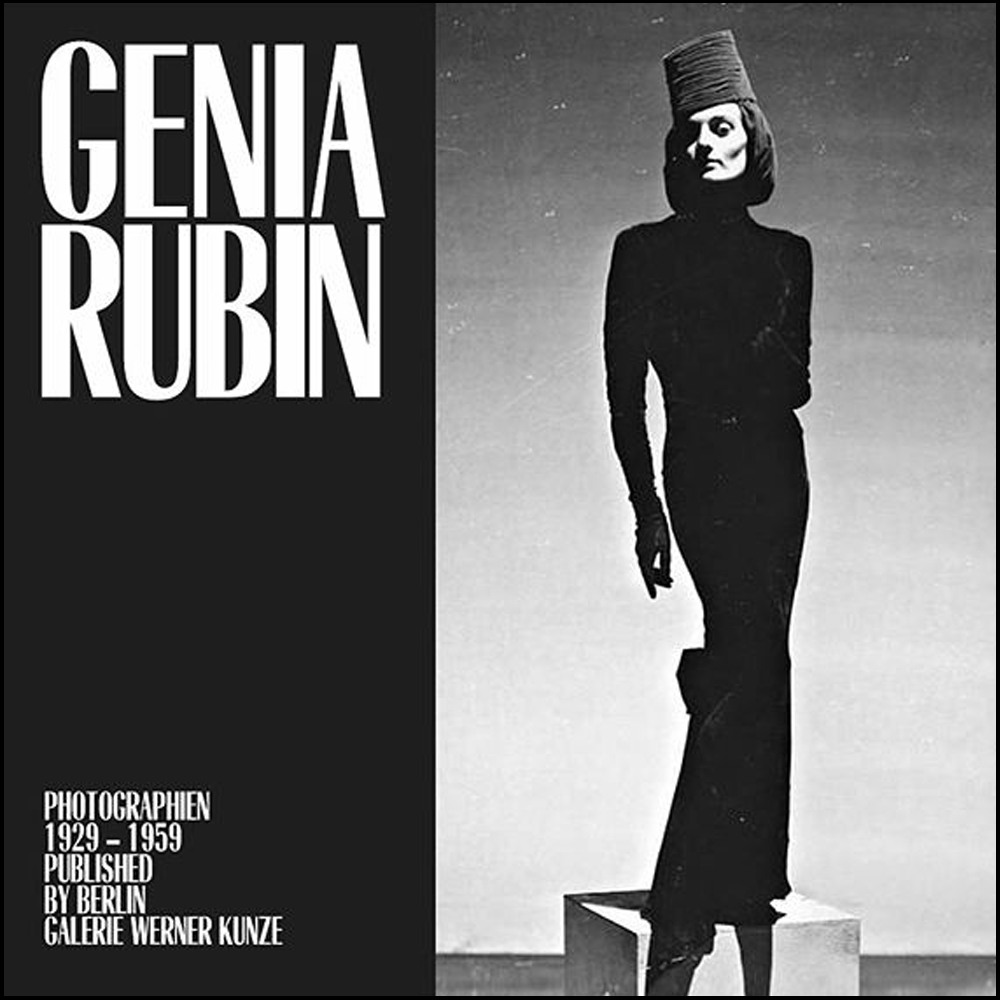
n°3 Genia Rubin photographien • 1978

n°4 Femina magazine logo • 1954
Inspiration at Horror Vacui Studio @horrorvacuistudio
CORSINI & GAUDI:
UnpredictableBlend
May 15th, 2020
Barba Corsini was offered in 1955 to transform the attics of the well-known work of Antonio Gaudí, La Pedrera. He designed 13 apartments incorporating a series of innovations in interior architecture.
Unique spaces overturned on the city with its winding terraces. Corsini discovered in La Pedrera; the poetry in forms that were unlike anything.
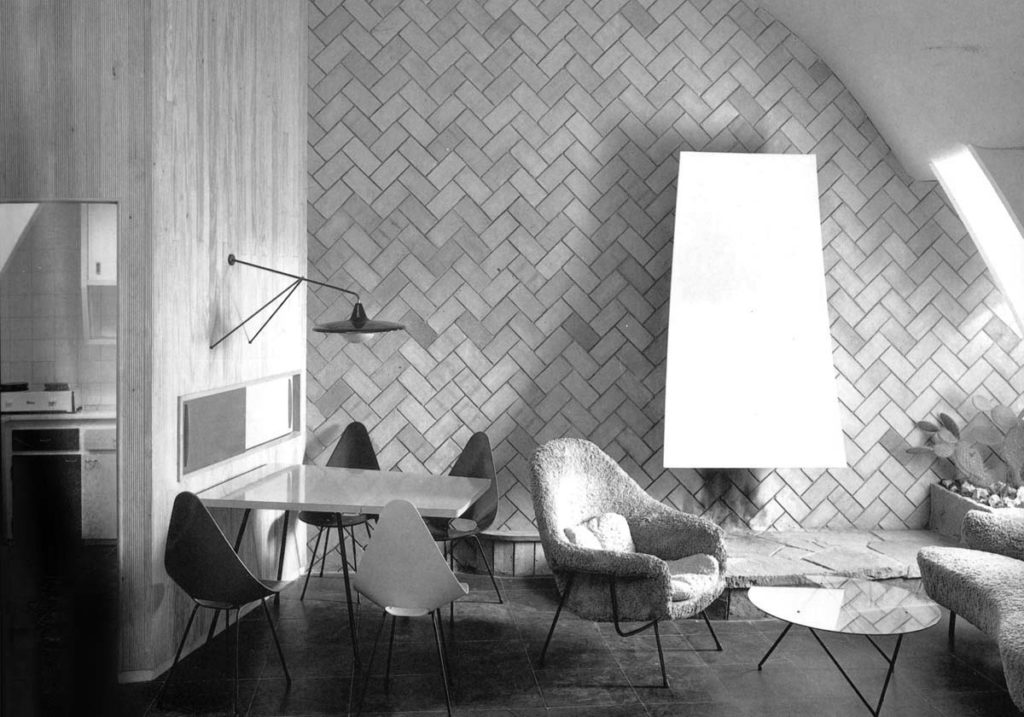
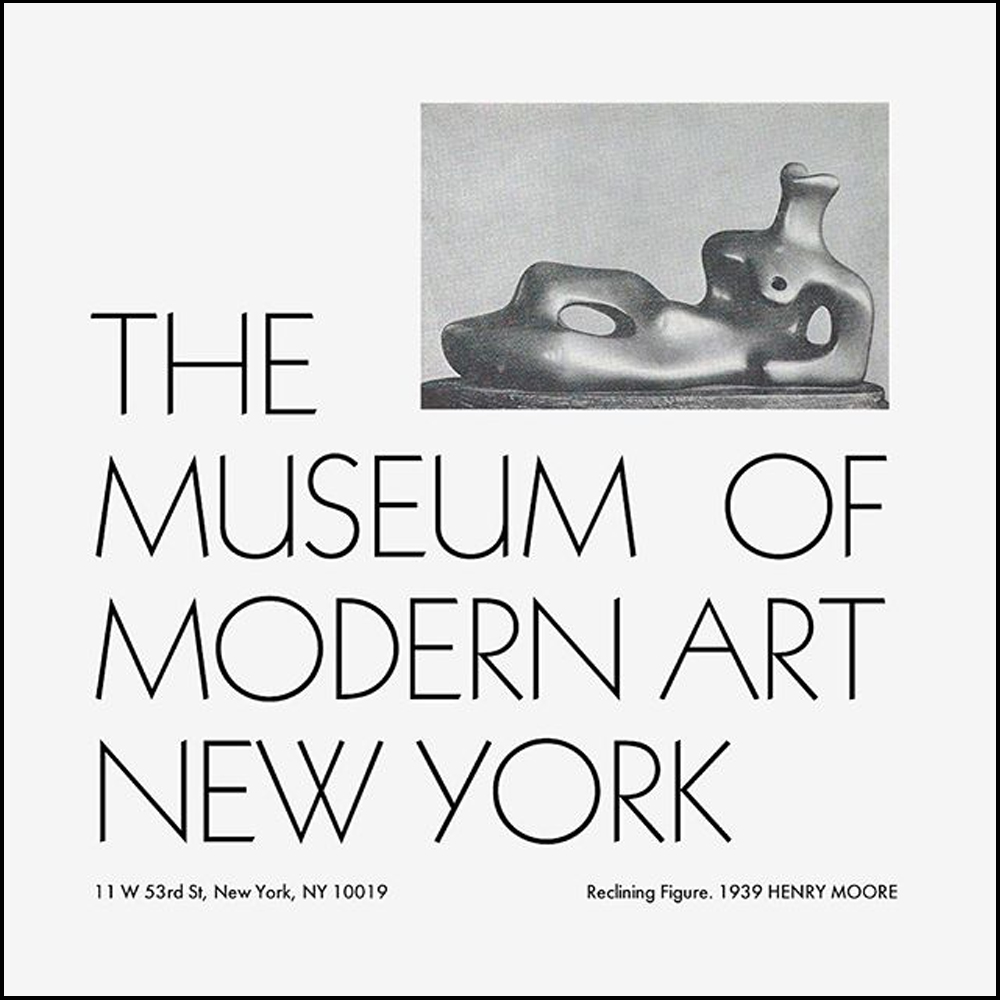
n°1 Henry Moore exhibition — MOMA • 1939
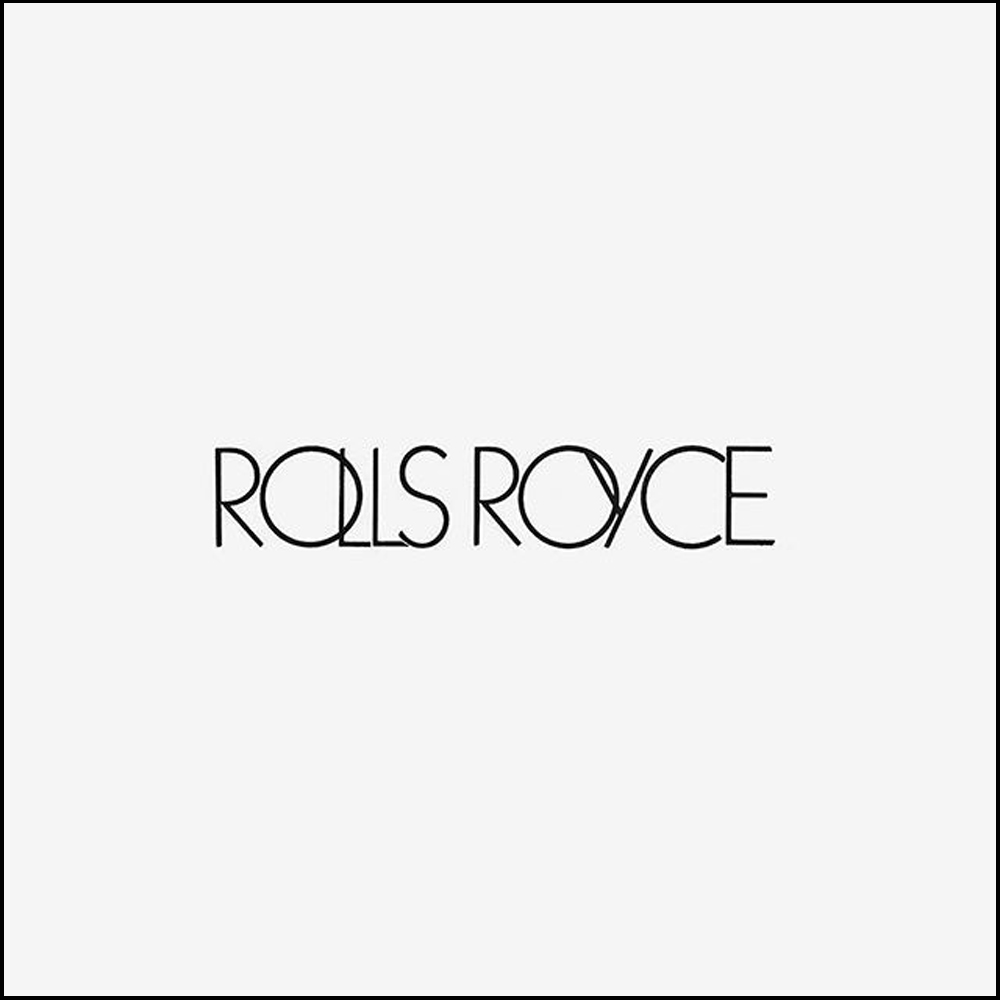
n°2 Rolls Royce • 1971
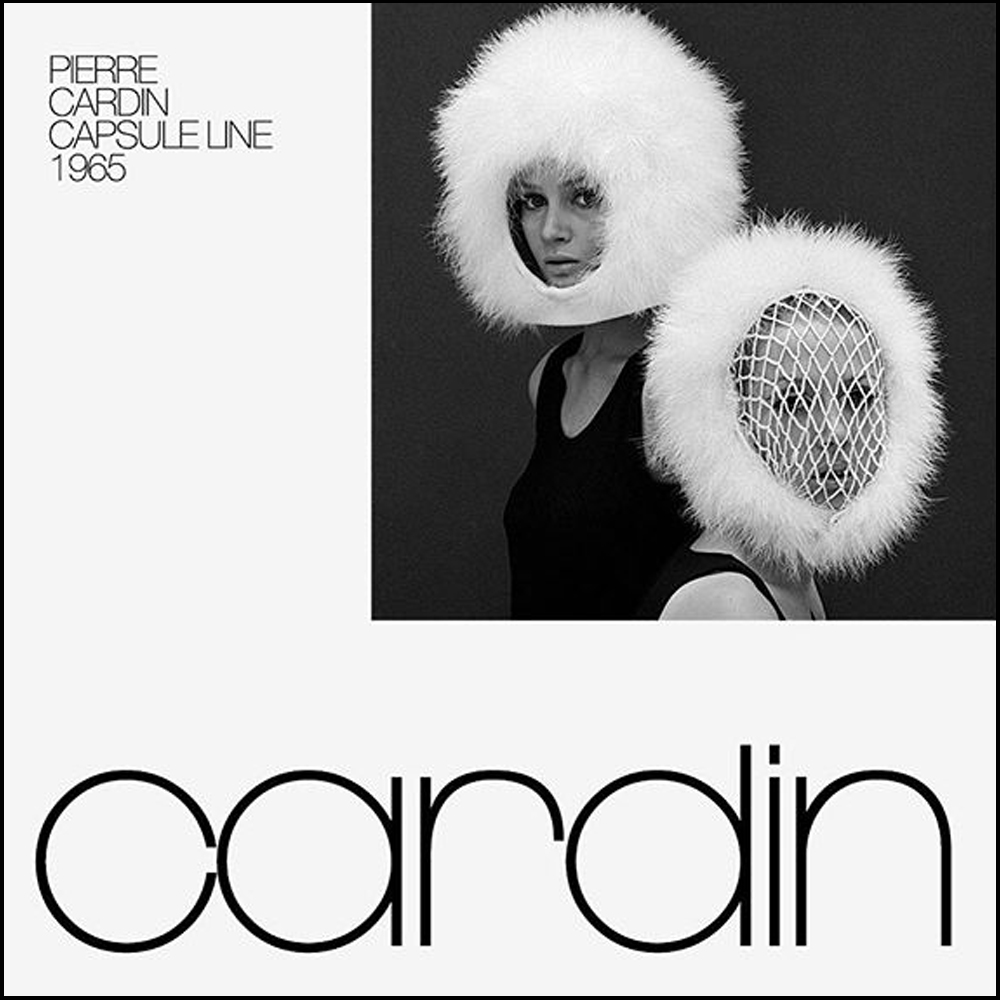
n°3 Pierre Cardin • 1965
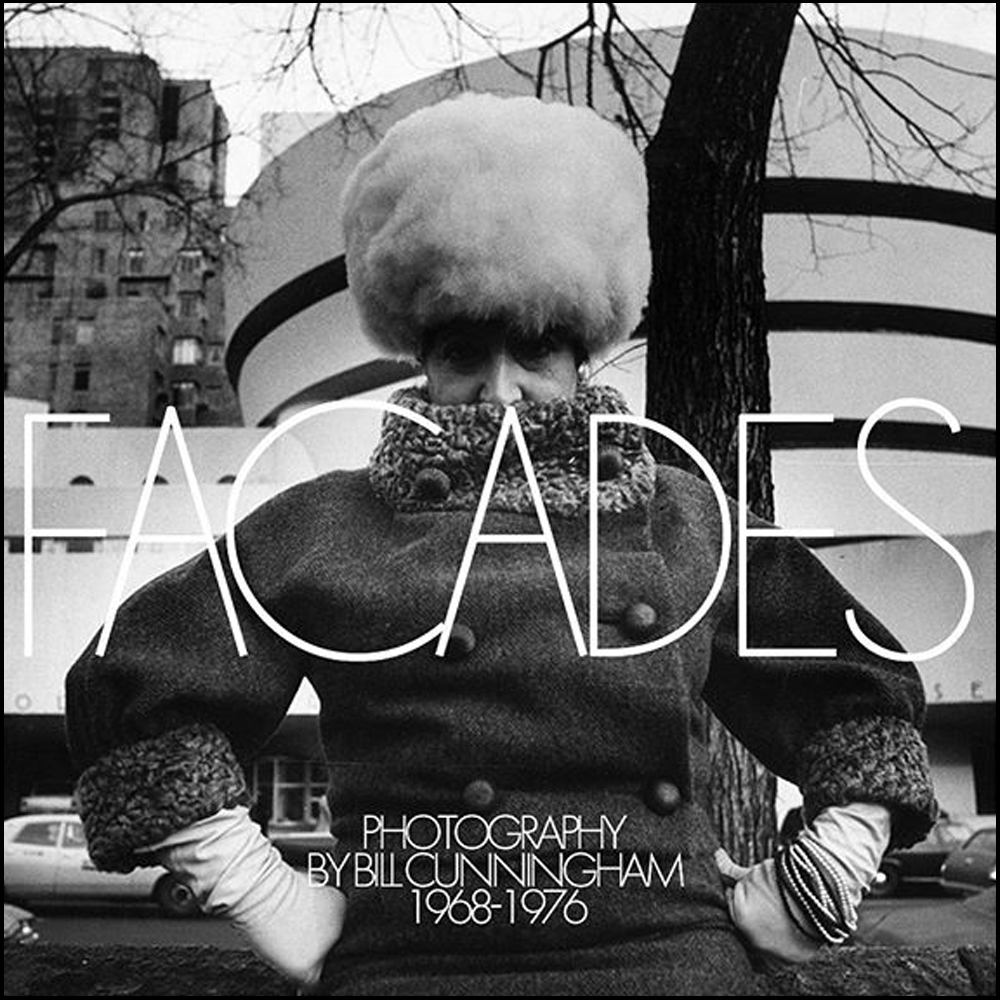
n°4 Façades — Bill Cunningham • 1976
Inspiration at Horror Vacui Studio @horrorvacuistudio
STEPH SIMON:
AModern Curator
May 15th, 2020
The arts and crafts engineer, Steph Simon, originally opened his gallery in 1956 at 145, boulevard Saint-Germain in Paris.
A veritable precursor in the promotion of modern furniture he created a design office there and attracted the most innovative designers of the time, such as Charlotte Perriand, Jean Prouvé, Serge Mouille and Isamu Noguchi.
Frequented by rare and elitist clients, the gallery, one of the most audacious of the time, nevertheless closed its doors in 1974.
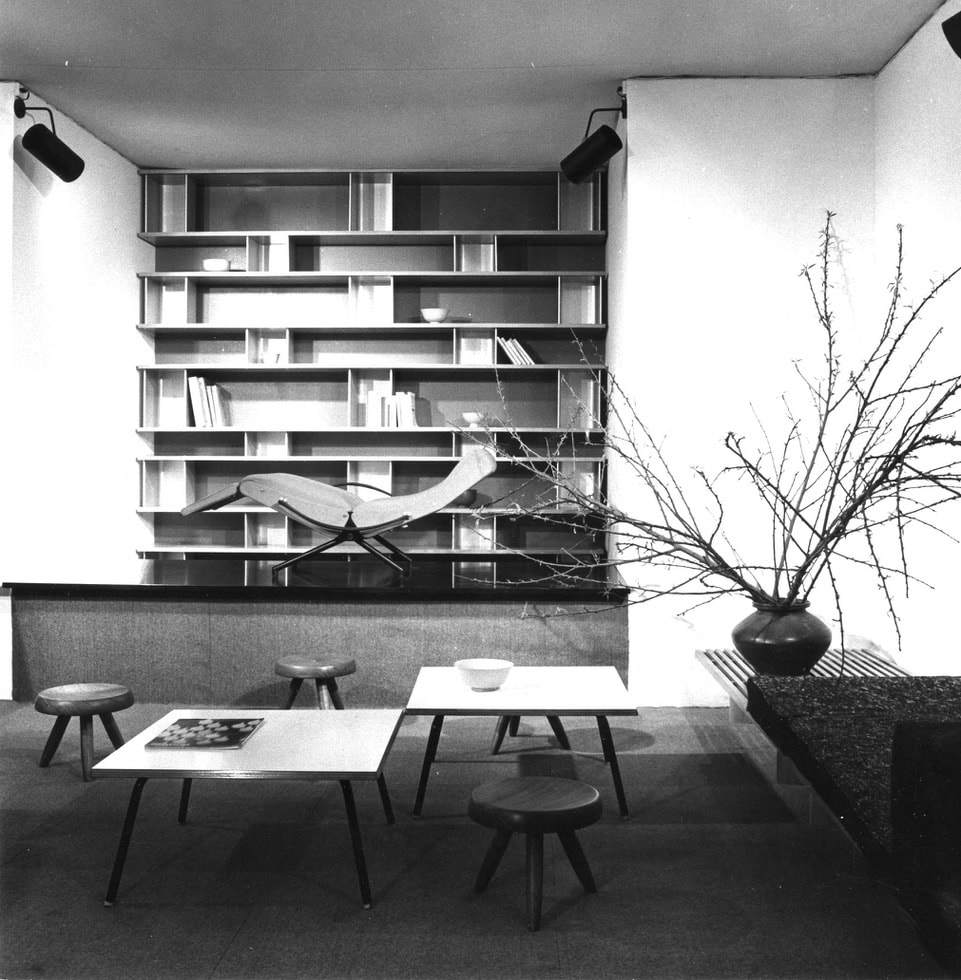
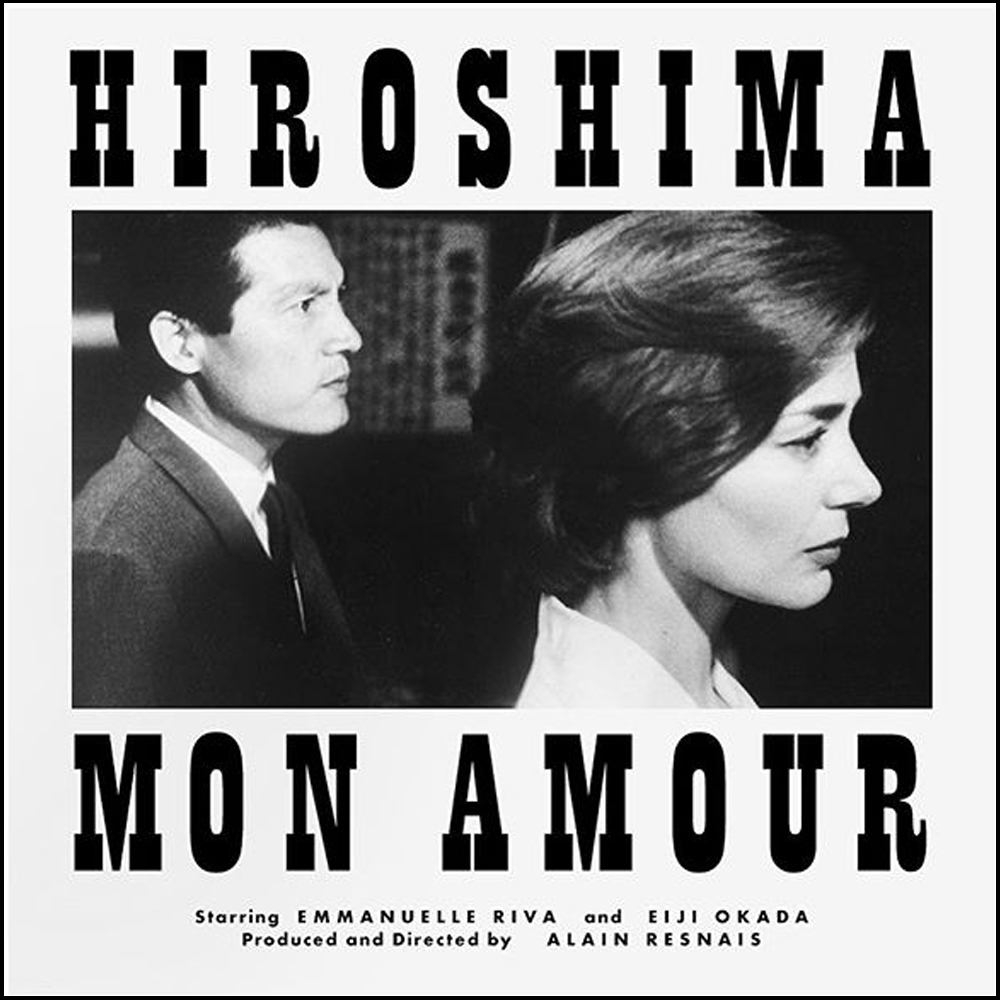
n°1 Hiroshima mon amour — Alain Resnais • 1959
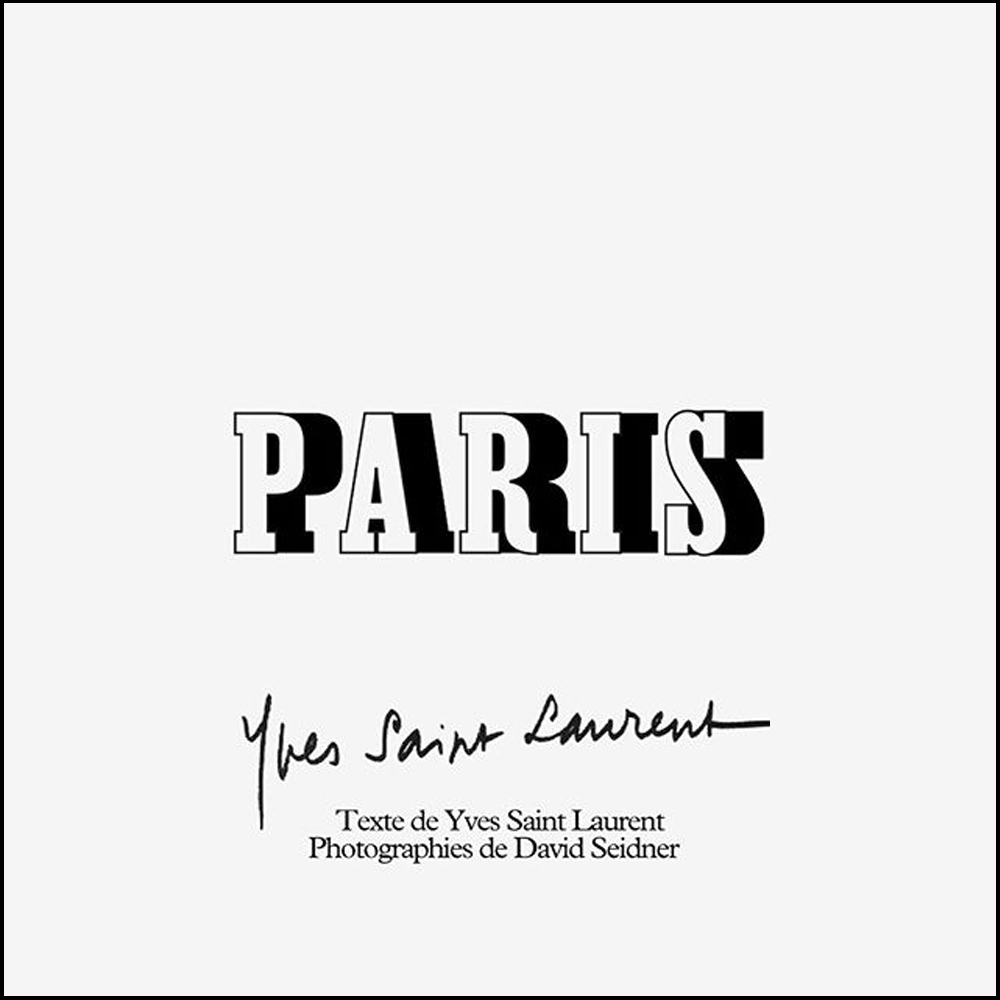
n°2 David Seidner — Ives Saint Laurent • 1983
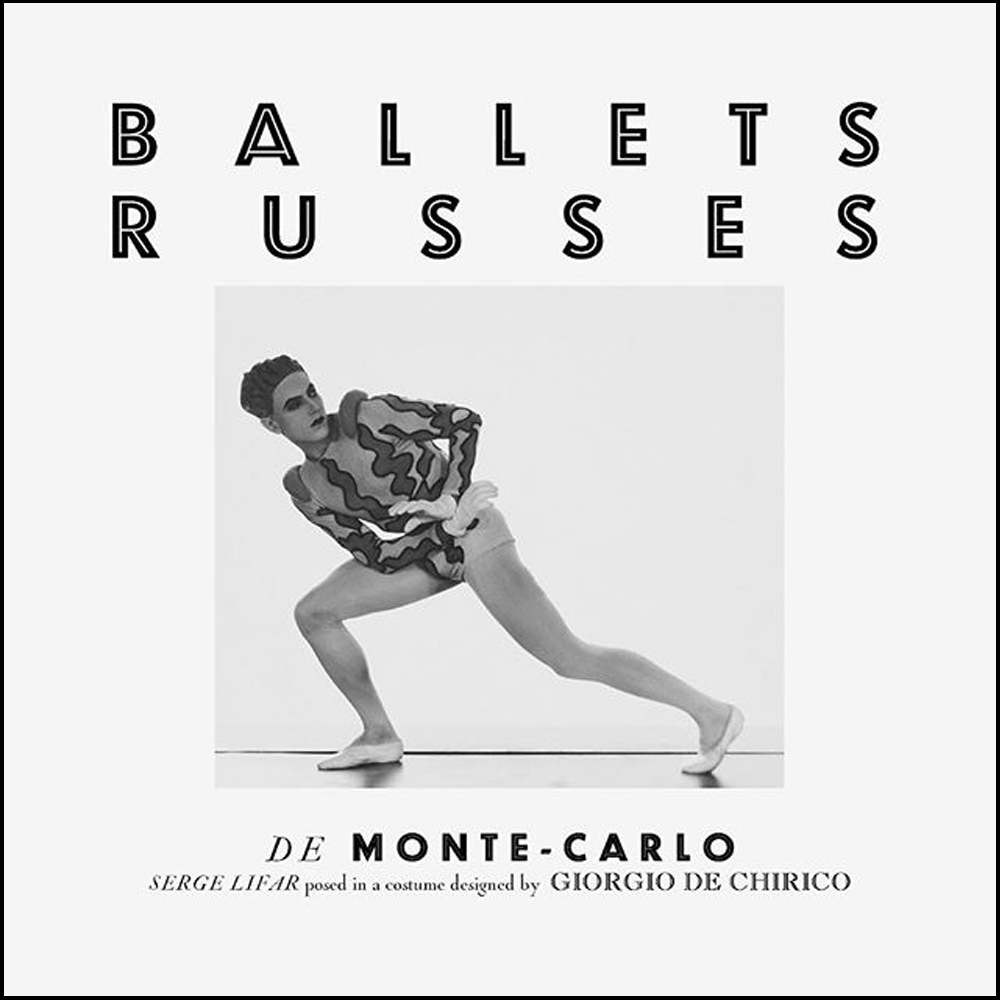
n°3 Ballets Russes de Monte-Carlo • 1934
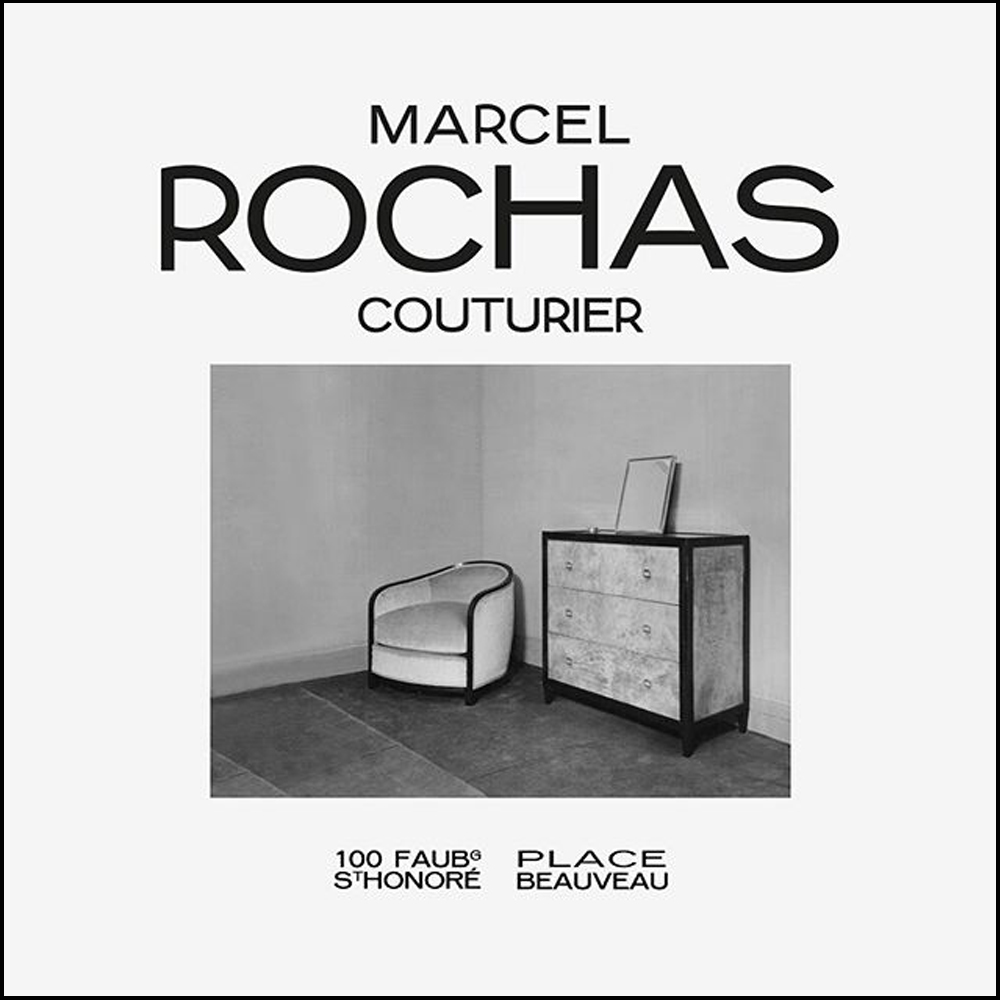
n°4 Marcel Rochas Paris • 1926
Inspiration at Horror Vacui Studio @horrorvacuistudio
ARNOLD NEWMAN:
EnvironmentalPortraits
May 1st, 2020
Arnold Newman was a celebrated American photographer known for his environmental portraits of artists and celebrities such as Pablo Picasso, Igor Stravinsky, and Jean Cocteau. “There are many things that are very false about photography when it is accepted without question,” he once explained.
“You must recognize and interpret it as you would any other art form, and then maybe it is a little more than real.”
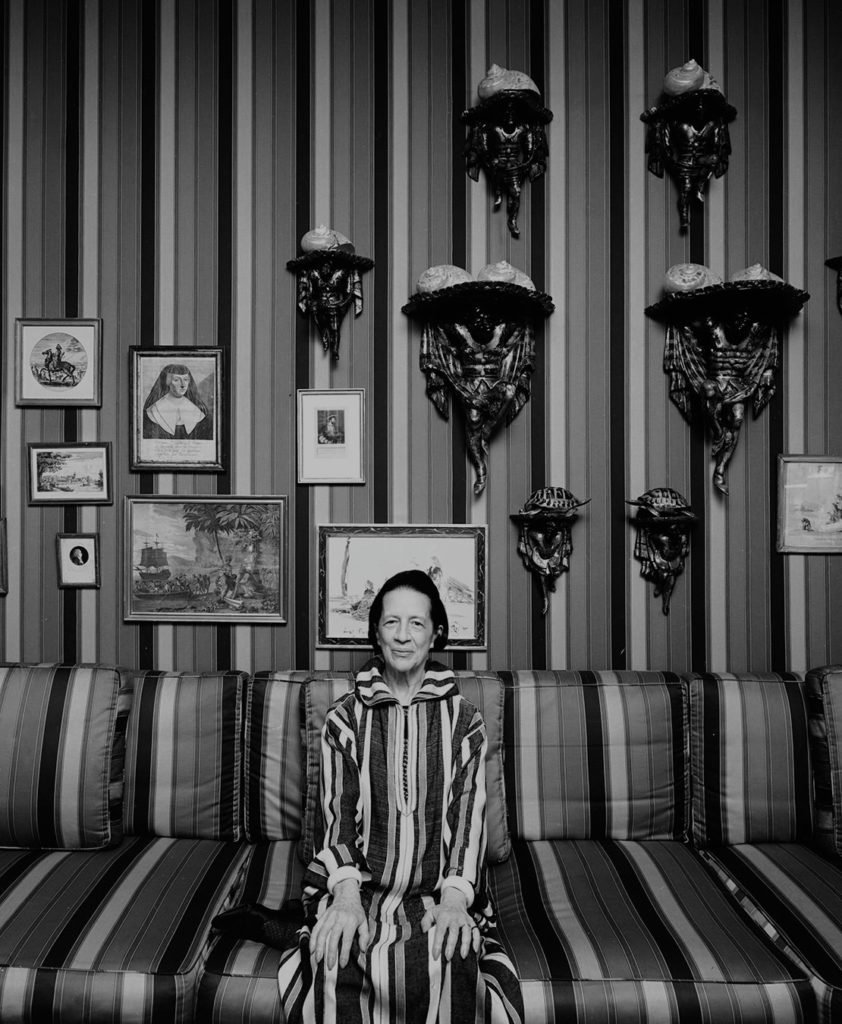
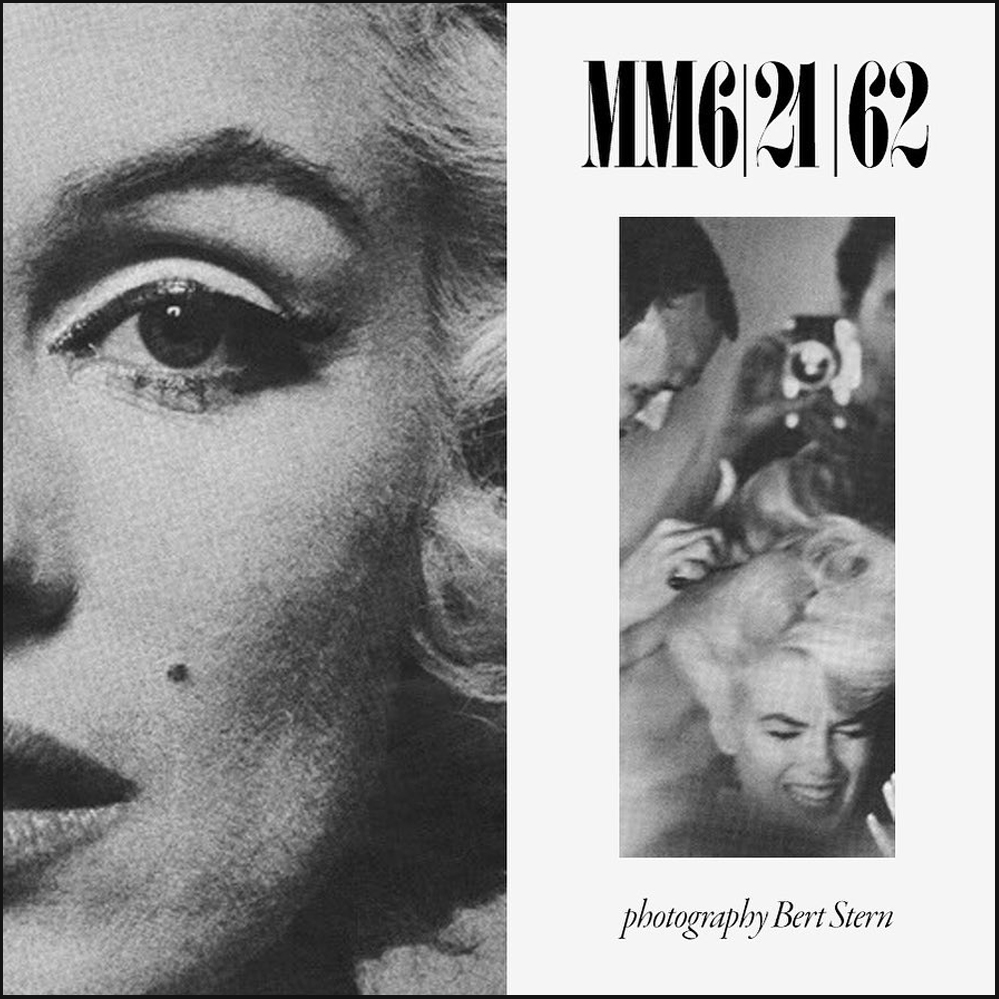
n°1 Eye magazine — Herb Luballin • 1962
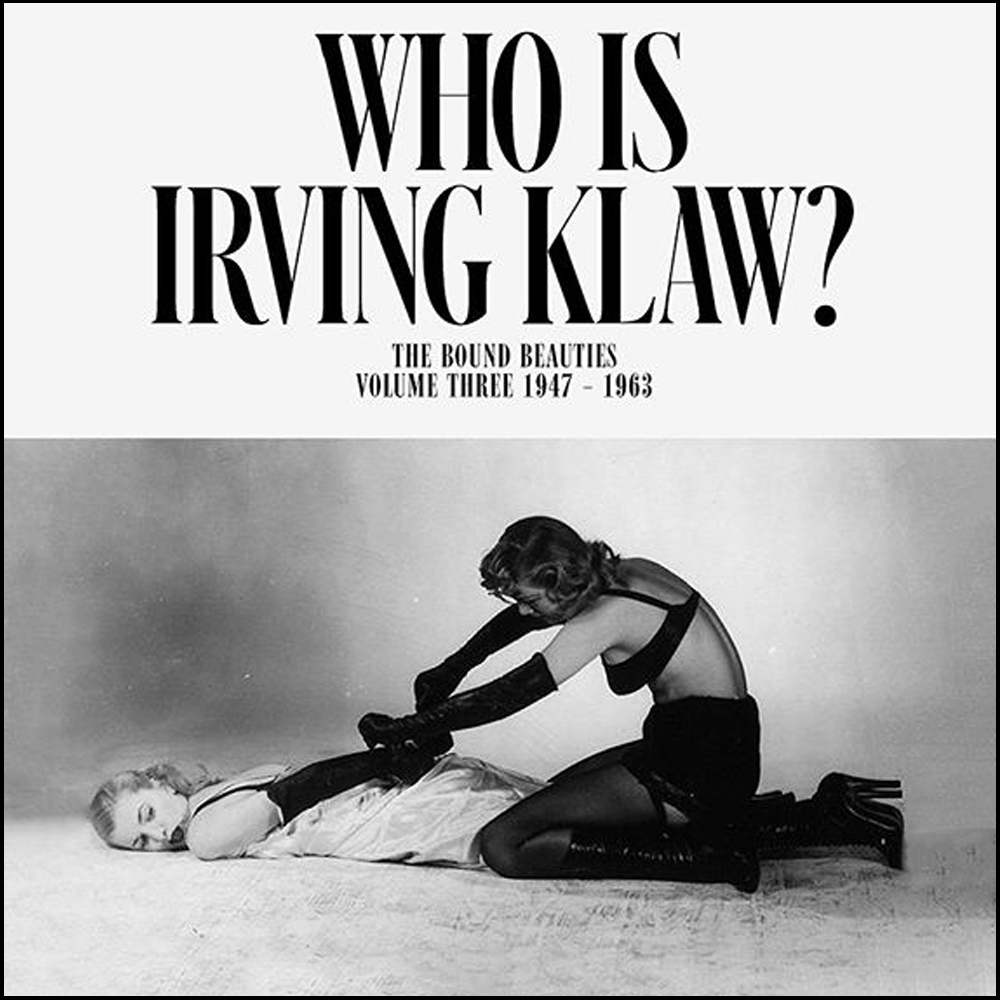
n°2 The Bound Beauties — Irving Klaw • 1963
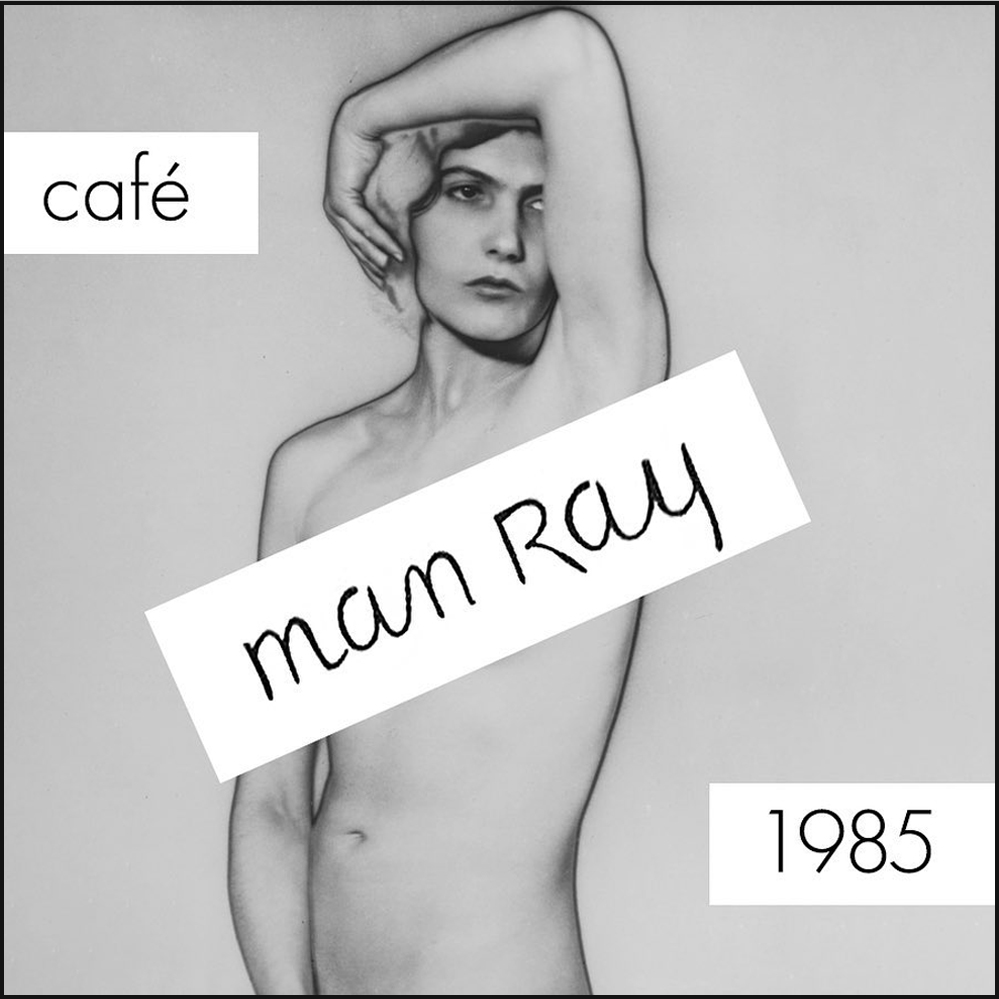
n°3 Café Man Ray • 1985
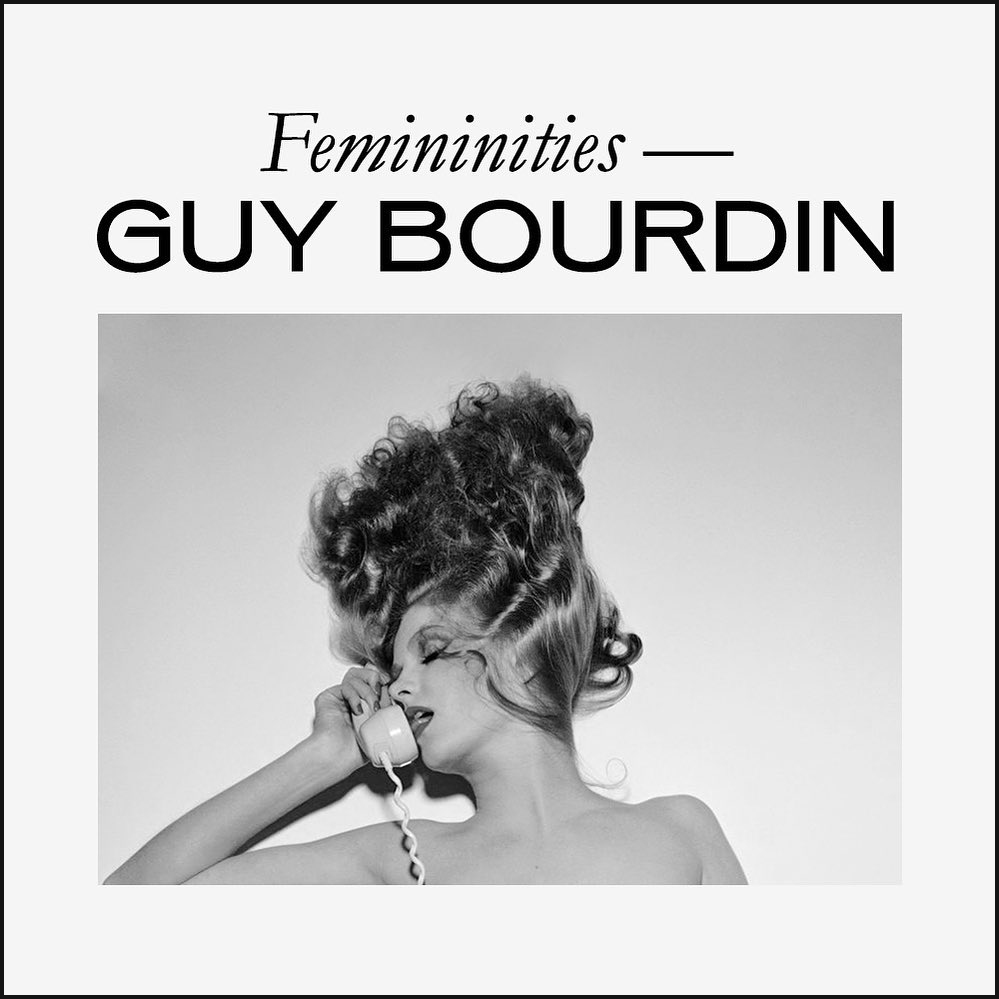
n°4 Femininities — Guy Bourdin • 2017
Inspiration at Horror Vacui Studio @horrorvacuistudio
GUGGENHEIM NY:
AmericanMasterpiece
April 27th, 2020
The Solomon R Guggenheim commonly referred to as the Guggenheim, is one of Wright’s most iconic projects and a key building of the 20th century.
Aiming to break away from the traditional museum layout, Wright designed the gallery as a continuous ramp.
Completely contrasting the strict Manhattan city grid, the organic curves of the museum are a landmark for lovers of modern art and architecture.
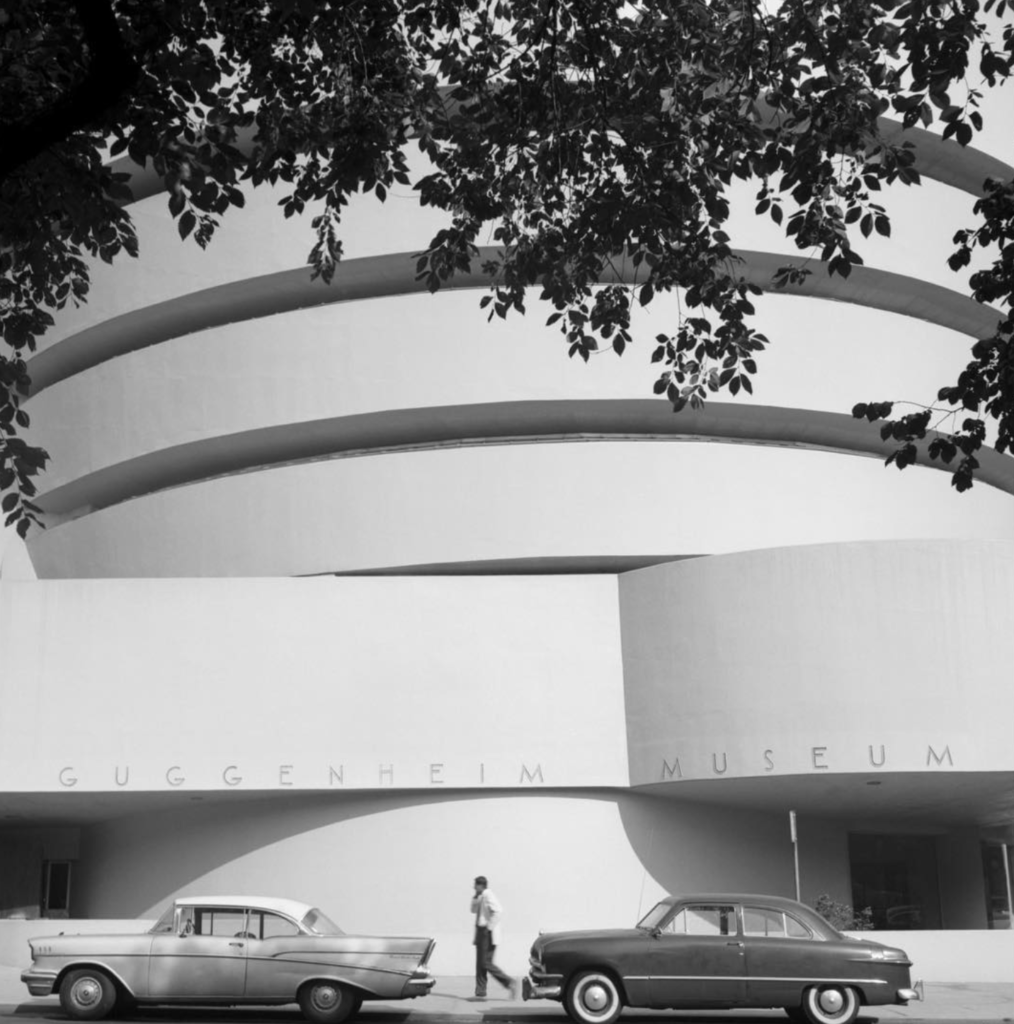
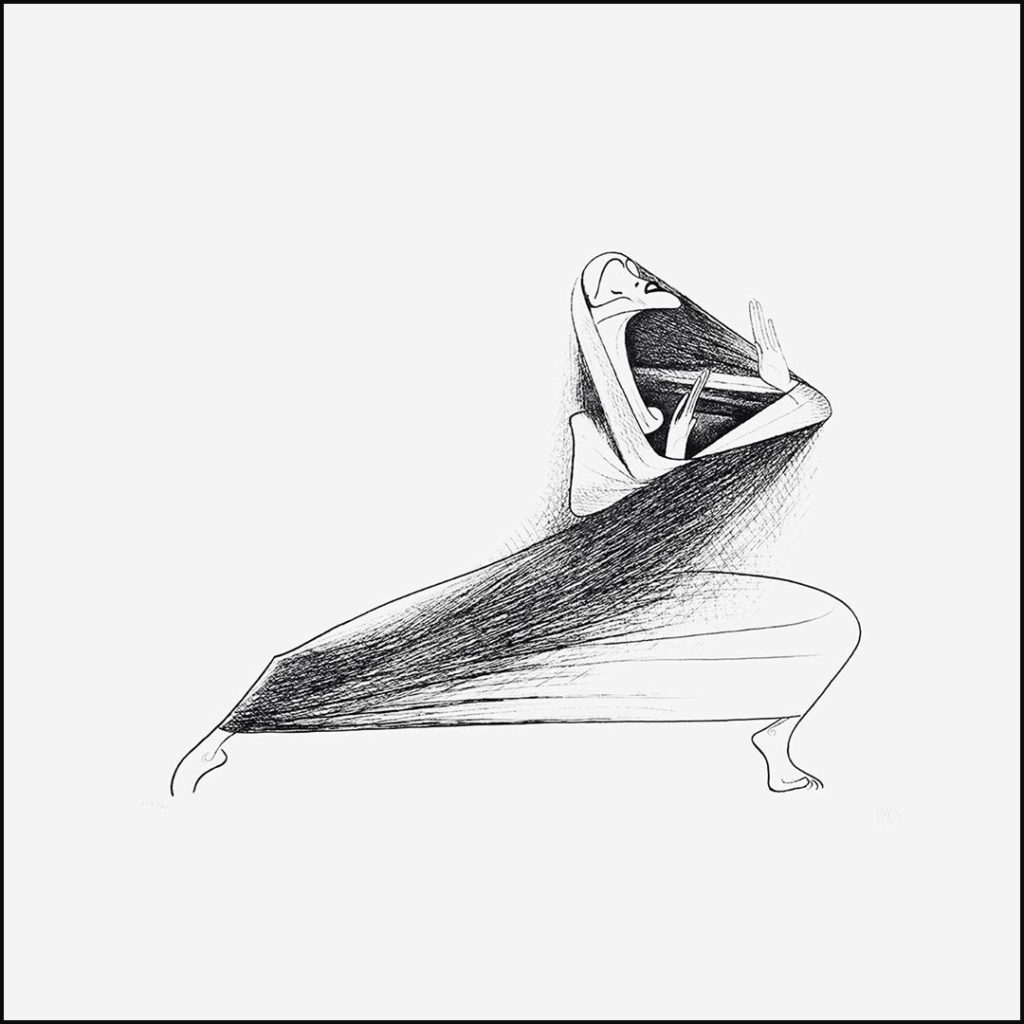
n°1 Lamentation, Martha Graham — HIRSCHFELD, Al • 1988
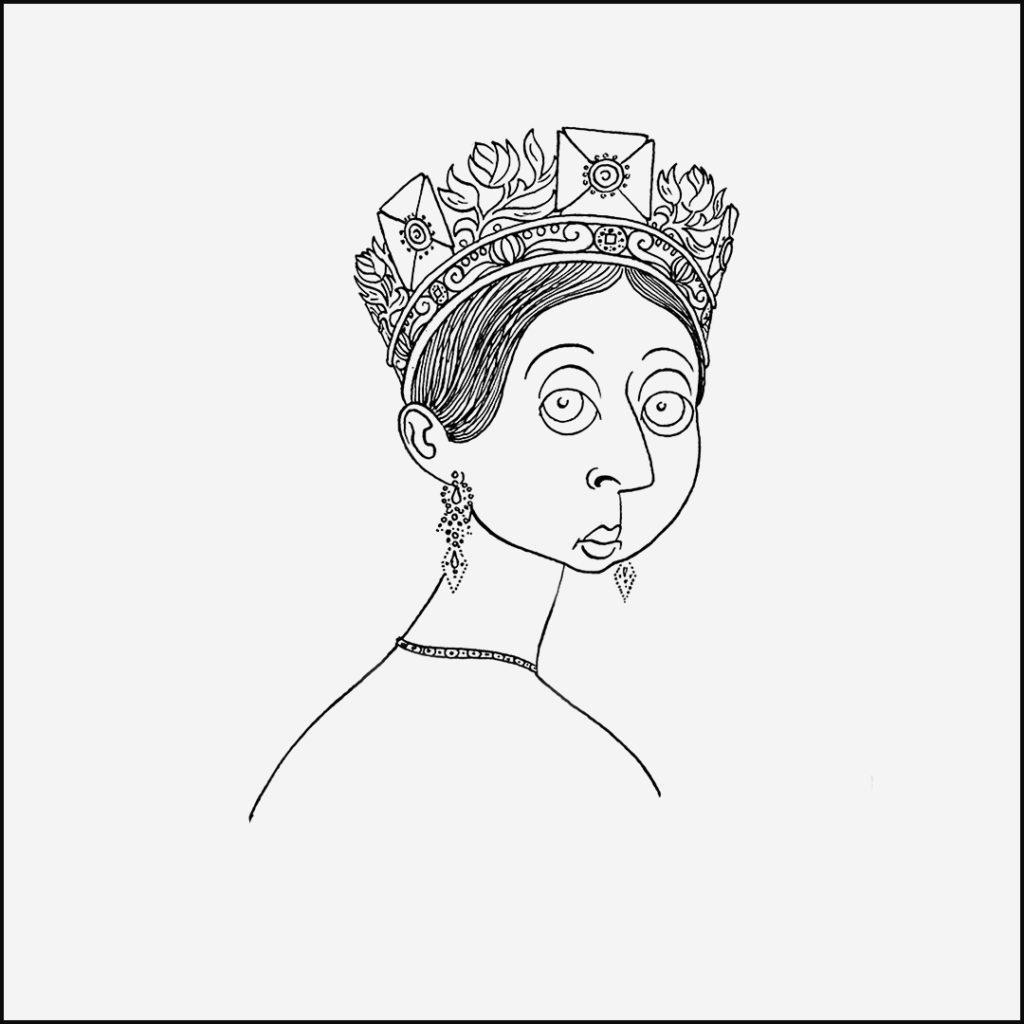
n°2 Queen Victoria — BENTLEY, Nicolas • 1907
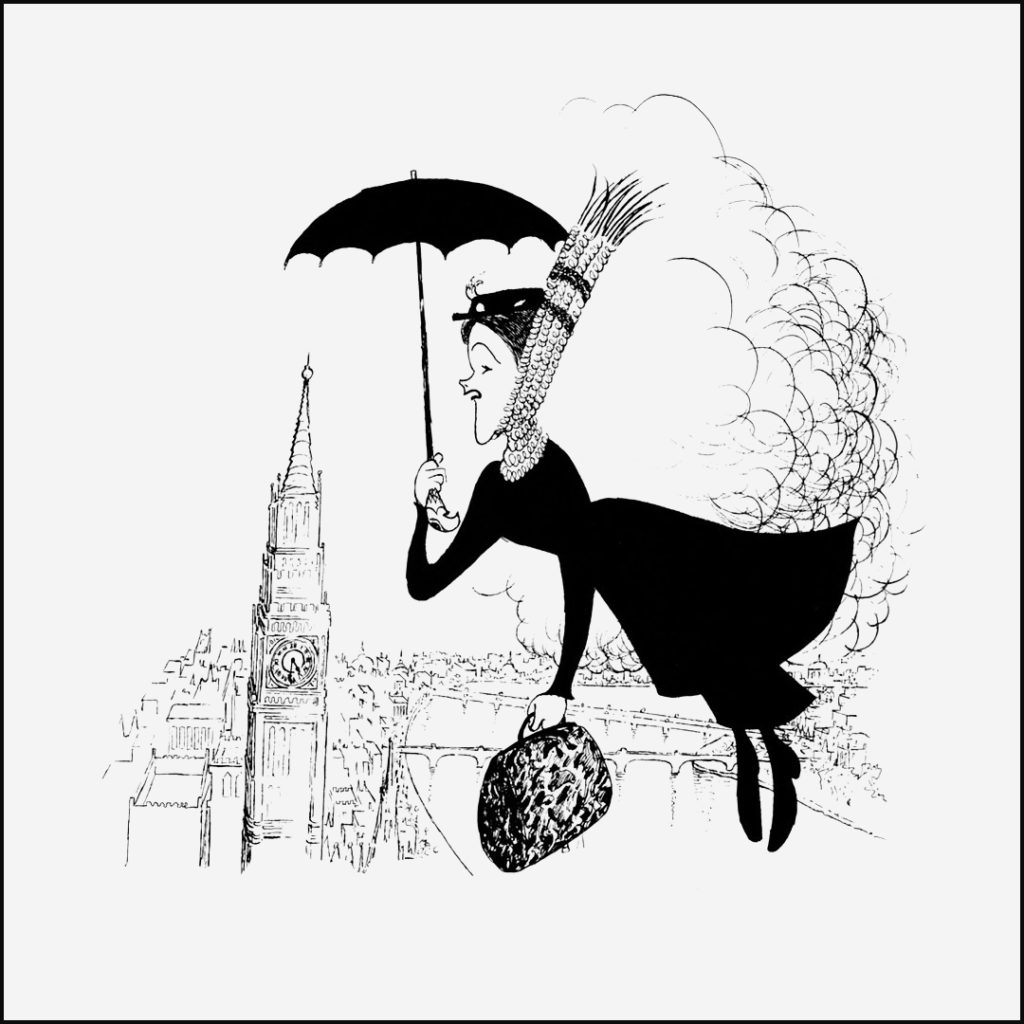
n°3 Mary Poppins — Hirschfeld, Al • 1964

n°4 Pillar to Post (Le Corbusier) — LANCASTER, Osbert • 1938
Inspiration at The Drawing Room @_thedrawingroom_
HENRY MOORE:
HumanLandscapes
April 5th, 2020
Henry Moore engaged the abstract, the surreal, the primitive, and the classical in vigorous corporeal forms that are as accessible and familiar as they are avant-garde.
His large-scale works celebrated the power of organic imagery at a time when traditional representation was largely eschewed by the vanguard art establishment. Their overwhelming physicality and forceful presence promote a charged relation between sculpture, site, and viewer.
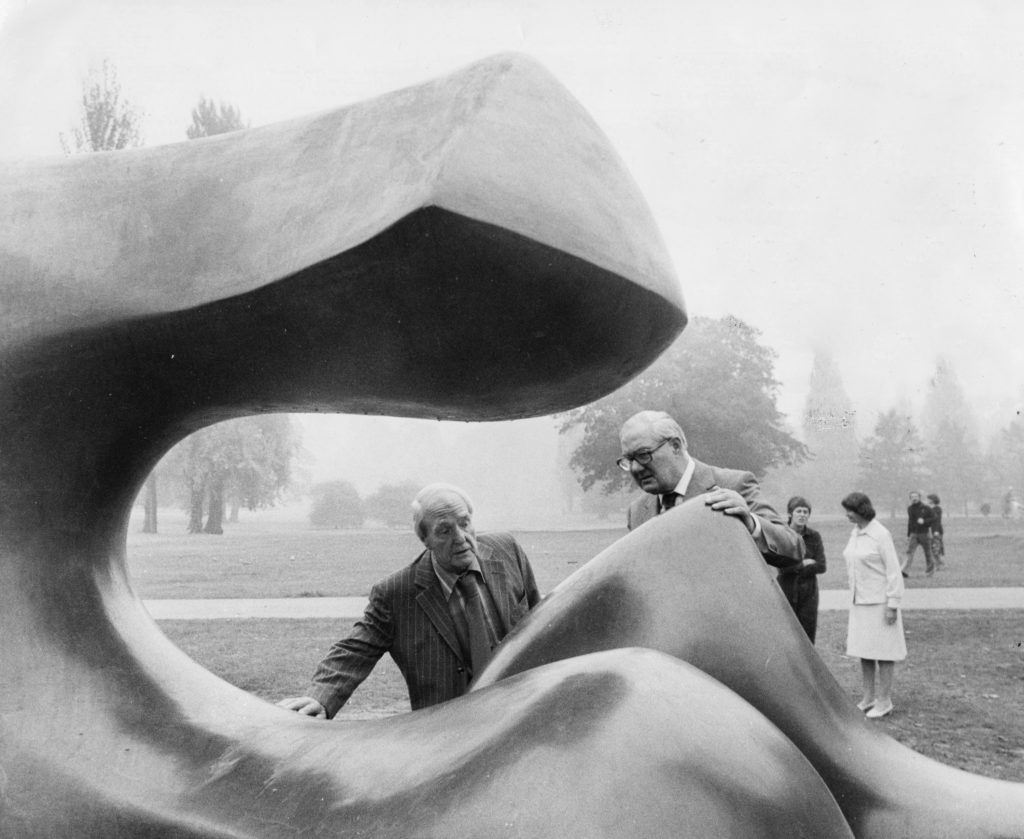
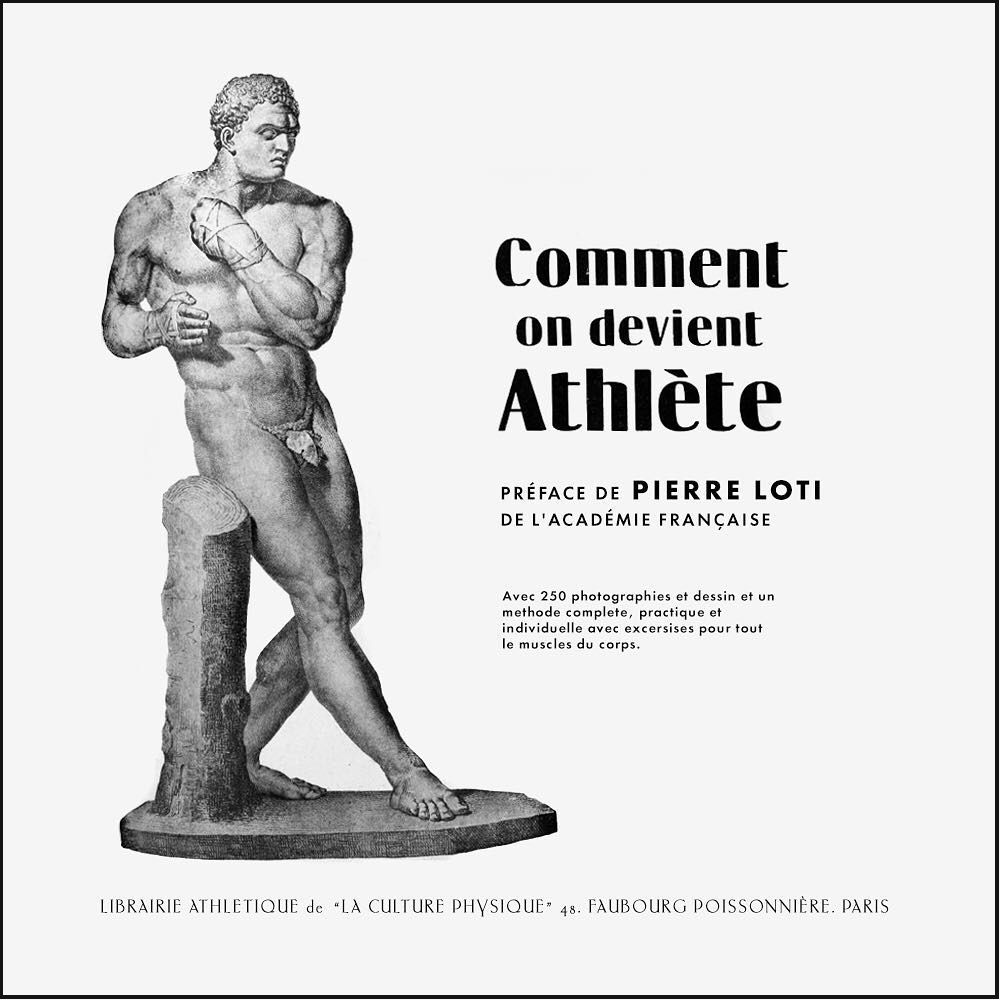
n°1 Comment on devient athlete • 1937

n°2 Caron pour un homme • 1949
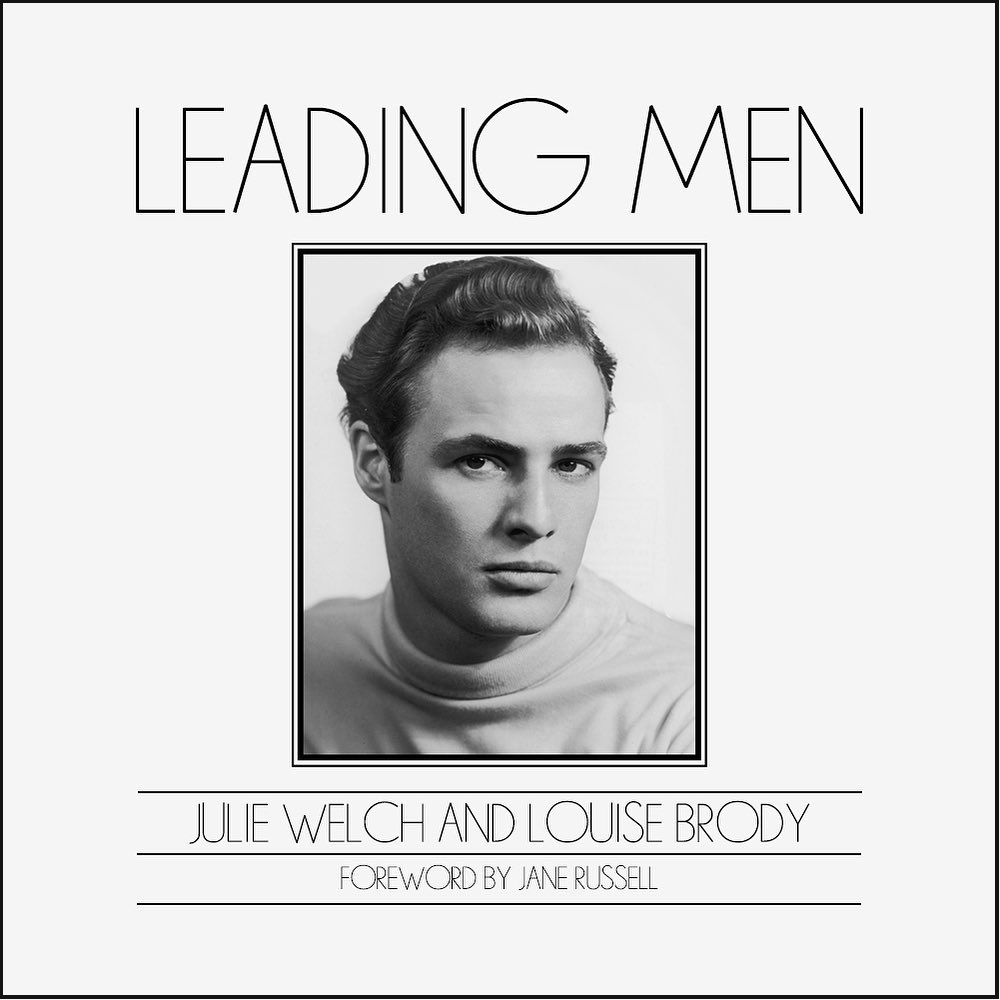
n°3 Leading Men — Jane Russeli • 1985
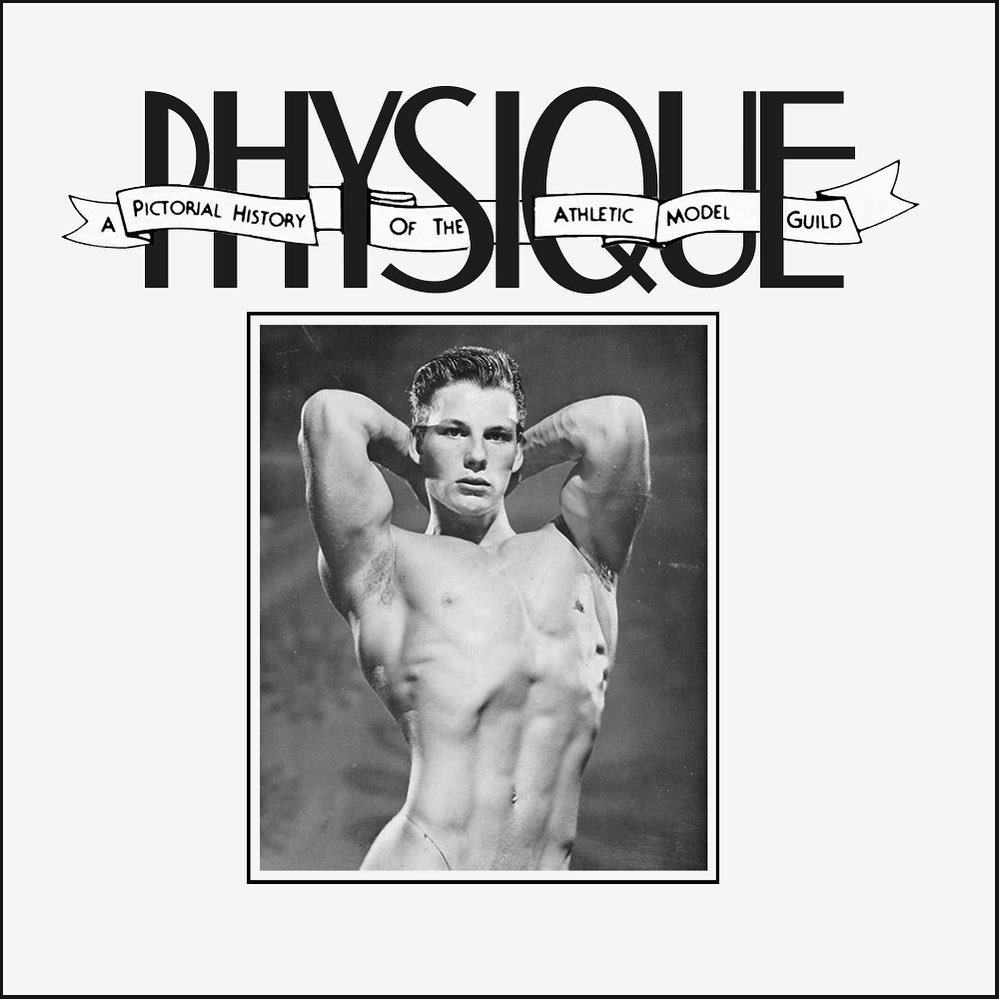
n°4 Physique • 1982
Inspiration at Horror Vacui Studio @horrorvacuistudio
SAUL STEINBERG:
EpicDoodler
March 5th, 2020
He did architectural fantasies, watercolor landscapes and vicious pictures of New York street life that indicated a pessimism about urban life: Mickey Mouse as a terrorist in boots, doormen as saluting soldiers, building facades as frightening mazes. He made a library of rubber stamps, with which he canceled his drawings and postcard landscapes. He also made a series of ”tables,” which were wood constructions full of visual puns — rulers, brushes, erasers, and pens — painted onto the surface.
”His drawings are, in a sense, anthologies of art history,” the critic Hilton Kramer once wrote. ”There are Cubist and rococo characters. Expressionist conversations, Renaissance objects. Gothic words and Pointillist emotions
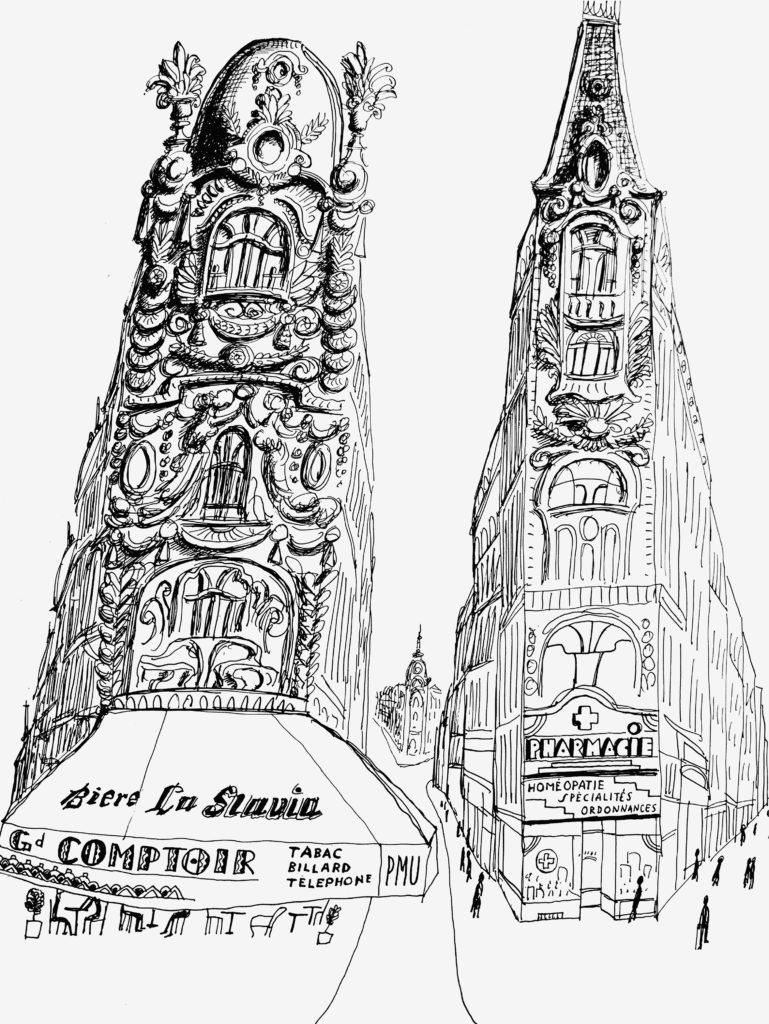
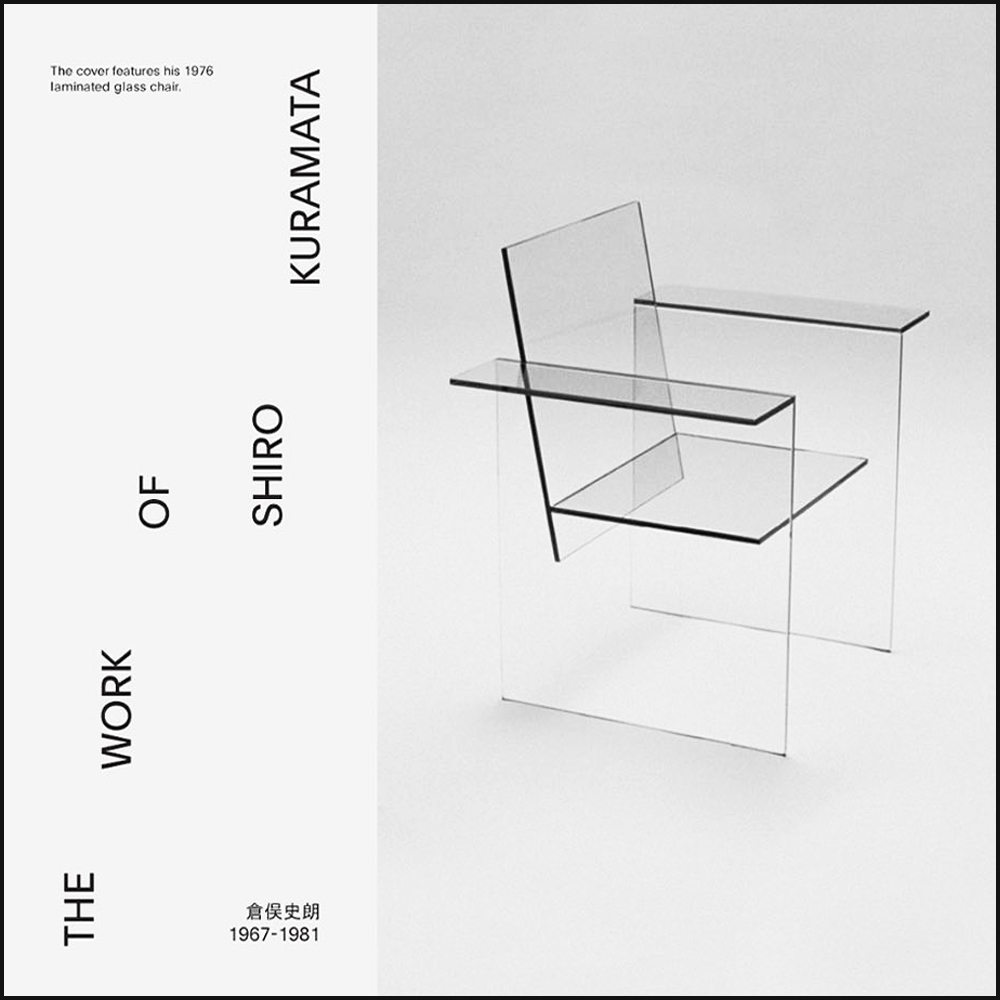
n°1 Glaass chair — Shiro Kuramata • 1981
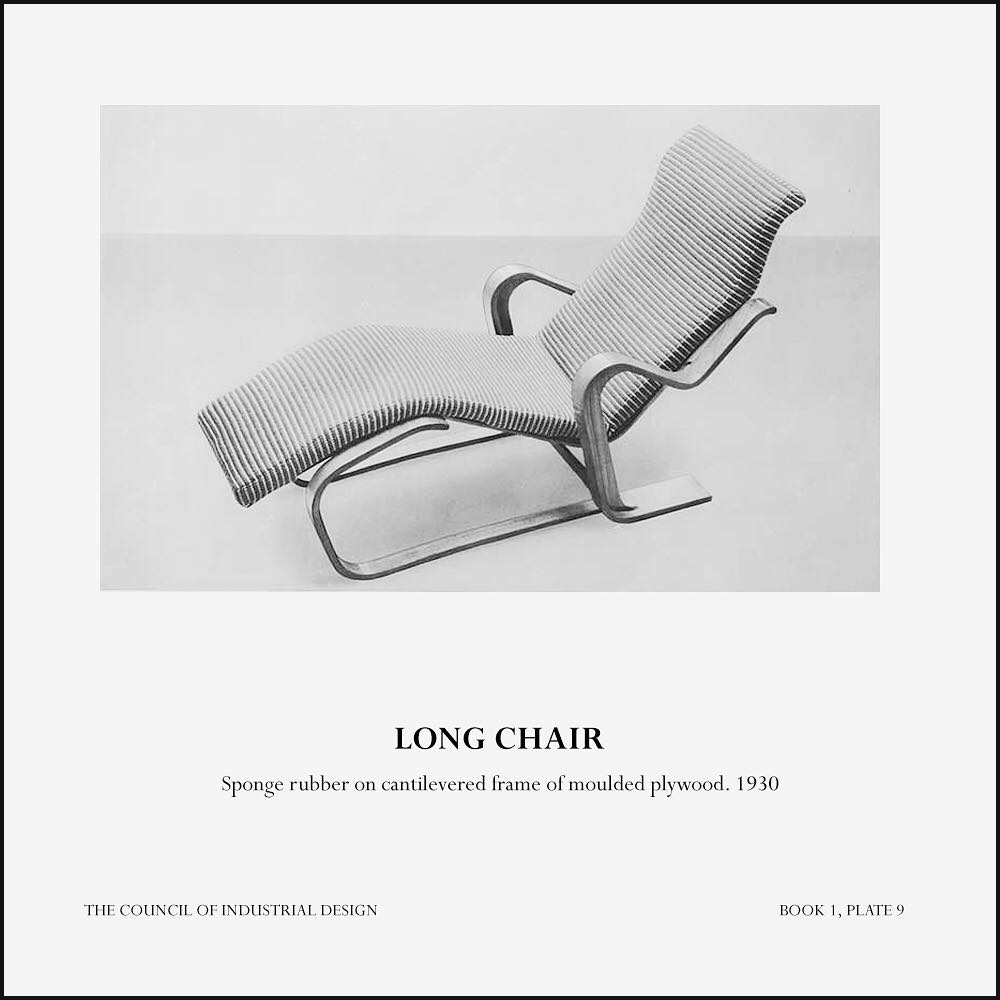
n°2 Long chair — Marcel Breuer • 1930
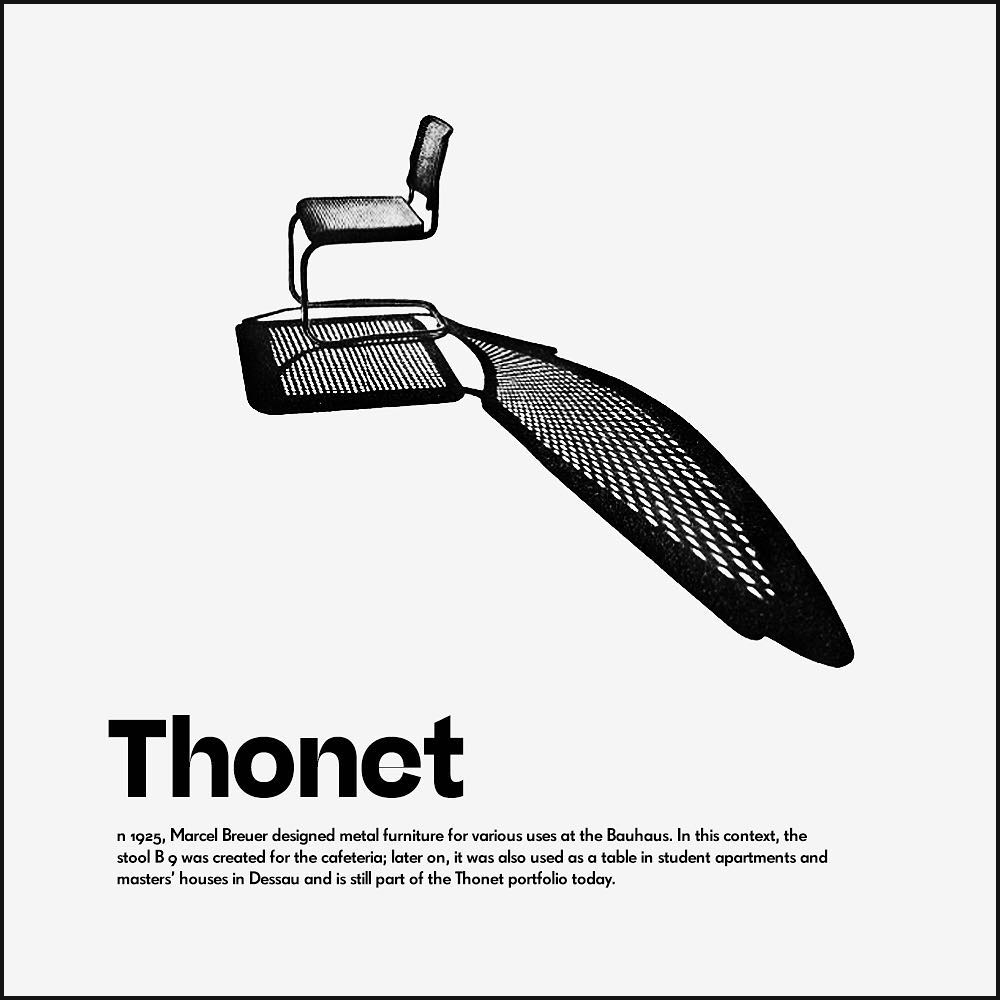
n°3 Thonet chaair — Marcel Breuer • 1931
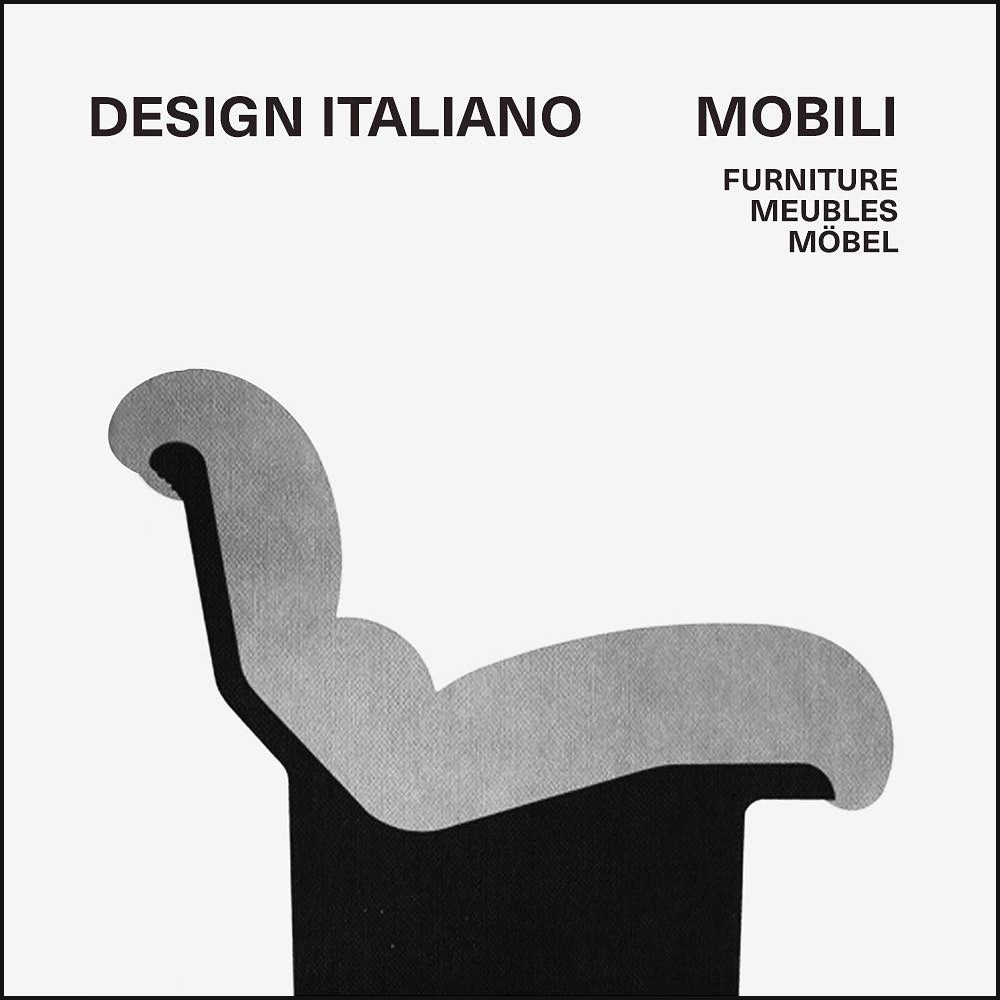
n°4 Design Italiano Mobili • 1968
Inspiration at Horror Vacui Studio @horrorvacuistudio
CASA SOBRE EL ARROYO:
TheCity Humanity Needs
February 5th, 2020
The house over the brook, in Mar del Plata, Argentina, is one of Amancio Williams’ most important projects and has been recognized as a paradigm of modern and twentieth-century architecture. International critics have highlighted the architectural values, research and technological development behind it, its construction process and its integration in the landscape.
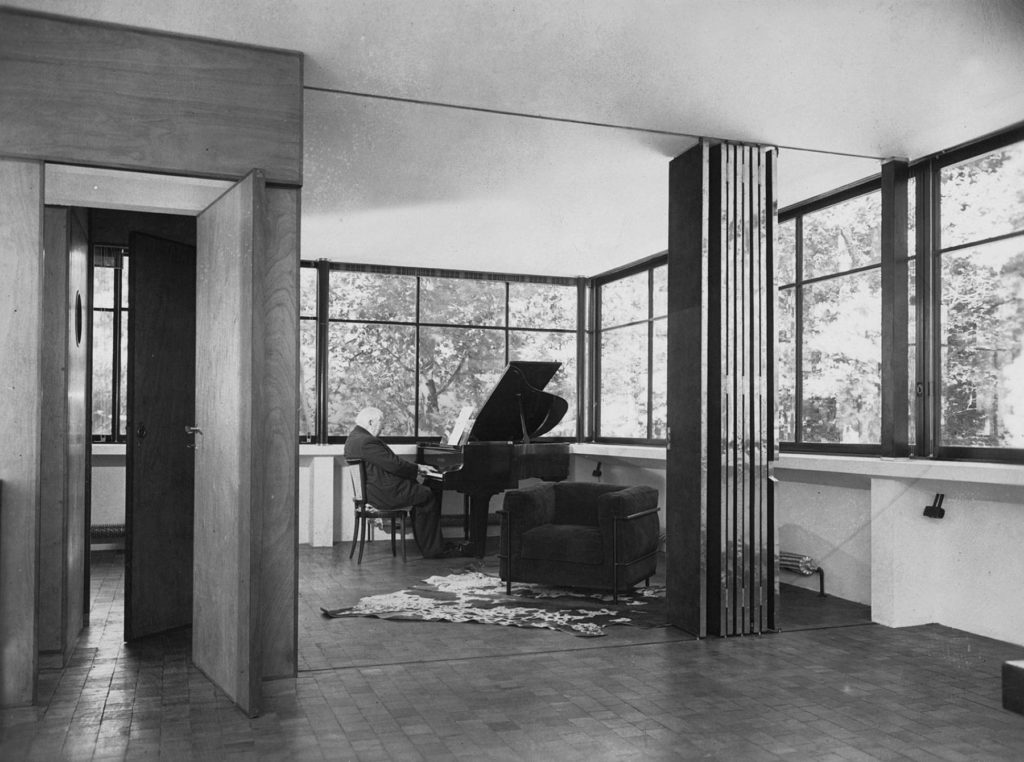
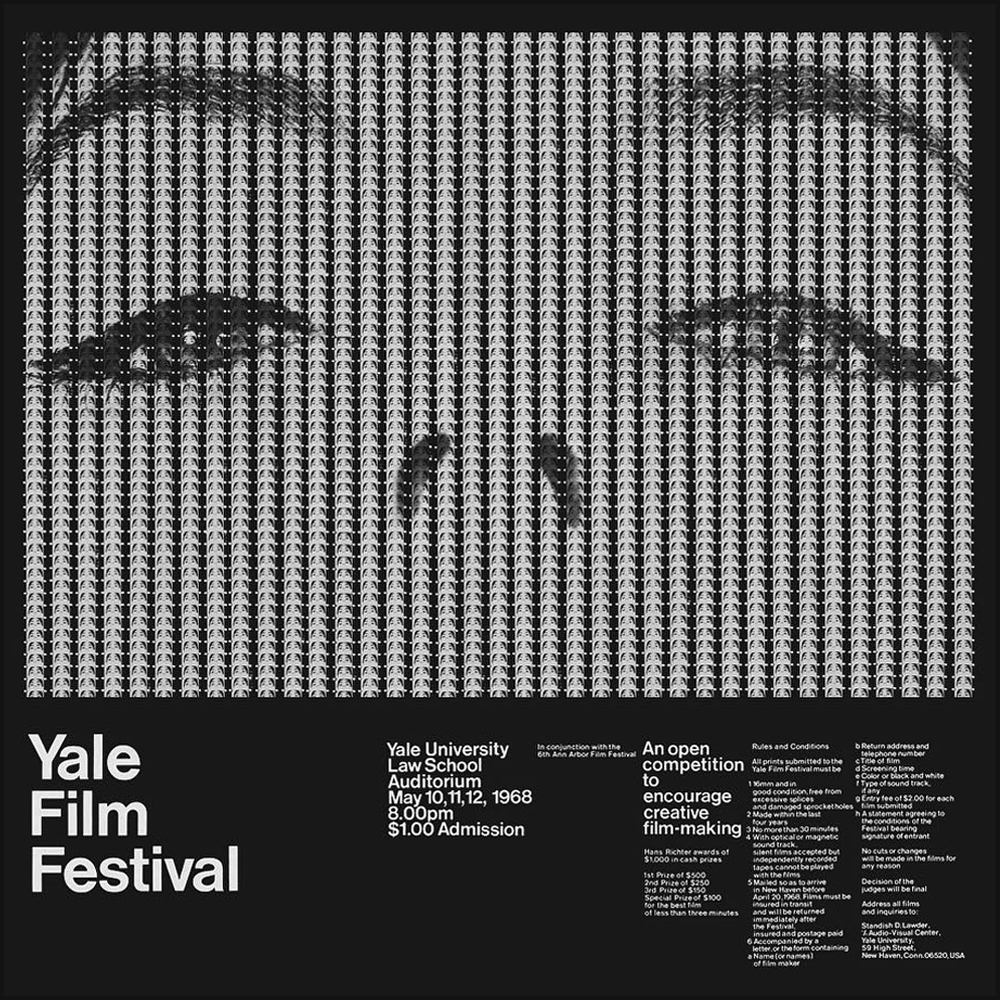
n°1 Yale Film Festival • 1968
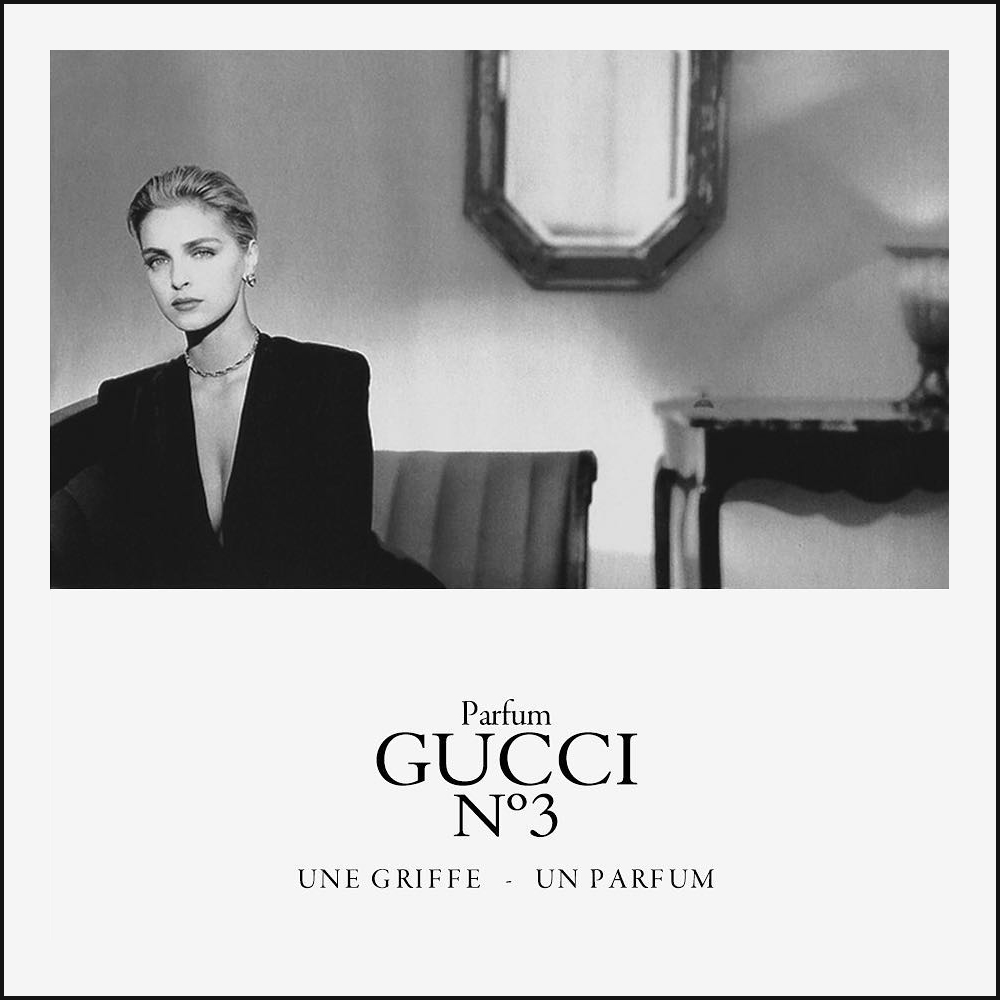
n°2 Parfum No.3 — Gucci • 1987

n°3 Parfum No.19 — Chanel • 1974
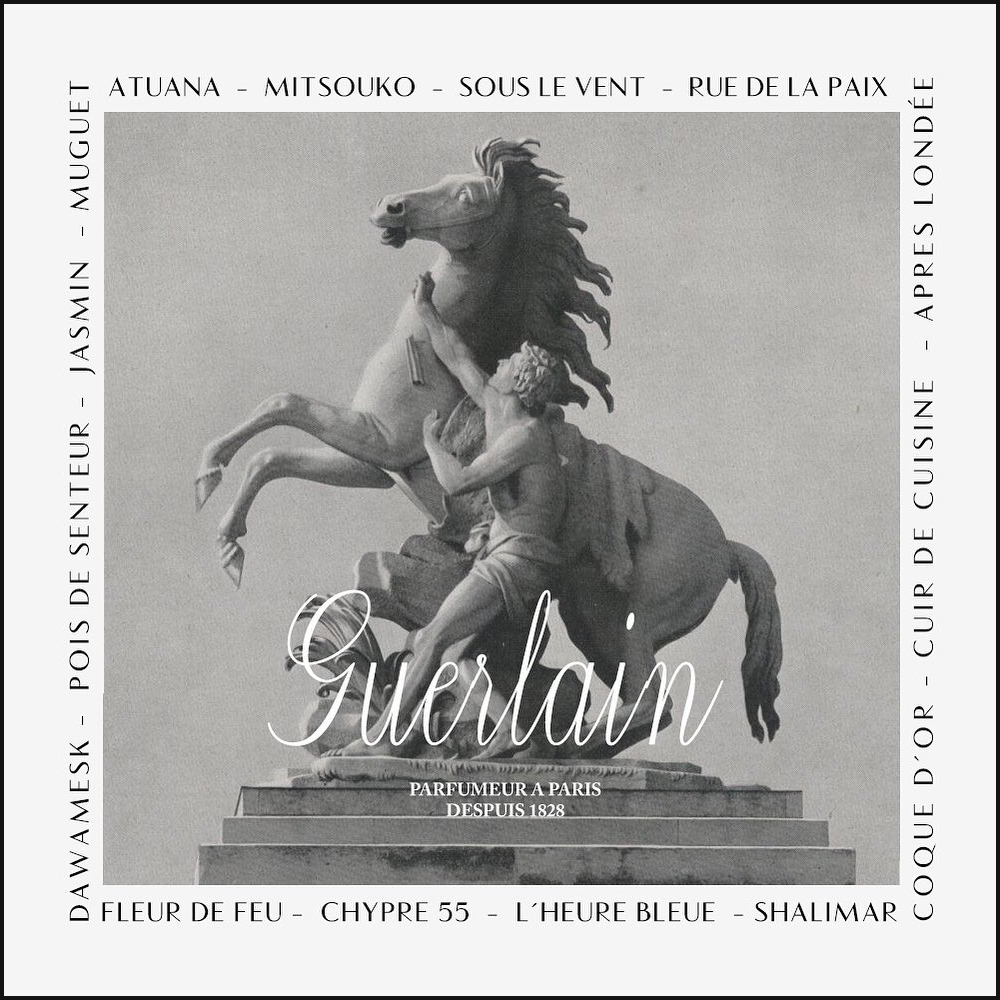
n°4 Guerlain Parfum • 1953
Inspiration at Horror Vacui Studio @horrorvacuistudio
VANESSA BELL:
Sister Act
January 5th, 2020
Every time you refer to her as Virginia Woolf’s big sister, Vanessa Bell rolls her eyes at you from the grave. An acclaimed modernist painter and founding member of the lauded Bloomsbury group, Bell also dominated the world of modernist book cover design. Bell was the queen of the unclean line, and her book covers were the visual manifestation of her sister’s uninhibited, musical prose. If you fear asymmetry, read no further. If you crave kinetic graphics and broken rules, carry on.
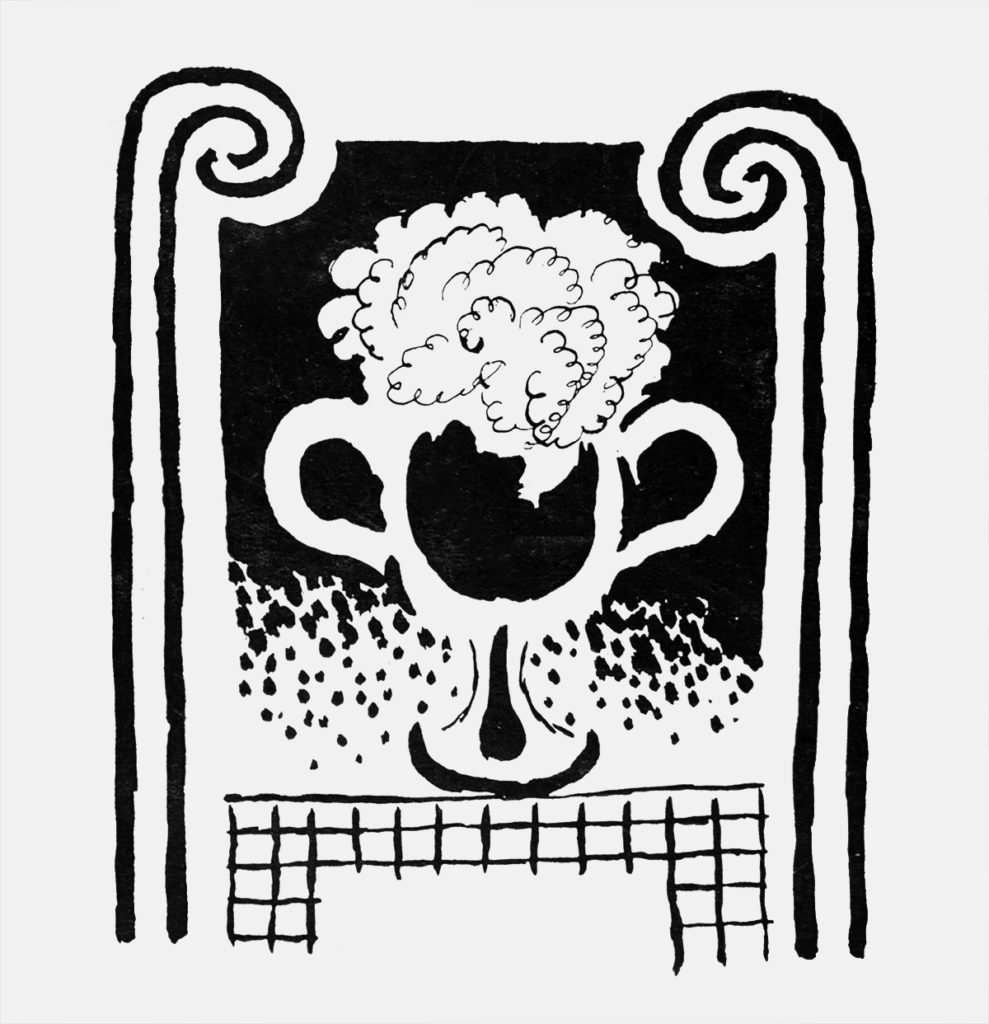
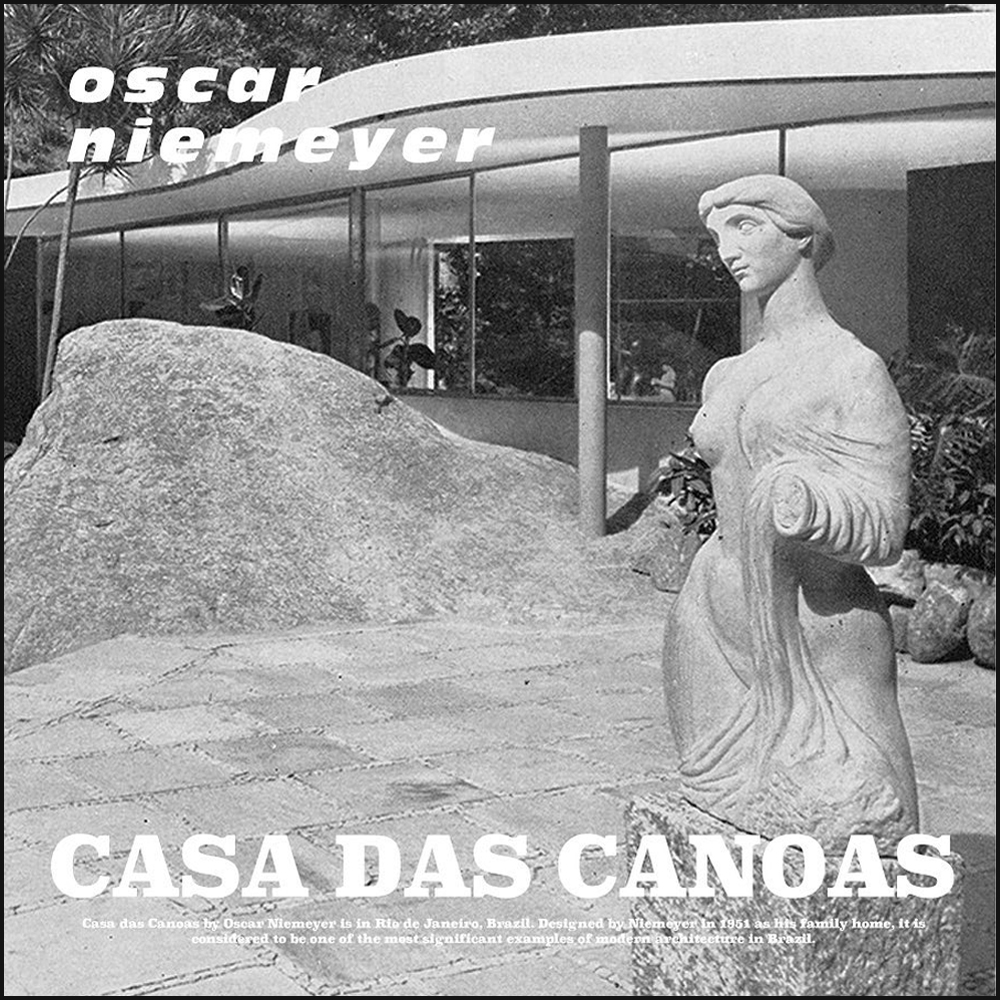
n°1 Casa das canoas — Oscar Niemeyer • 1951
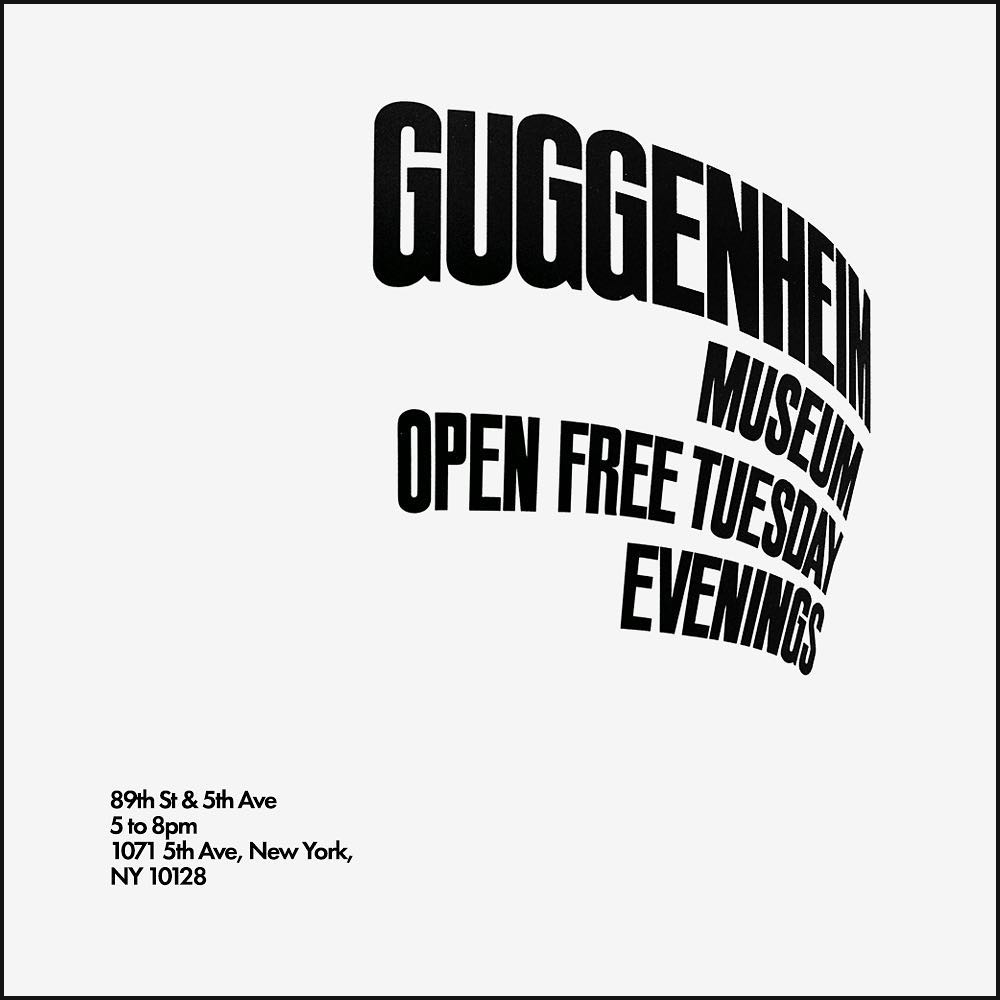
n°2 Guggenheim museum opening free tuesday evenings • 1975
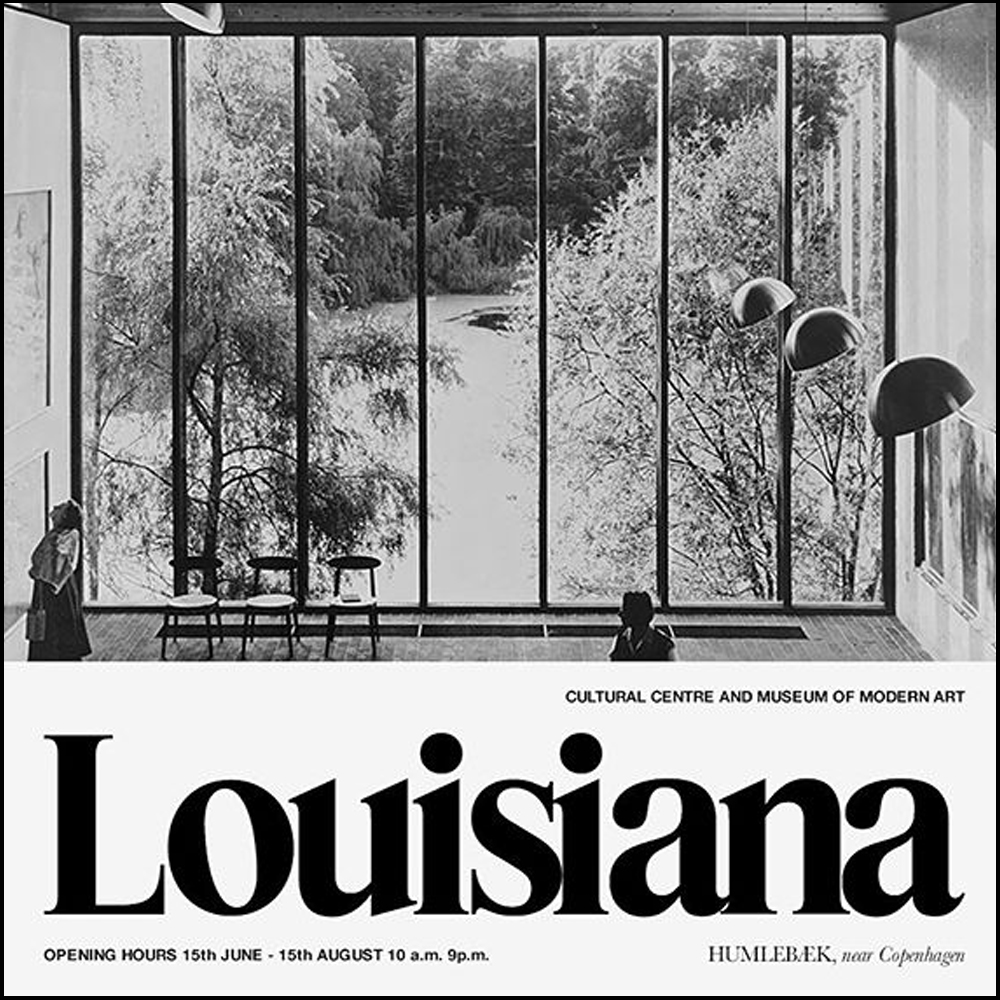
n°3 Louisiana museum poster • 1958

n°4 Frank house — Case Study Houses • 1962
Inspiration at Horror Vacui Studio @horrorvacuistudio
JEAN-MICHEL FRANK:
Pursuitof Elemental
December 12th, 2019
French interior designer Jean-Michel Frank championed minimal interiors through the mixing of styles and cultures. According to Frank, “the noble frames that came to us from the past can receive today’s creations.” The severity of modern design was lessened by Frank’s all-encompassing approach that gladly mixed styles, cultures, and materials to create multi-dimensional surfaces and compositions. Frank’s playful combination of spare and rectilinear details, inspired by the architect Robert Mallet-Stevens, and sumptuous materials such as shagreen, mica, and straw marquetry helped soften the oftentimes austere interiors pioneered during the period in France and abroad.
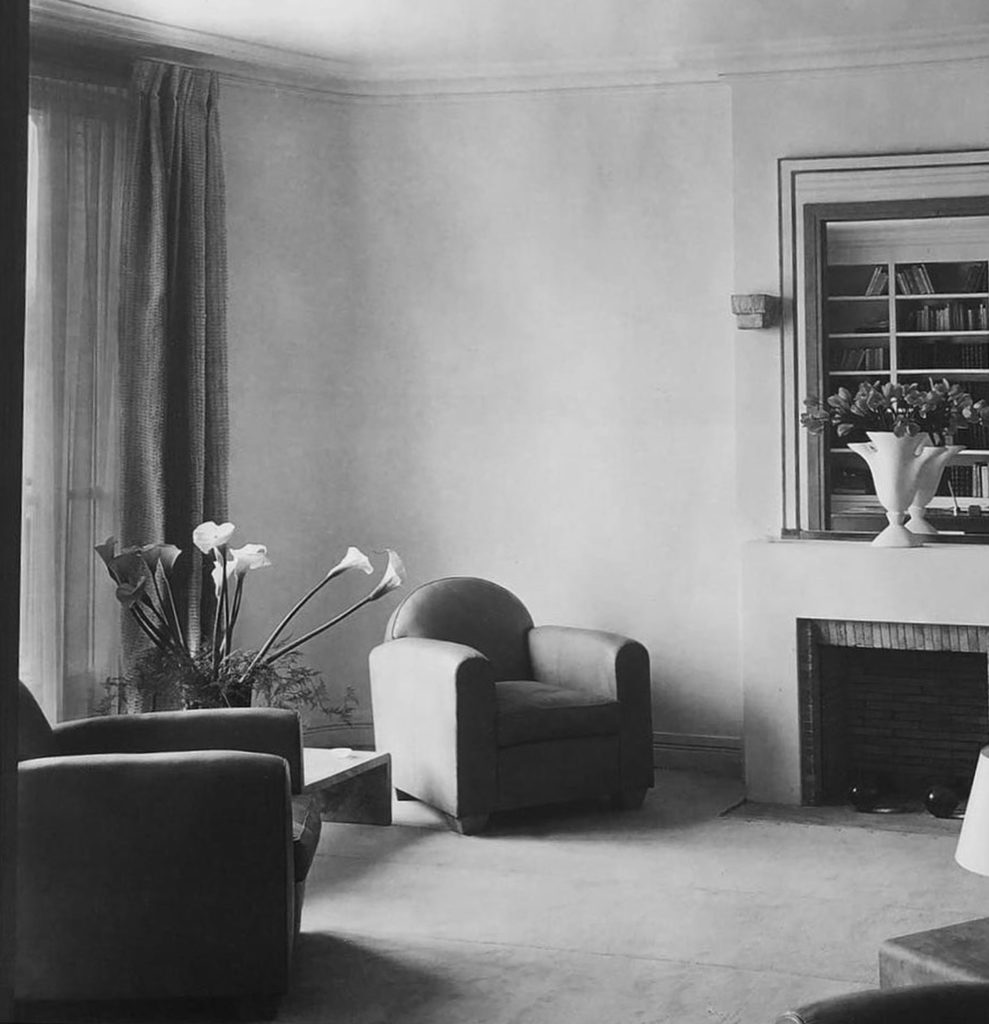
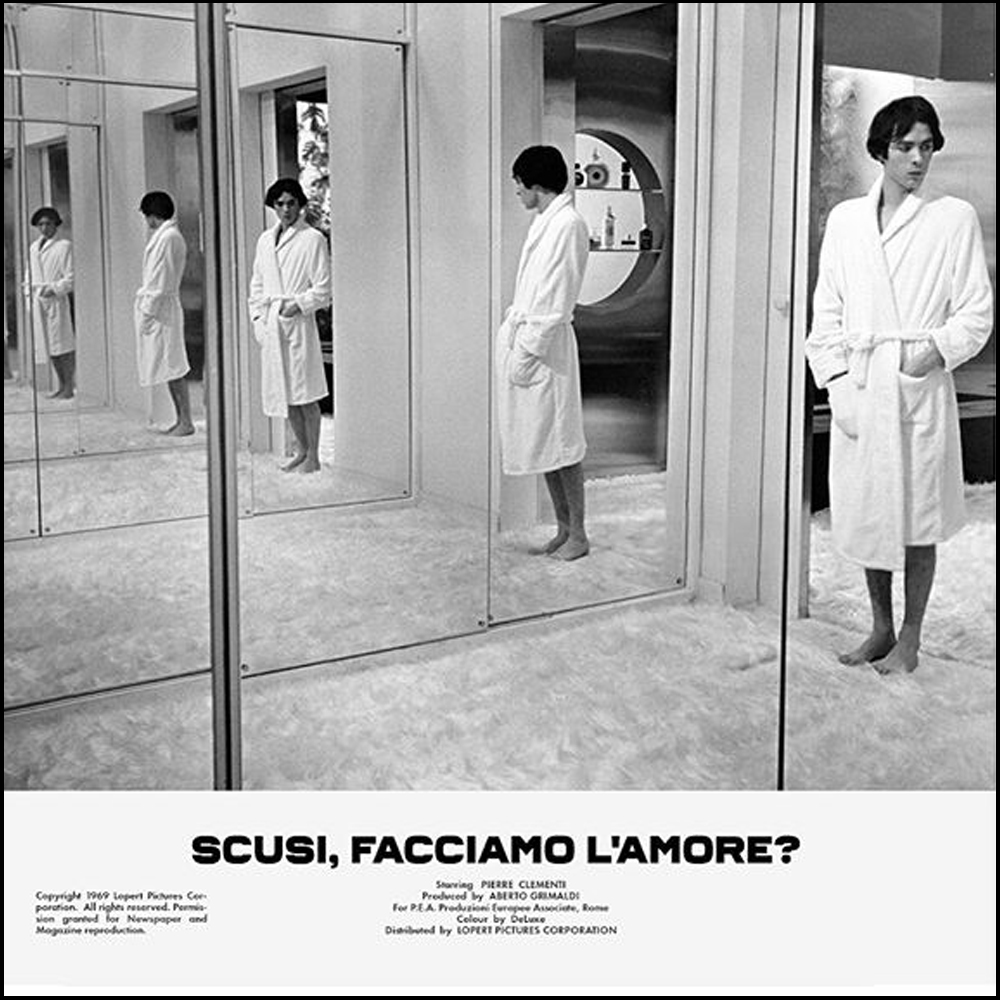
n°1 Scusi, facciamo l’amore? — Alberto Grimaldi • 1969

n°2 Operacja Konieczna • 1956
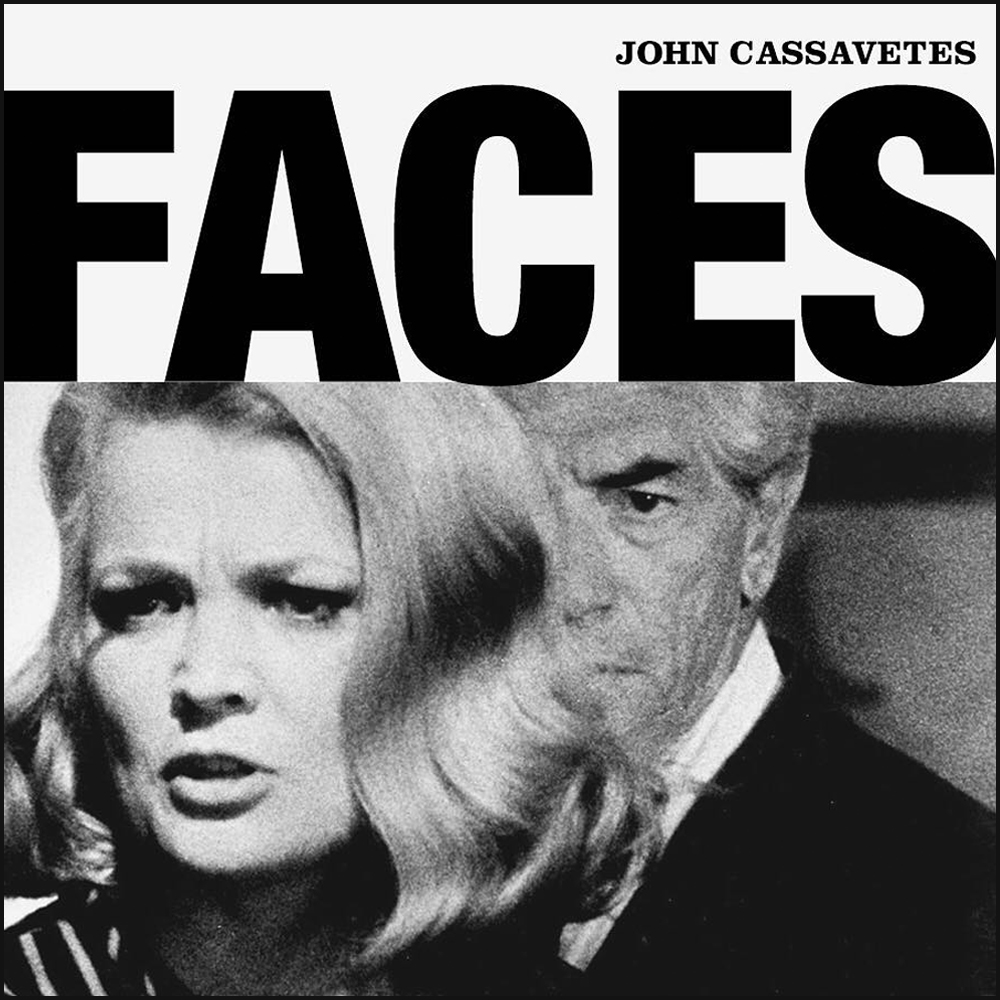
n°3 Faces — John Cassevetes • 1968
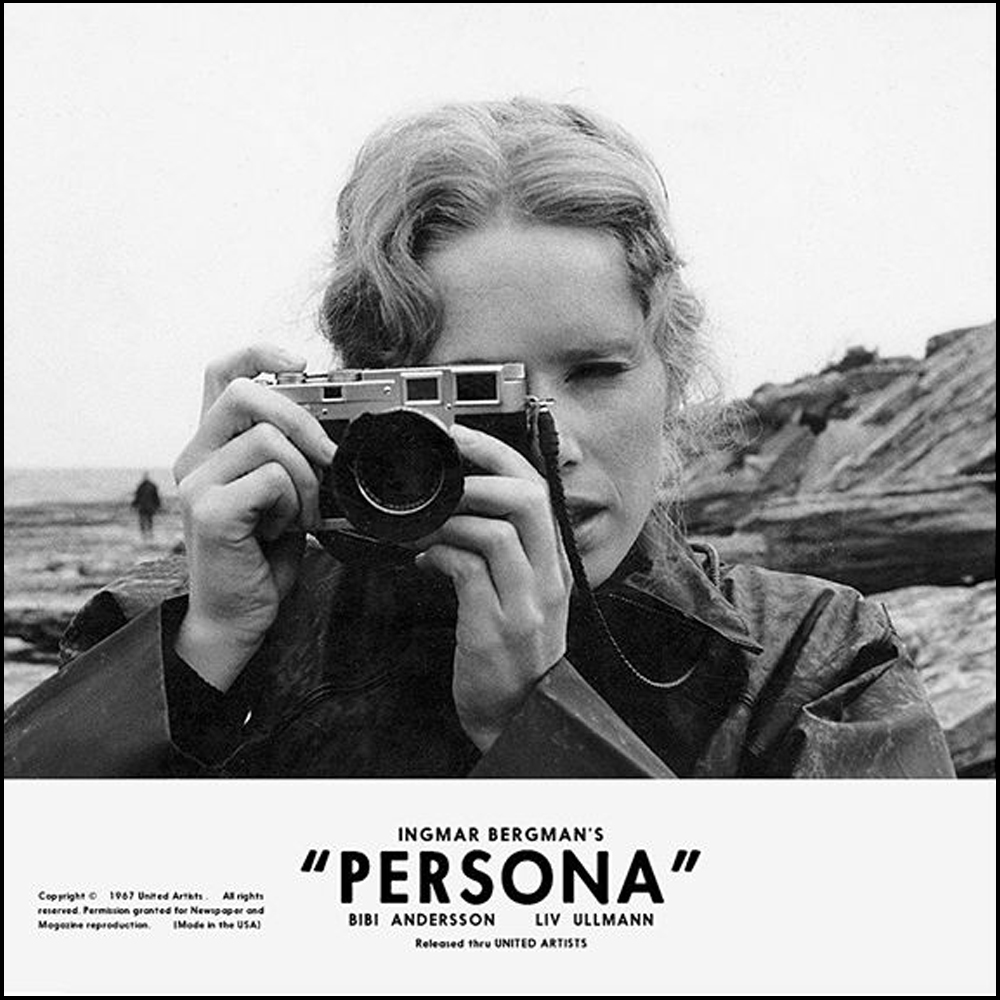
n°4 Persona — Ingmar Bergman • 1967
Inspiration at Horror Vacui Studio @horrorvacuistudio
GENIA RUBIN:
Eerie Beauty
December 12th, 2019
Genia Rubin left Russia in 1927 and worked originally as an assistant to Karl Freund, before a long life as a fashion photographer. His subjects, and in works included Wallis Simpson, Lisa Fonssagrives, and Ivy Nicholson, and the work shows the surrealist influence of his friendship with Andre Breton.
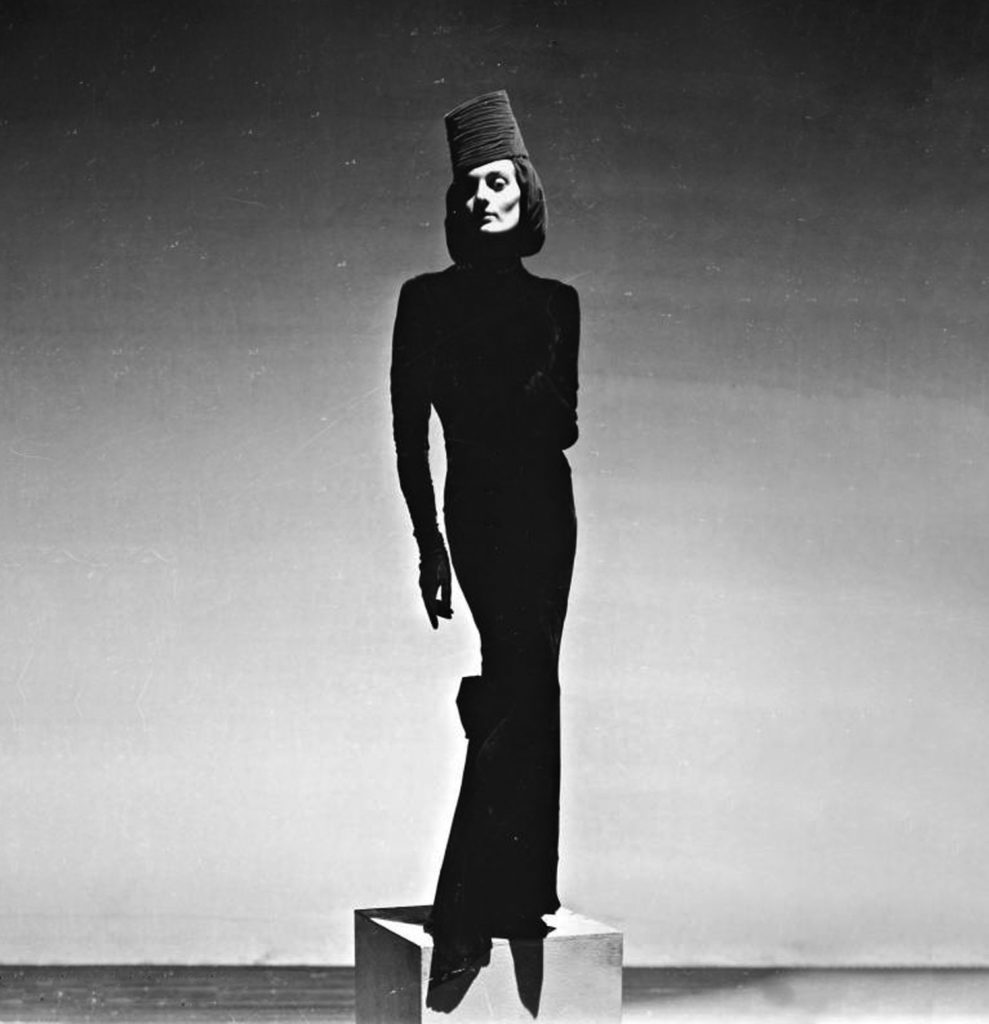
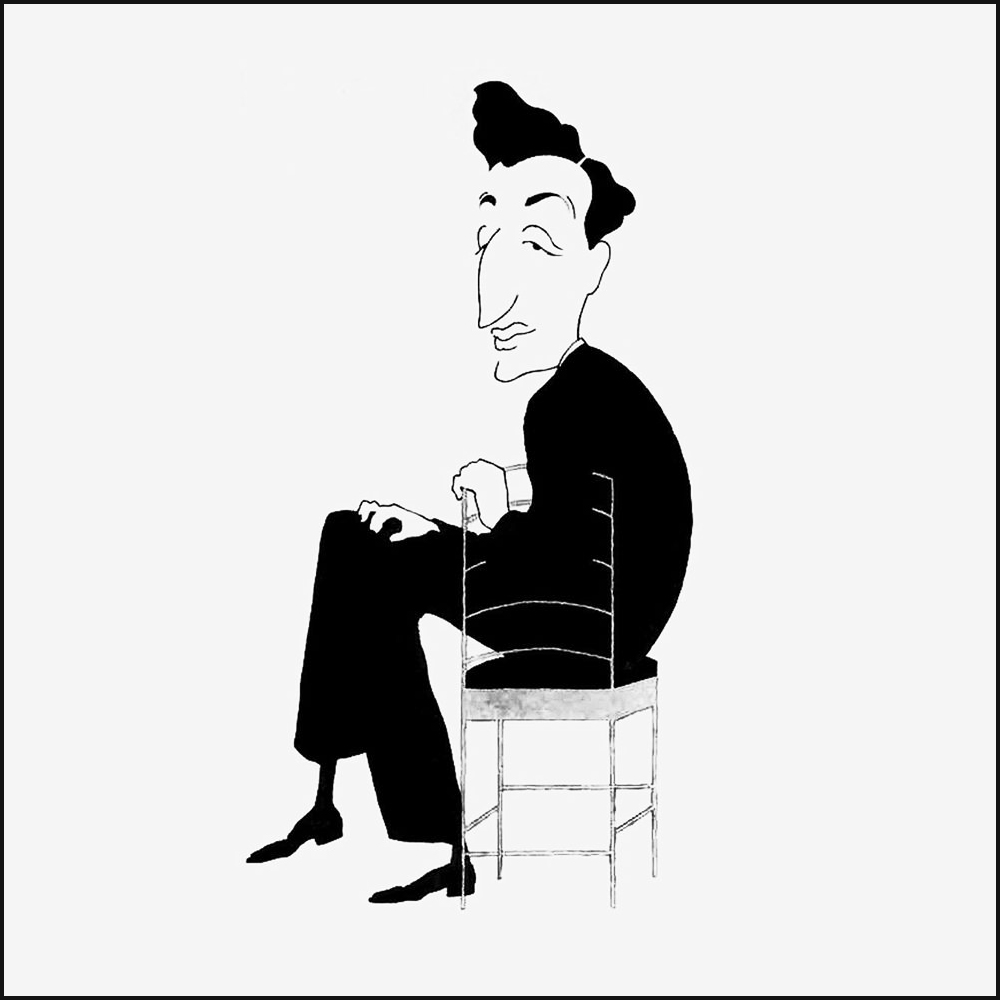
n°1 Untitled — BENTLEY, Nicolas • 1907
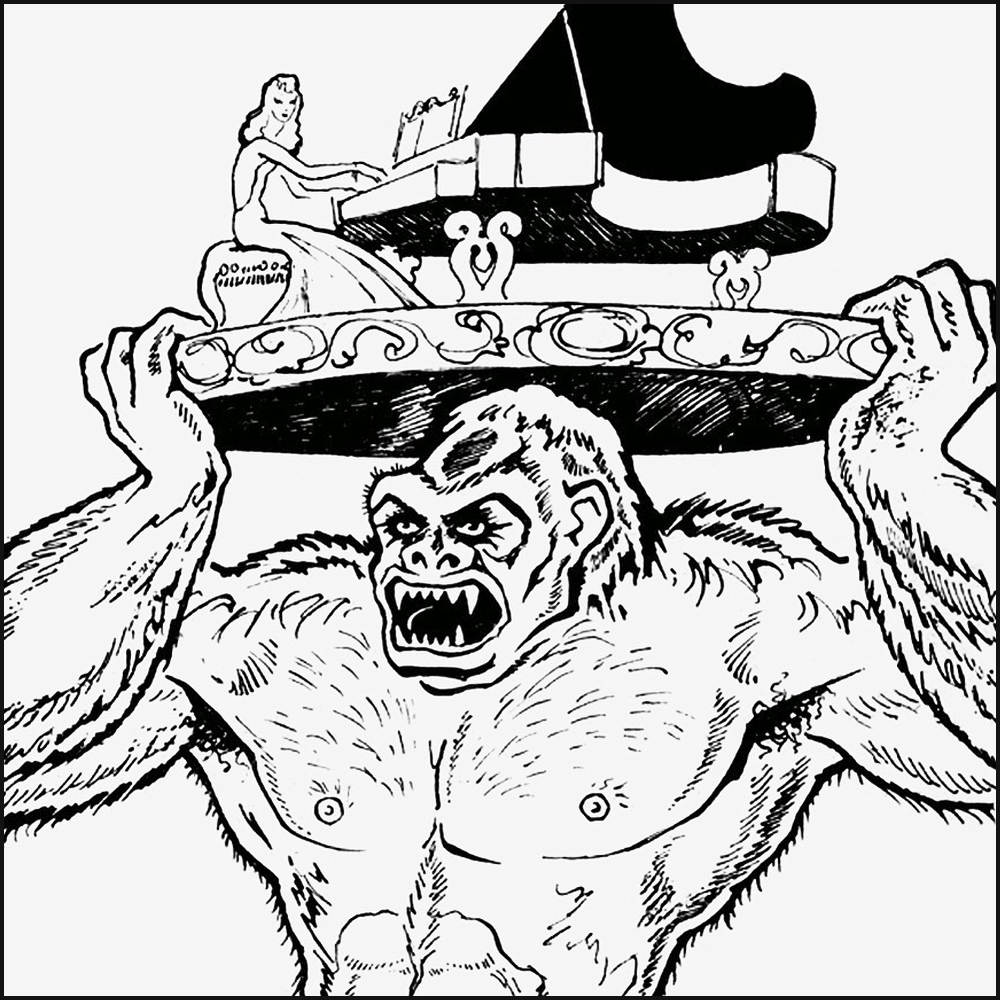
n°2 King Kong — BOULLET, Jean • 1949

n°3 La mujer y la... — XAUDARÓ, Joaquín • 1904
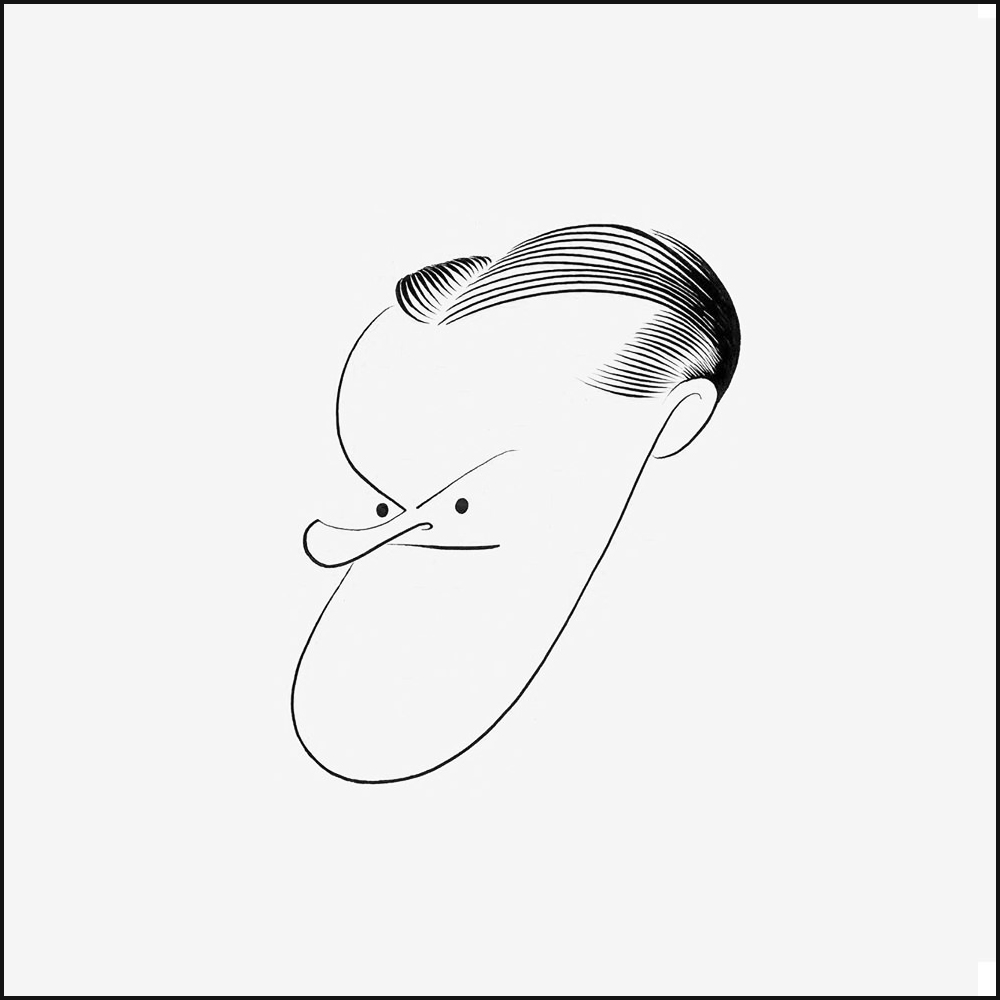
n°4 Bob Hope • HIRSCHFELD, Al — 1940
Inspiration at The Drawing Room @_thedrawingroom_
HELENA RUBISTEIN:
GlamourFactory
October 12th, 2019
Helena Rubinstein (1872-1965) was the world’s first self-made female millionaire. She launched her business in Australia making face cream from the lanolin in sheep wool, then opened her New York salon in 1915. It would be the first of a national chain.
Rubinstein’s “Day of Beauty” program is shown in these pictures, which followed clients “shoot the works” in her 715 Fifth Avenue salon. The salon also featured a restaurant and a gymnasium, with artwork commissioned from Joan Miró and Salvador Dali.
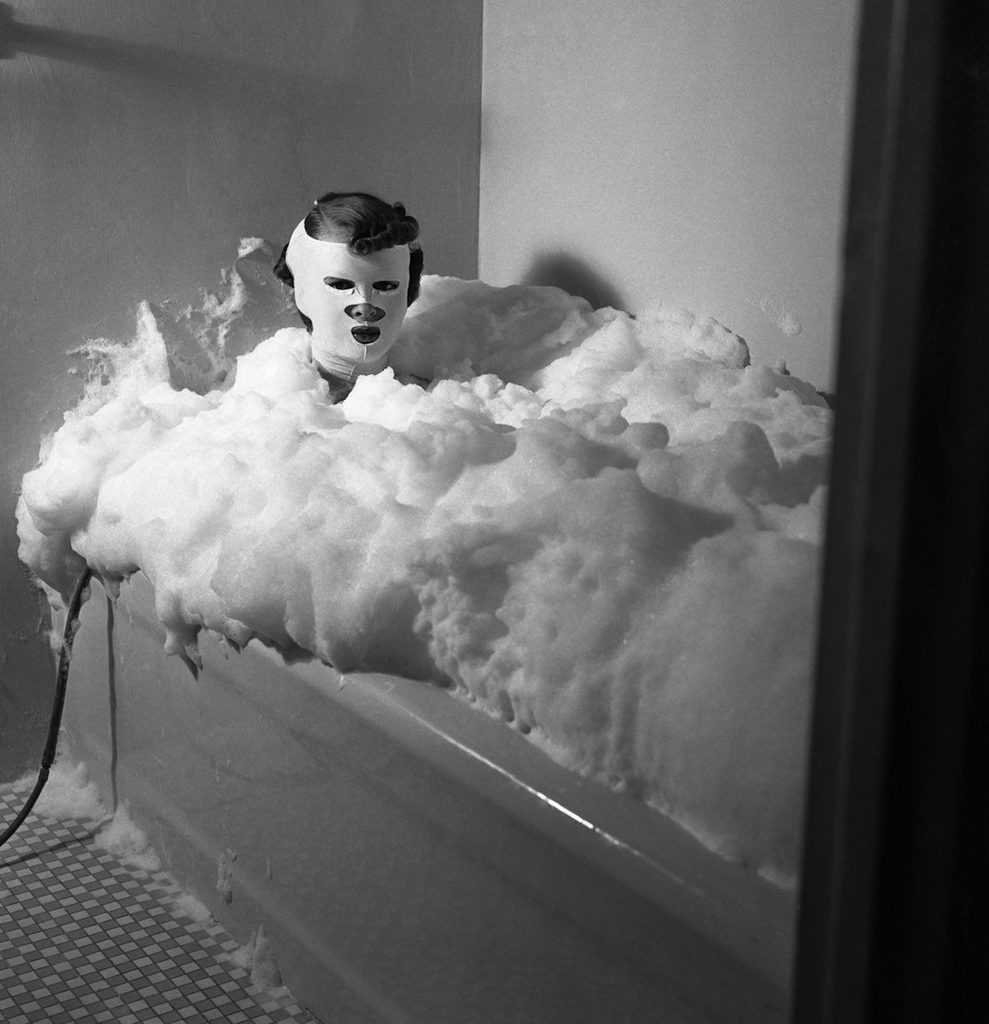

n°1 Galerie de France — Brancusi • 1985
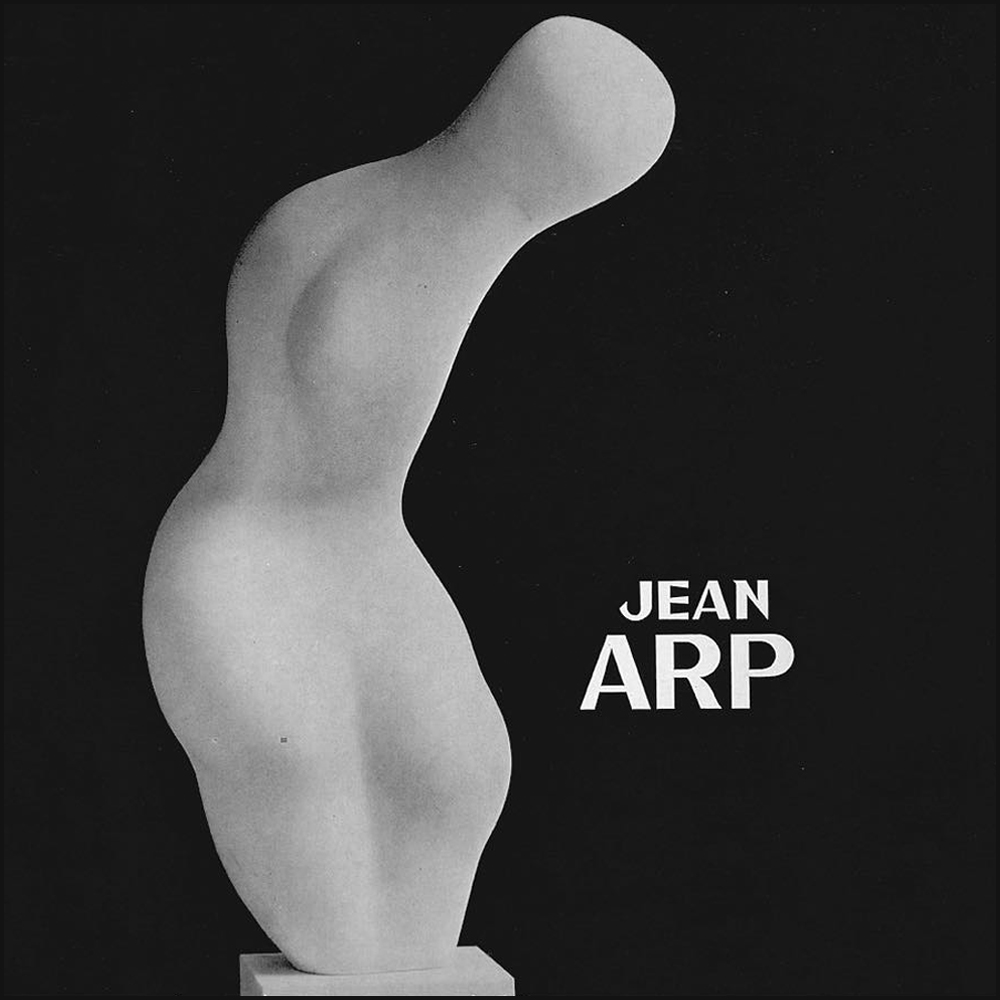
n°2 Catalogue des reliefs — Jean Arp • 1973
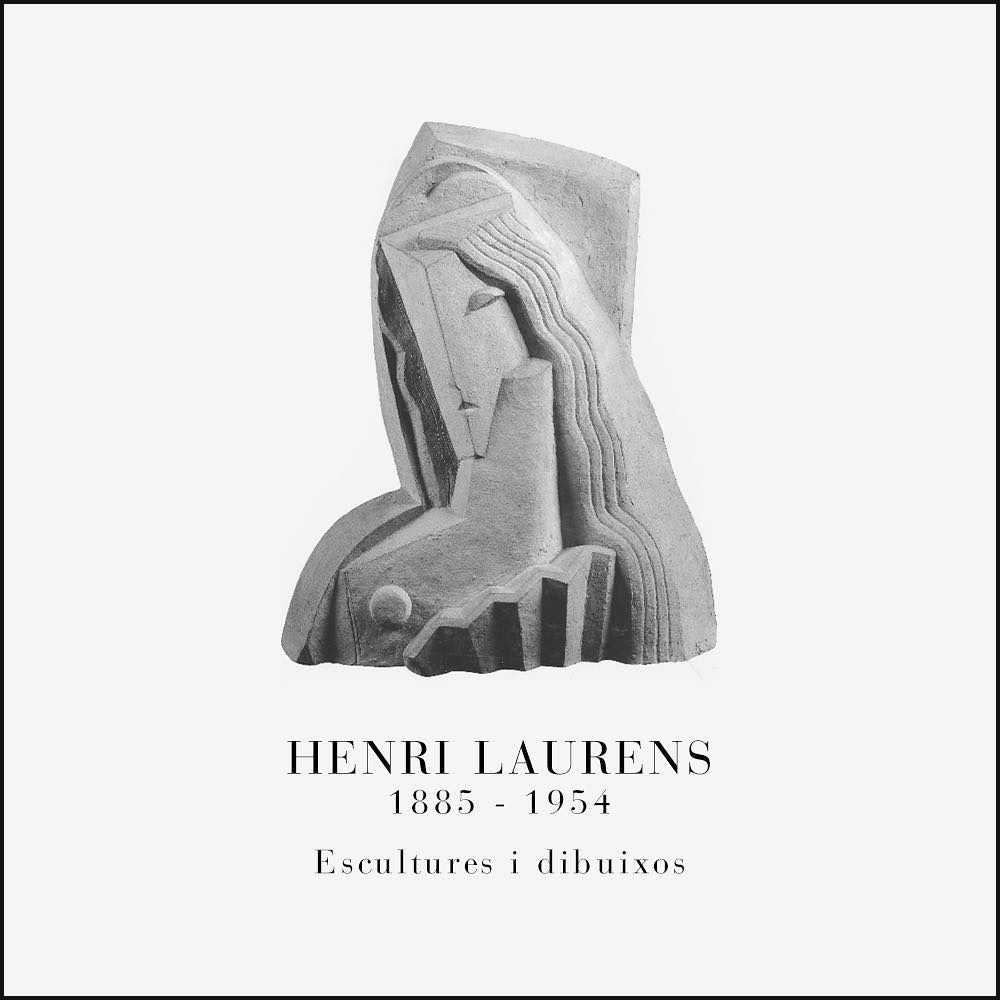
n°3 Sculptures & Drawings — Henri Laurens • 1954
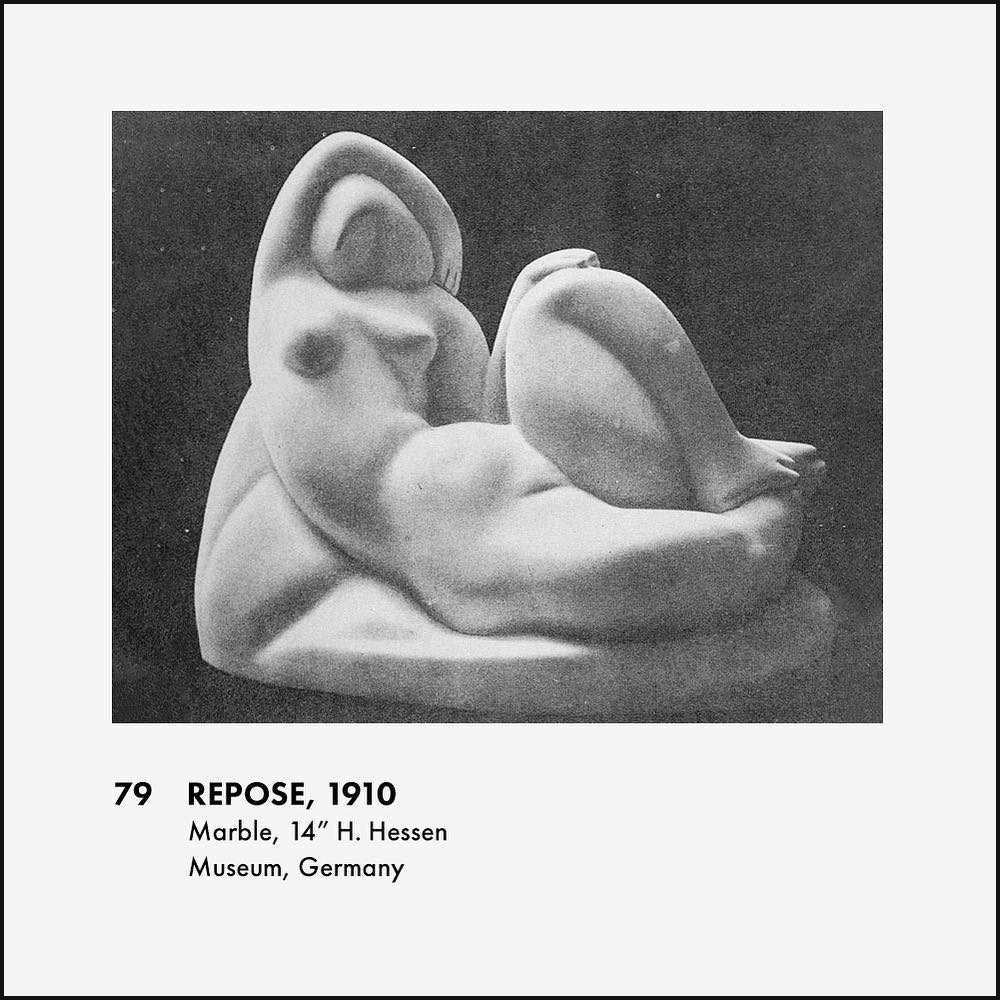
n°4 Unknown — H. Hessen • 1910
Inspiration at Horror Vacui Studio @horrorvacuistudio
CONSTANCE
SPRY:
TheRevolutionary Florist
August 25th, 2019
Spry quickly caused a sensation with her unorthodox displays, taking inspiration from the 17th and 18th century Dutch Masters’ still lifes and their unlikely ingredients. One of her first commissions was for a display in the window of Atkinsons, an Old Bond Street perfumery.
It was Spry’s democratic attitude to decoration that broke the mold of floristry forever. Spry’s writing encouraged garden foraging – using whatever one could find to express themselves artistically. Her 1957 book A Millionaire for a Few Pence offered to improve the quality of people’s daily lives with just a few flowers and a little imagination.
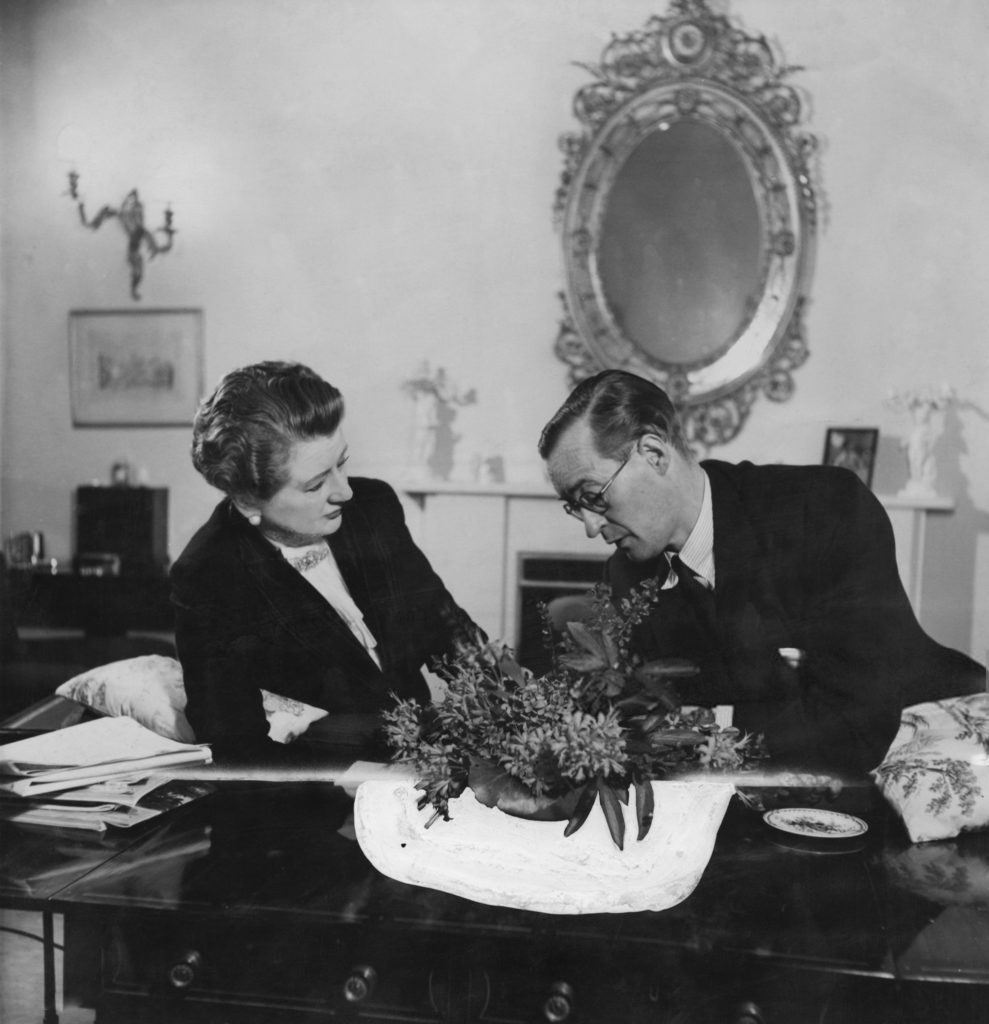
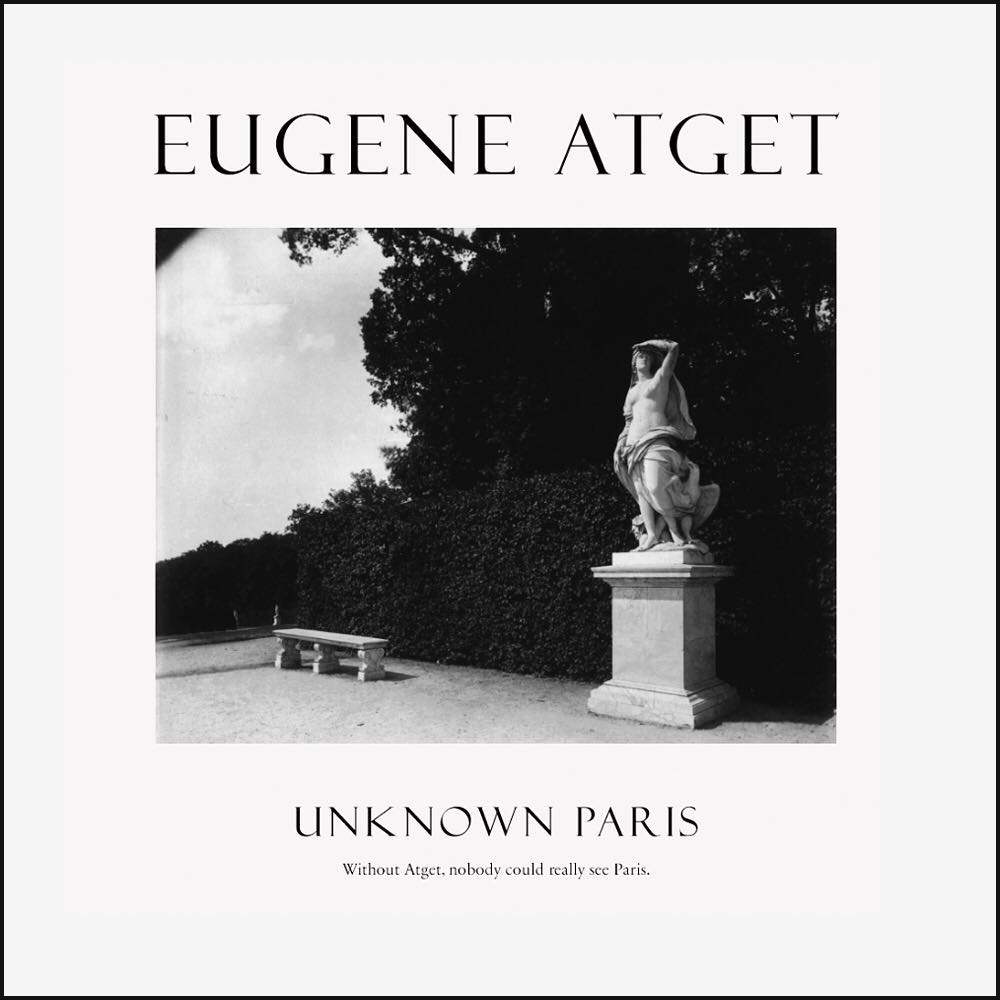
n°1 Unknown Paris — Eugene Atget • 1999
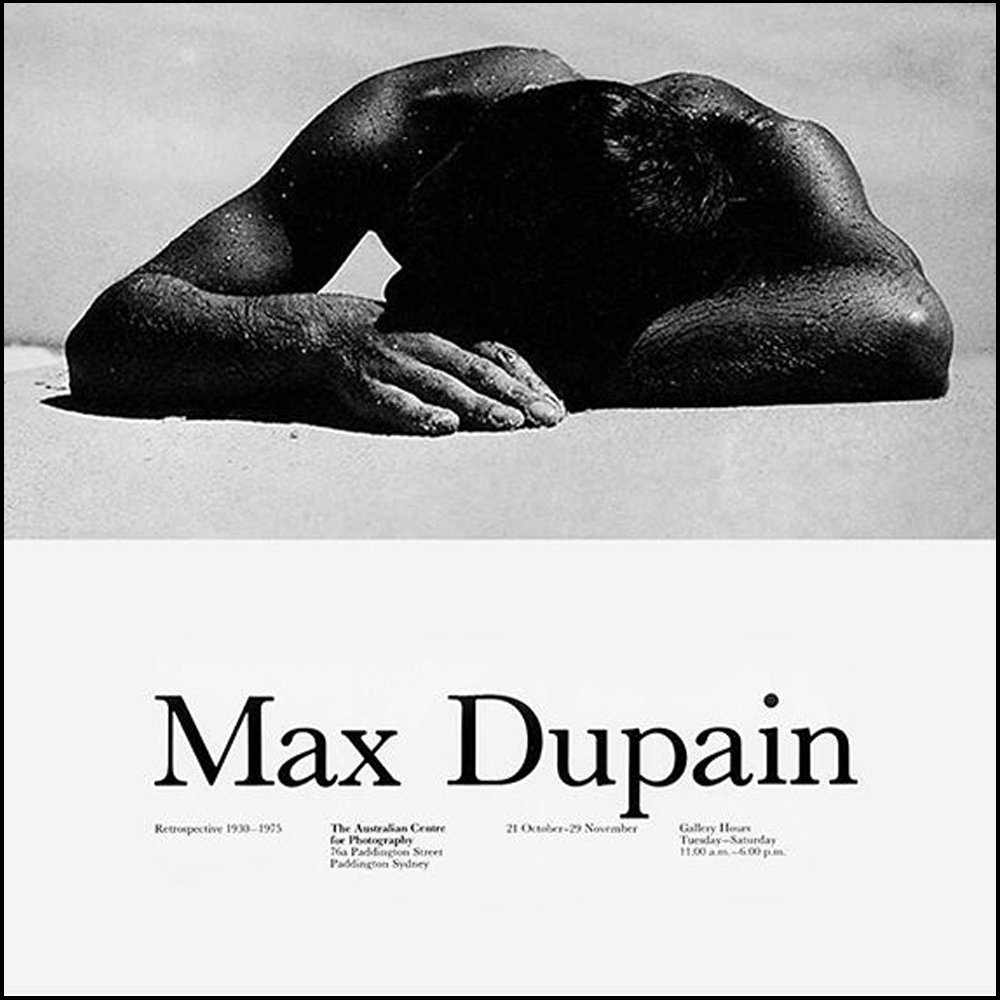
n°2 Retrospective at The Australian Center of Photography — Max Dupain • 1975
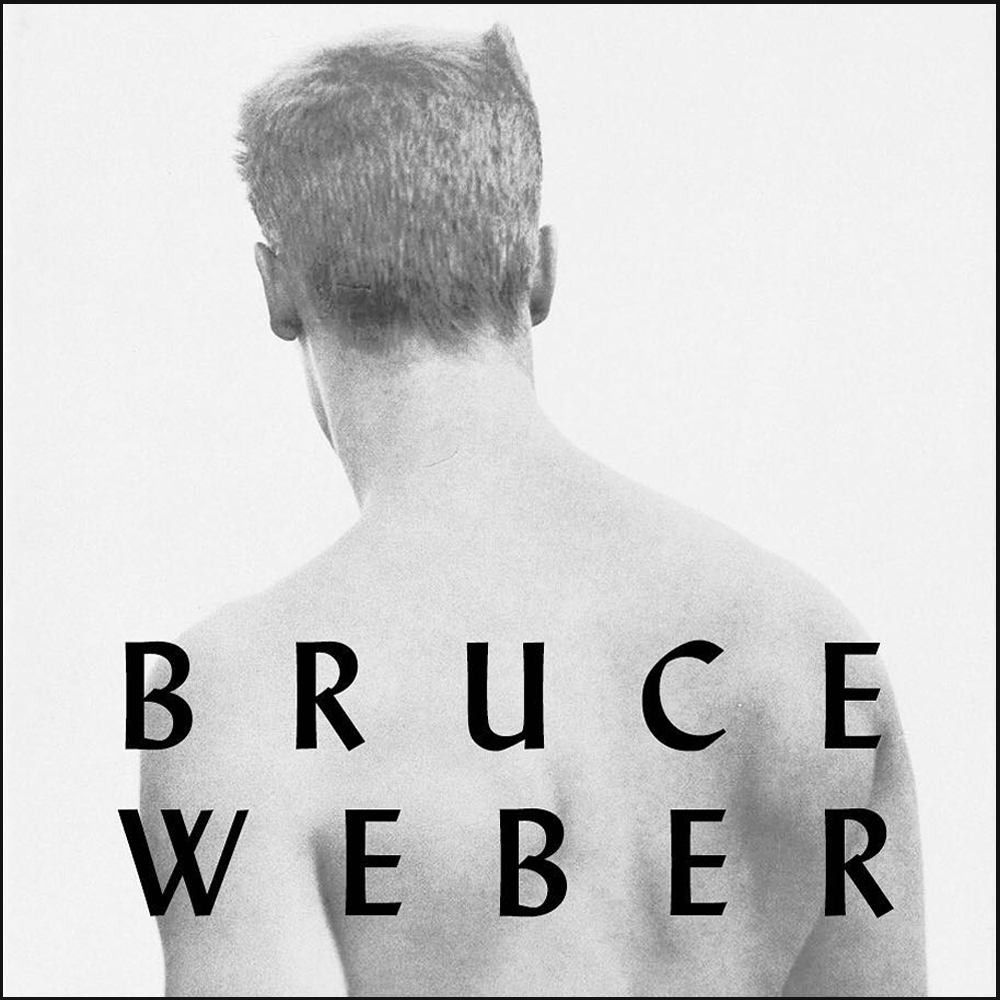
n°3 Bruce Weber Book • 1989
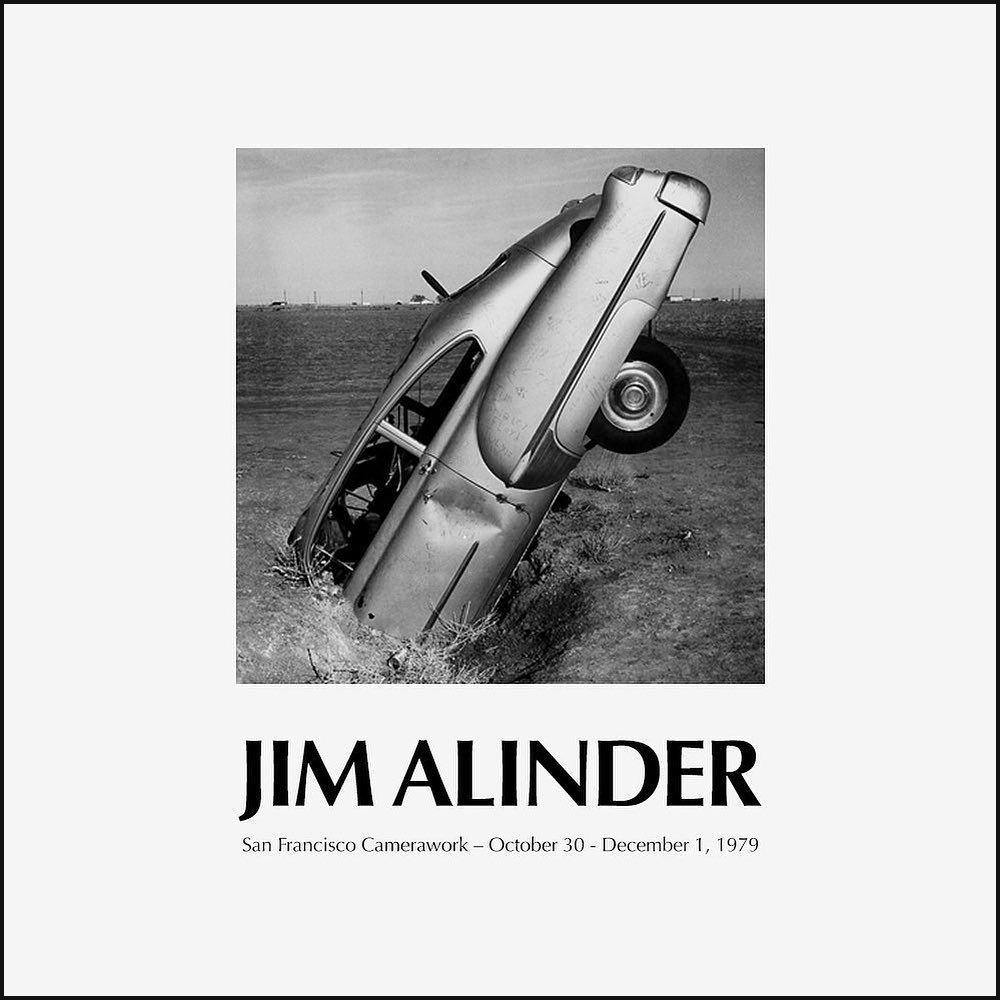
n°4 San Francisco Camerawork — Jim Alinder • 1979
Inspiration at Horror Vacui Studio @horrorvacuistudio
ERWIN BLUMENFELD:
Surrealist Fashion
August 14th, 2019
An imaginative visionary who claimed to have “smuggled art” into his body of work, photographer Erwin Blumenfeld often embraced mischief when he produced his images.
His friendship with Dadaists impacted how he experimented with photography and his life experiences, which took the German-Jewish photographer from his Berlin birthplace to a failed business in Amsterdam to internment camps in France and eventually to the United States, also fed into the dark visual subtitles of his images.
“While producing commissioned work for fashion houses and magazines, he surreptitiously incorporated references to avant-garde art,” Kooiman stated. “Blumenfeld was one of the first to realize fashion photography was not about displaying the latest fashion, but about creating iconic images.”
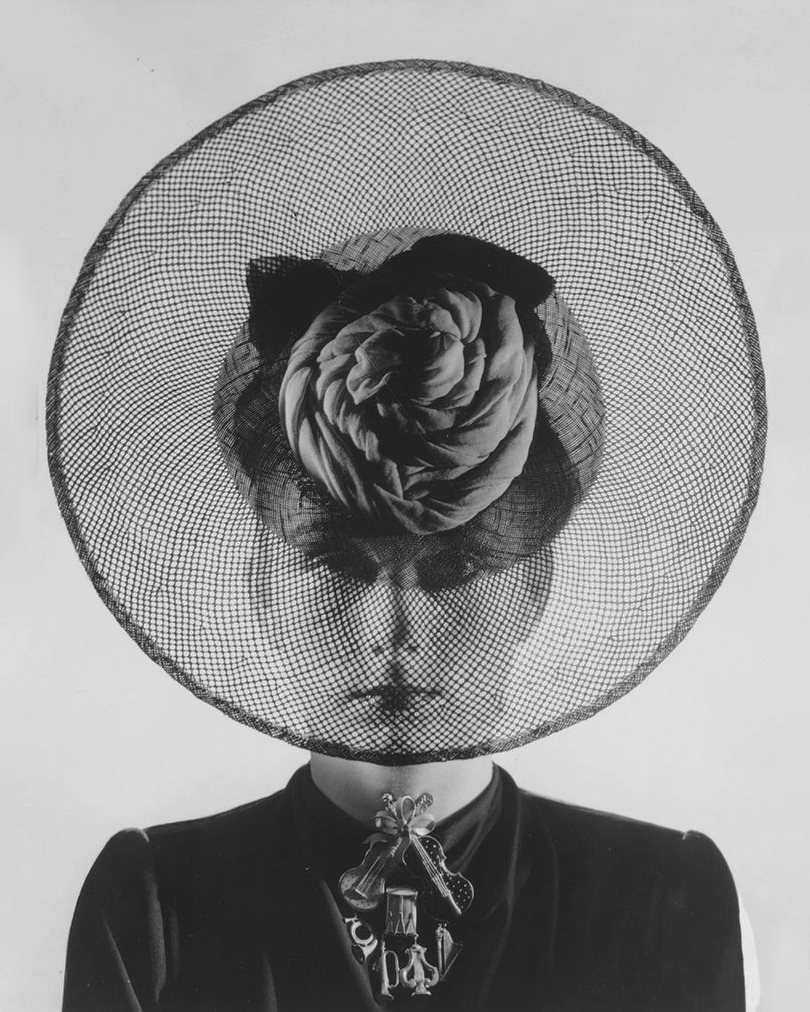

n°1 Escada FW Campaign • 1980
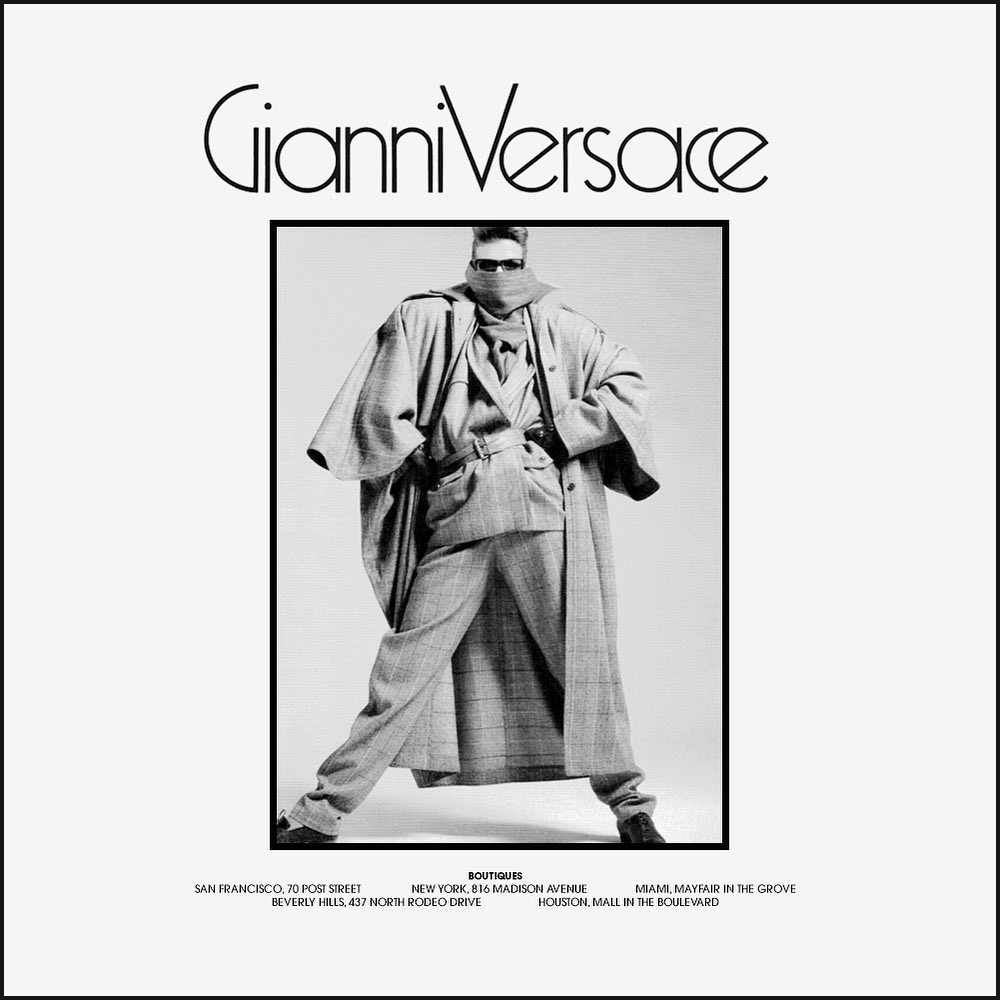
n°2 Gianni Versace FW Campaign • 1984
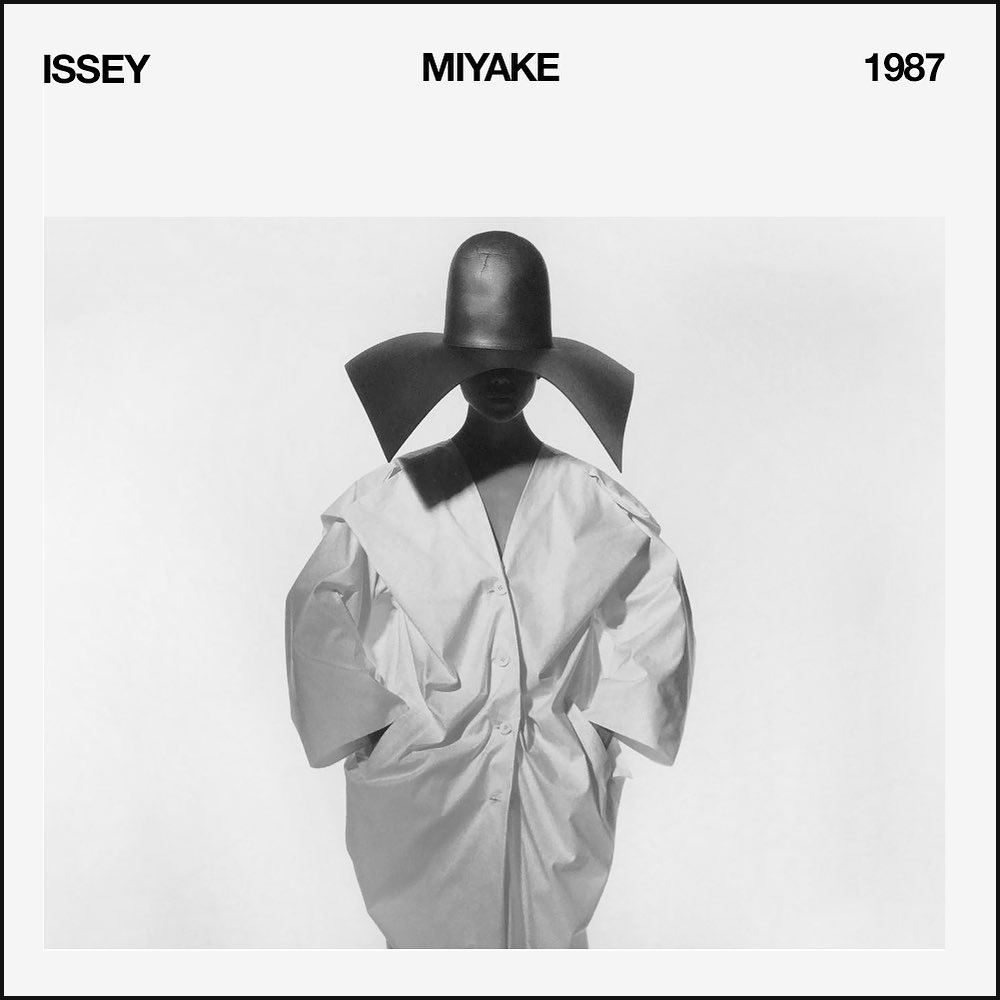
n°3 Issey Miyake — Irving Penn • 1987
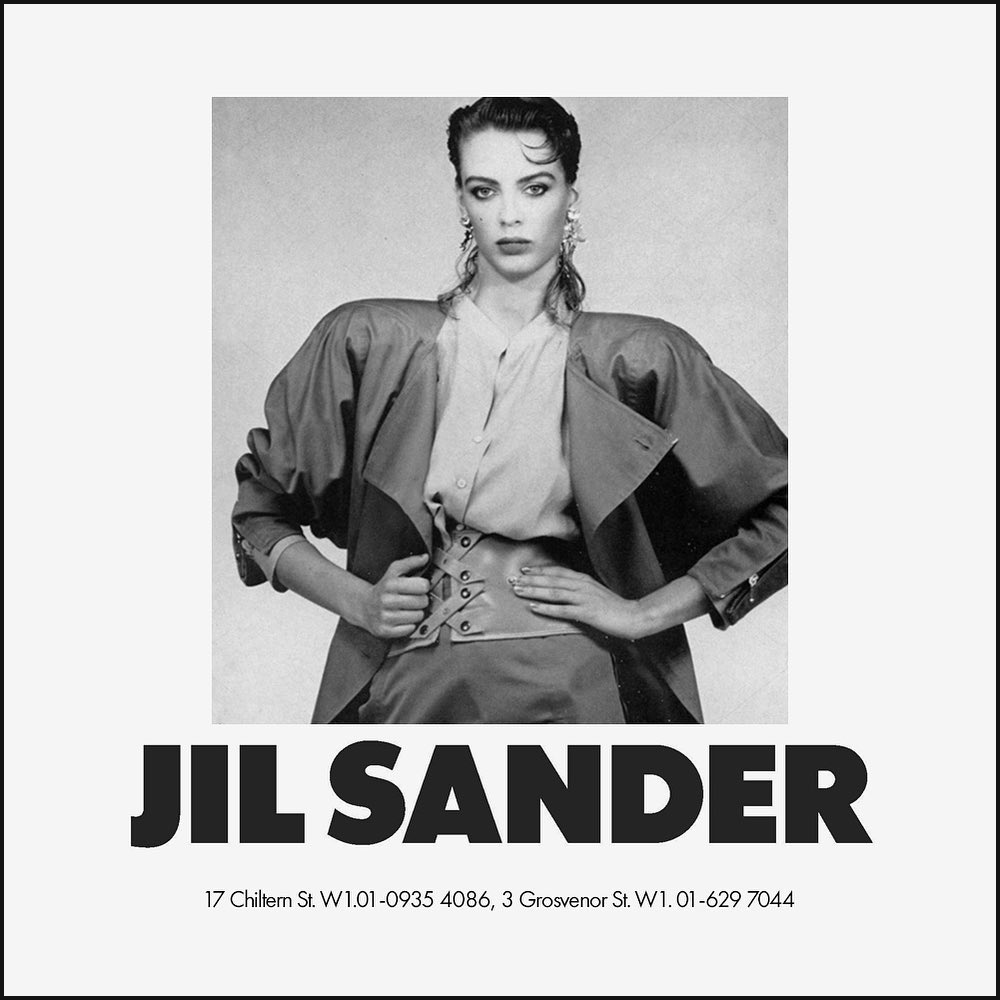
n°4 Jil Sander FW Campaign • 1980
Inspiration at Horror Vacui Studio @horrorvacuistudio
CECIL BEATON:
TheBrilliant Eye
July 25th, 2019
Cecil Beaton was a British photographer and designer best known for his elegant photographs of high society. Working within a cinematic approach, his black-and-white images are characterized by their staged poses and imaginative sets. He was mostly self-taught as a photographer, though he did study in the studio of Paul Tanqueray. Beaton was hired by Condé Nast in his early twenties, and chronicled the golden age of fashion with his 8×10 inch camera for the glossy pages of Vogue and Vanity Fair, lensing 20th-century icons from Marlene Dietrich to Pablo Picasso, Coco Chanel, Sergei Diaghilev, Lucian Freud, Albert Camus, Jean Cocteau, and Salvador Dalí, among endless others. During World War II, his focus shifted to documenting the realities of war throughout the United Kingdom and Europe, forging a prolific and varied career. “Be daring, be different, be impractical,” he once declared. “Be anything that will assert integrity of purpose and imaginative vision against the play-it-safers, the creatures of the commonplace, the slaves of the ordinary.”
